Best Time to Visit
Weather & Climate
Jorge Chavez International Airport Guide
Getting Around Lima
Top Things to Do
Things to Do With Kids
Best Museums
Guide to Plaza de Armas
48-Hour Itinerary
Best Day Trips
Foods to Try
Best Restaurants
Nightlife Guide

Your Trip to Lima: The Complete Guide
:max_bytes(150000):strip_icc():format(webp)/ScreenShot2021-08-24at3.03.15PM-0b2335ad78004735acffdfb08dbce729.png)
For many travelers, Lima is merely the gateway to renowned national treasures of Peru, be it Machu Picchu in Cusco or Lake Titicaca in Puno. It’s true that the capital city is home to the Andean nation’s main international airport, but Lima is worth more than a short stopover. An award-winning culinary scene, archaeological sites, and Colonial-style architecture surrounded by urbanized areas, and near-constant views of the Pacific Ocean make Lima a thrilling introduction to your Peru journey, if not the main destination.
From the best time to visit to the hidden gems you must experience, here’s your complete guide to exploring Lima
Planning Your Trip
- Best Time to Visit: From November to February (summer in Peru) the traffic is relatively low as many locals have migrated north or south of Lima to their beach houses, meaning reservations are easier to come by and service is improved. Plus, nothing beats a stroll along the malecón on a warm summer night.
- Language: Spanish is the official language of Lima (and Peru) and indigenous tongues such as Quechua and Aymara are considered official languages in areas where they are frequently spoken. You may also hear English when frequenting touristy districts such as Miraflores, San Isidro, and Barranco.
- Currency: Peruvian soles (the exchange rate varies between 3-4 to the US Dollar)
- Getting Around: Lima traffic is notoriously chaotic, so it’s best to leave the magic of navigation to residents. Add to that the hassle of understanding the routes of public buses that run on unfixed schedules and it quickly becomes apparent that spending a bit more on a taxi is well worth it. Ride-hailing apps—such as Uber and Beat —provide fast and reliable means of transportation for moving within Lima. Plus, with fixed rates, there’s no risk of the driver overcharging you because you are a foreigner (an unfortunately common occurrence for first-time visitors).
- Travel Tip: While many upscale restaurants and shops in Lima do accept credit cards or even US dollars, buying something as basic as a bottle of water will require you to pay in Peruvian soles. Upon arrival at the Jorge Chavez International Airport, only exchange enough money to pay for your cab, as exchange rates are far better in the city. Cash is necessary for experiencing the city’s one-of-a-kind hole-in-the-wall restaurants and small souvenir shops.
Things to Do
When visiting a coastal city, it’s only right to spend as much time as possible by the ocean. Rent a bike or simply walk along the malecon, a paved, cliffside path that overlooks the Pacific Ocean and stretches from the Magdalena del Mar to Barranco districts. Passing through San Isidro and Miraflores along the way, you may even be persuaded to soar over the city with a paragliding session or, when heading down one of the multiple stairways that lead to the beach, take a surfing lesson. Just be sure to leave time for the following:
- Step Back in Time at Huaca Pucllana: A giant adobe pyramid constructed by the ancient Lima culture between 300-700 A.D., Huaca Pucllana is today surrounded by cafes, restaurants and neighborhoods that are rapidly expanding upwards; such a juxtaposing environment only adds to this site’s impressive longevity. Take a guided tour through the pre-Hispanic structure (once a ceremonial and administrative center) then lunch at the notable Huaca Pucllana restaurant .
- Go Shopping at Boutiques in Barranco: Adjectives like trendy, artsy, and hip have all been used to describe Lima’s Barranco district, and for good reason. Extremely walkable, Barranco is full of exquisite restaurants, sweet little cafes, and some of the best shops to pick up gifts and souvenirs. Artesanias Las Pallas and Dédalo are both located on the northern end of the district and show a wide range of national artisan goods, from jewelry and clothes to ceramics and knickknacks.
- Walk Through MALI: A great excuse to venture towards Lima’s historic center, the Lima Art Museum (MALI) is located in the expansive public park, Parque de la Exposicion. The national historical monument has a beautiful neo-Renaissance facade (as it originally served as the 1872 World’s Fair Exhibition Palace) and houses some 3,000 pieces of Peruvian art from pre-Colombian textiles and ceramics to Colonial- and Republican-era furniture. The museum, which is a key player in the research and preservation of Peru’s art history, has a cafe and shop that are worth browsing.
Discover what else to do in and around Lima with our full-length articles on the top 20 things to do in Lima and the best day trips from Lima .
What to Eat and Drink
Lima’s amazing food scene is no secret—in fact, it’s internationally acclaimed. But not all travelers have the budget to dine at Latin America’s best restaurant, Maido , or celebrity chef Virgilio Martinez’s award-winning Central —and certainly not every day. Luckily, classic dishes that leave visitors raving about Peruvian food are found at every price level, be it at humble hole-in-the-walls, picanterias, or fine-dining restaurants and bistros. Carnivores will fall for lomo saltado (beef cuts stir-fried with onions and peppers and served with fried potatoes), anticuchos (skewered cow’s heart), and aji de gallina (shredded chicken in a creamy and mild aji pepper sauce). It goes unsaid that no trip to Lima is complete without trying ceviche (raw fish marinated in lime juice), and vegans can even delight in a mushroom or mango version.
Fruits from the jungle and highlands pour into Lima markets and restaurants, meaning fresh juices are easy to come by. Amazonian fruits like aguaje and camu camu are extremely rich in vitamins A and C, while the Andean valley spoils us with creamy fruits like lucuma and chirimoya. For those who dabble in a cocktail here and there, tipping back a frothy Pisco Sour or bubbly Chilcano (pisco and ginger ale) is basically a rite of passage on a trip to Lima. The artisanal beer scene is still relatively new in Peru, but you can sip on award-winning beer at the Lima locale of Cerveceria del Valle (a brewery based in the Sacred Valley, Cusco).
Explore our articles on the 10 foods to try in Lima , the best restaurants in Lima , and 8 savory street food snacks to try in Peru .
Where to Stay
Lima is the largest city in Peru, and it continues to sprawl out and grow upwards at a rate that the developing nation can't quite control. The result? Great variance in infrastructure, security, and even residents’ amenity towards travelers from district to district; it’s why most tourists stay in the Barranco, Miraflores, and San Isidro neighborhoods.
Barranco is home to high-end boutique hotels and comfortably priced AirBnBs that are within walking distance to some of the best cafes, restaurants, and bars in town. If you’re lucky, you might even get one with an ocean view. Many accommodations in Miraflores similarly have the advantage of being ocean-facing, with the bonus of having a few more public parks, shopping areas, and proximity to the beloved Surquillo markets. The majority of large hotels are located in Miraflores and San Isidro, with the latter being a more upscale and residential neighborhood.
Looking to get a more local feel? Try an AirBnB in the Magdalena del Mar, Jesus María or Pueblo Libre districts. All are within walking distance to an ocean view, are relatively safe, and have an old-school charm that the more touristy districts have lost over time.
Check out our guide to the best hotels in Lima.
Getting There
Lima’s Jorge Chavez International airport is Peru’s main airport. It is located in Callao, a port town within the Lima region. Getting to and from the airport is best done via a ride-hailing app, shuttle, or with a private taxi service arranged by your hotel. Depending on traffic, the airport is about 40 to 60 minutes from the most touristy districts in Lima. Keep in mind that rush hour is generally from 7:30 a.m. to 10 a.m. and 5 p.m. to 8 p.m.
Culture and Customs
It’s just a matter of time before a visitor to Lima understands the meaning of “Peruvian hour,” a term said in jest about the chronic lateness of Limeños. Don’t worry, if you order a car, it will show up on time. This phrase is used more so for casual meet-ups. Just give your new friend, family, or business associate a 30-minute time window before you take their tardiness personally.
Over the years service in Lima has greatly improved, but every now and then you will run into a cringe-worthy experience. Partly to blame is the fact that tipping in Peru is not very common so the incentive for great service is not always there. But that doesn’t mean you should suddenly stop tipping. Depending on the service, give anywhere between a 10 to 20 percent tip—just be sure that it’s not already included in your bill.
It’s been mentioned that the traffic in Lima is chaotic. If the traffic becomes an issue for you to the point where you feel unsafe, avoid public transportation altogether and stick to rideshare apps or walking. If taking a taxi from the street, just be sure that the fee is agreed upon prior to getting into the cab and that the price is reasonable (if unsure, ask a local or your hotel for average fees to specific areas).
Money-Saving Tips
- Rideshare apps will get expensive if you are constantly darting across the city, so try to organize your day in a way that you can walk to nearby places or even rent a bike (available along the malecón and at major intersections in Miraflores). As well, keep your eyes out for free walking tours around the city to help get you acquainted.
- Now that you’ve tried some of the best restaurants and sampled typical dishes, picnic in a park. Pick out a few treats from your nearest district market where a block of cheese, bread, dried fruit, and wine can ring in at under US$20. Supporting the local vendors is also a money-saving alternative to grocery shopping in chain supermarkets.
- Visit small art galleries throughout Miraflores and Barranco to get a taste of the neighborhood art scene for free.
- Every traveler should have a better understanding of a destination’s history and the impact it has had on contemporary culture, which is why a visit to LUM (Lugar de la Memoria, or Place of Memory) is essential. Entry is free but reservations are required.
Congress of the Republic of Peru. " Political Constitution of Peru ." Sept. 2009. Page 18.
Central Reserve Bank of Peru. " Coins ."
MALI. " Palacio de la Exposición ."
48 Hours in Lima: The Ultimate Itinerary
Nightlife in Lima: Best Cocktail Bars, Breweries, & More
12 Best Kid-Friendly Things to Do in Lima, Peru
Getting Around Lima: Guide to Public Transportation
The 10 Best Museums in Lima
Top 20 Things to Do in Lima, Peru
The 16 Best Restaurants in Lima
The Best Food to Try in Lima
Your Trip to San Diego: The Complete Guide
Your Trip to Chile: The Complete Guide
Your Trip to Costa Rica: The Complete Guide
Is It Safe in Peru?
Your Trip to Birmingham, England: The Complete Guide
Your Trip to Buenos Aires: The Complete Guide
Your Trip to Argentina: The Complete Guide

© Getty Images/iStockphoto
Best Time to Visit
Best things to do, leave the planning to a local expert.
Experience the real Lima. Let a local expert handle the planning for you.
Attractions
Must-see attractions.

Museo Larco
In an 18th-century viceroy’s mansion, this museum offers one of the largest, best-presented displays of ceramics in Lima. Founded by pre-Columbian…
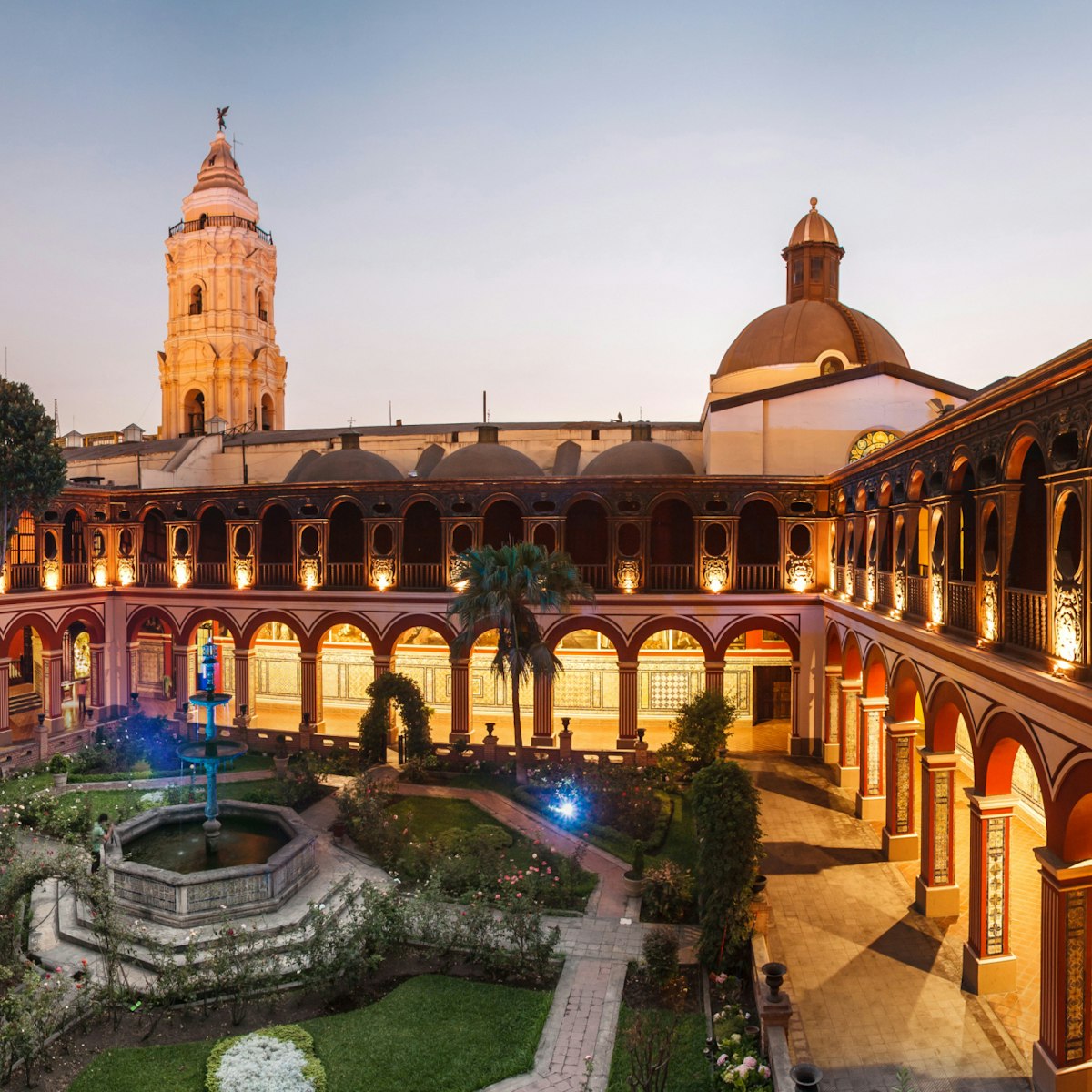
Iglesia de Santo Domingo
One of Lima’s most historic religious sites, the Iglesia de Santo Domingo and its expansive convent are built on land granted to the Dominican friar…
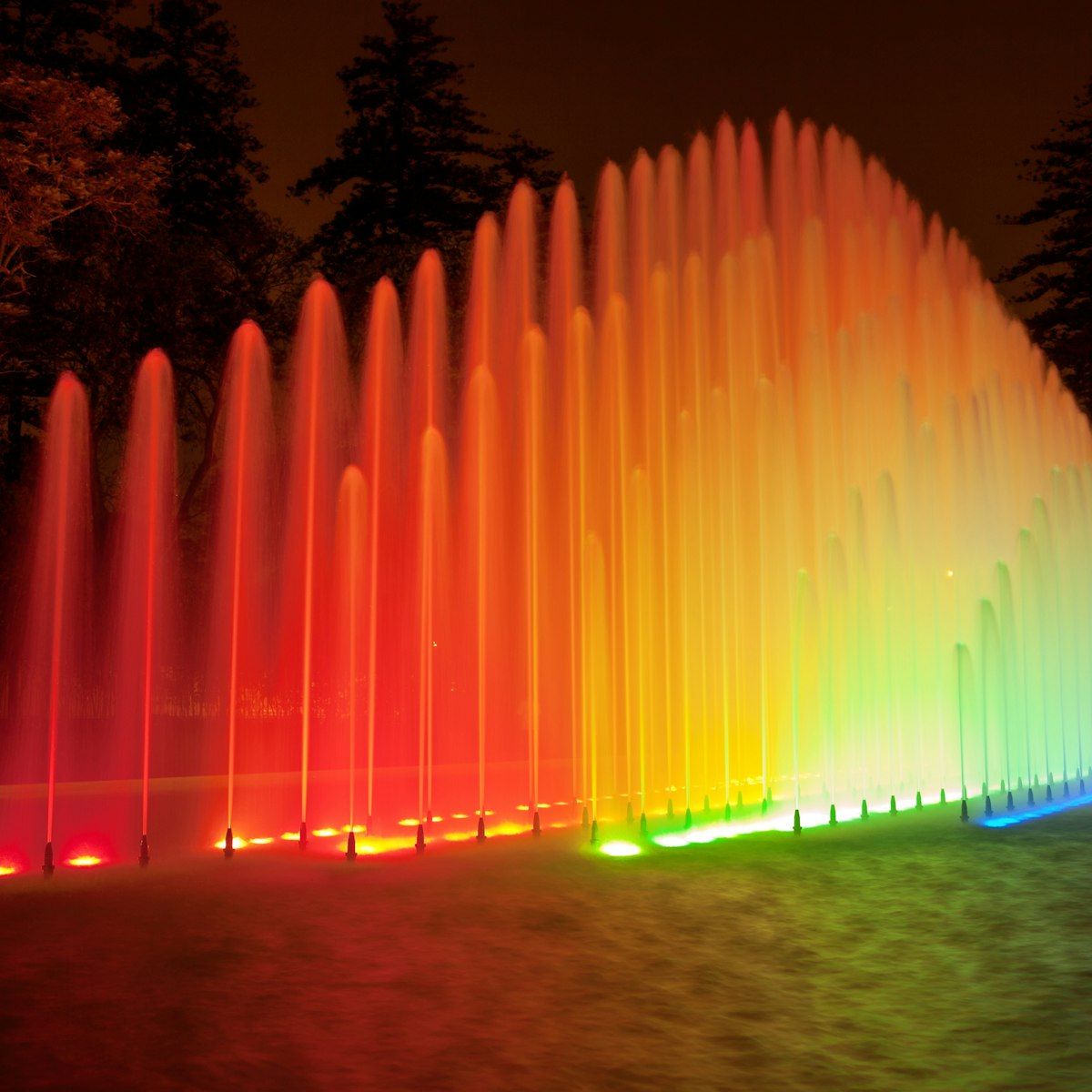
El Circuito Mágico del Agua
This indulgent series of illuminated fountains is so over the top it can’t help but induce stupefaction among even the most hardened travel cynic. A dozen…
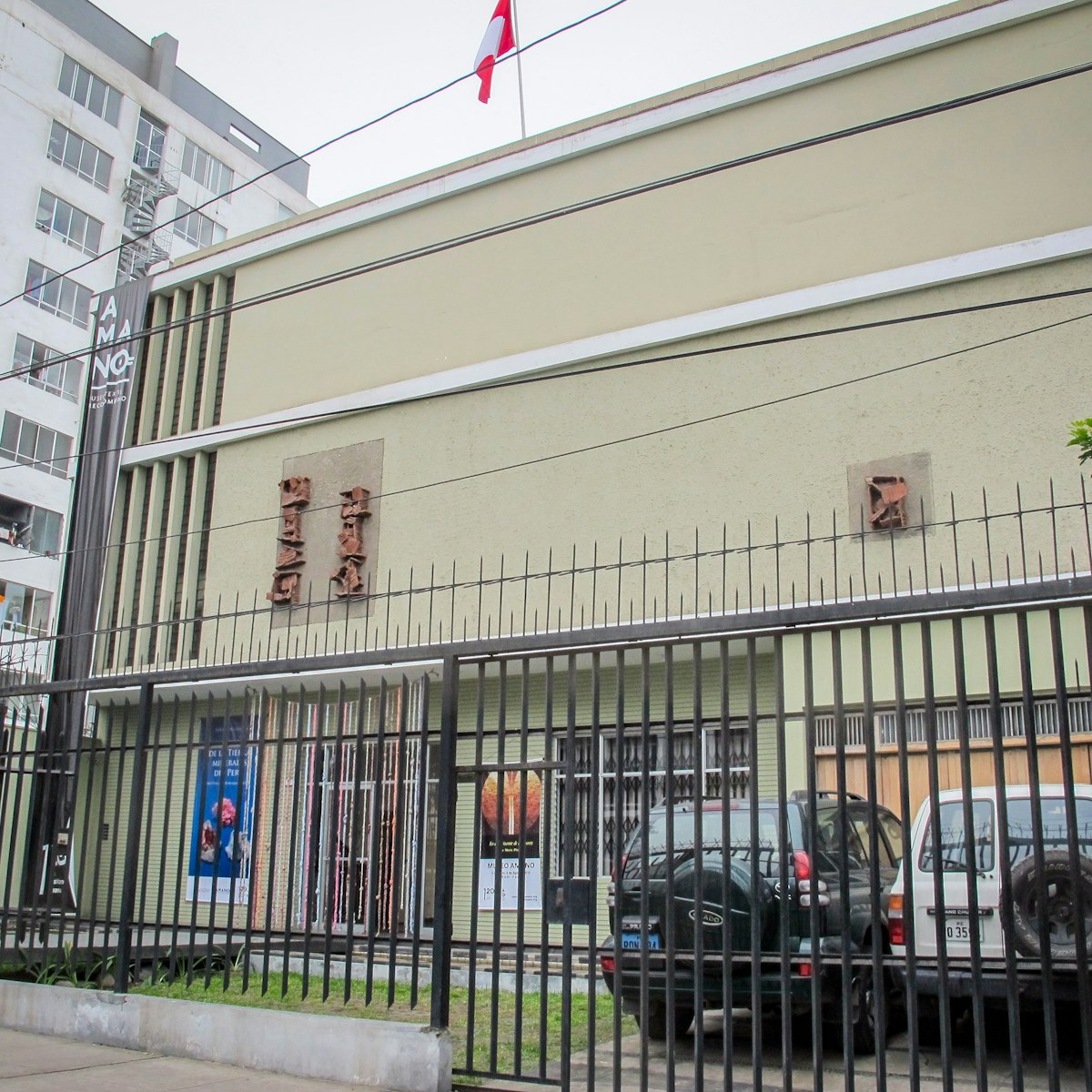
Fundación Museo Amano
The well-designed Fundación Museo Amano features a fine private collection of ceramics, with a strong representation of wares from the Chimú and Nazca…
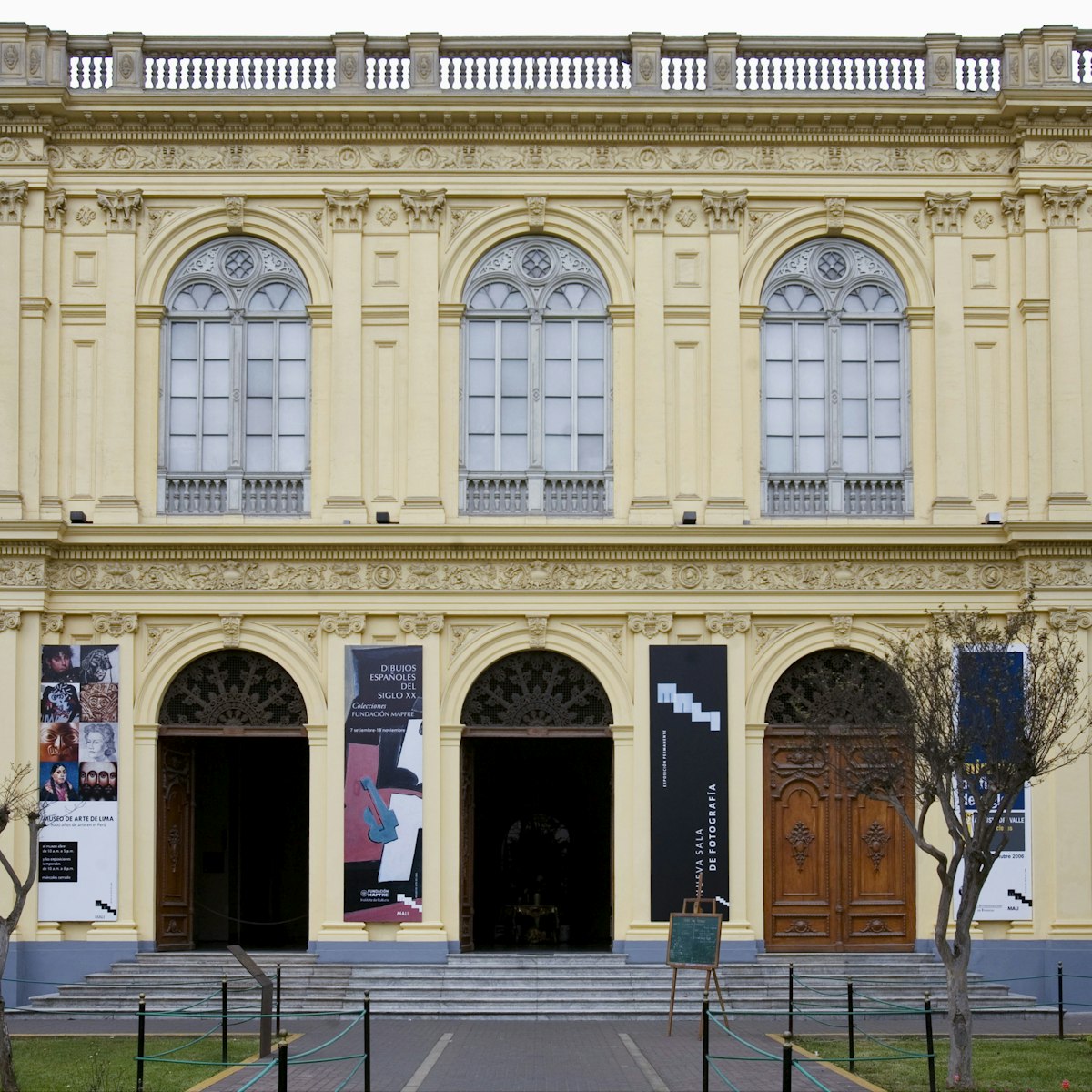
Museo de Arte de Lima
Known locally as MALI, Lima’s principal fine-art museum is housed in a striking beaux-arts building that was renovated in 2015. Subjects range from pre…

Monumental Callao
Superstar graffiti artists are helping to revive the rough neighborhood surrounding Casa Ronald, a 1920 architectural masterpiece. Now a center for…
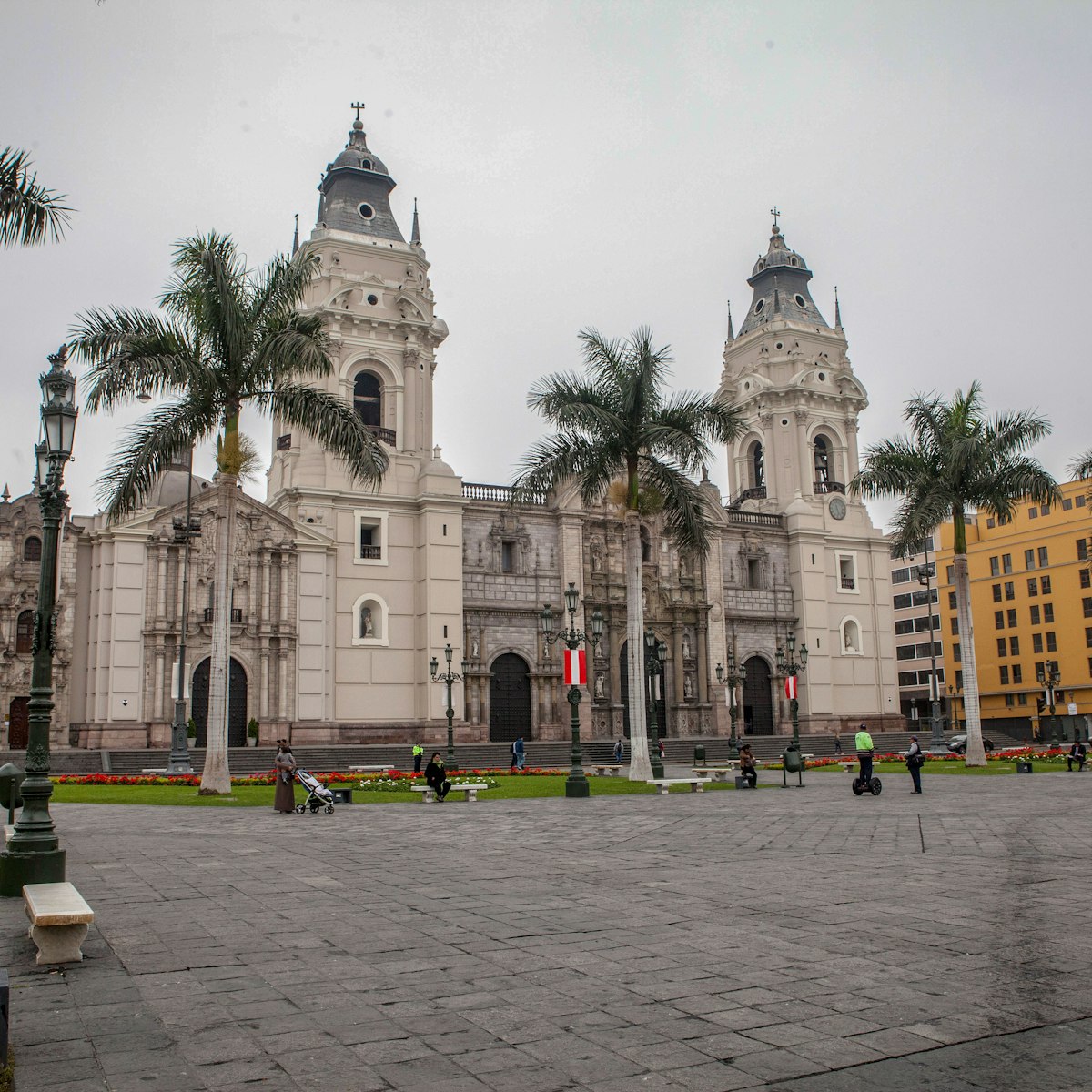
Plaza de Armas
Lima’s 140-sq-meter Plaza de Armas, also called the Plaza Mayor, was not only the heart of the 16th-century settlement established by Francisco Pizarro,…
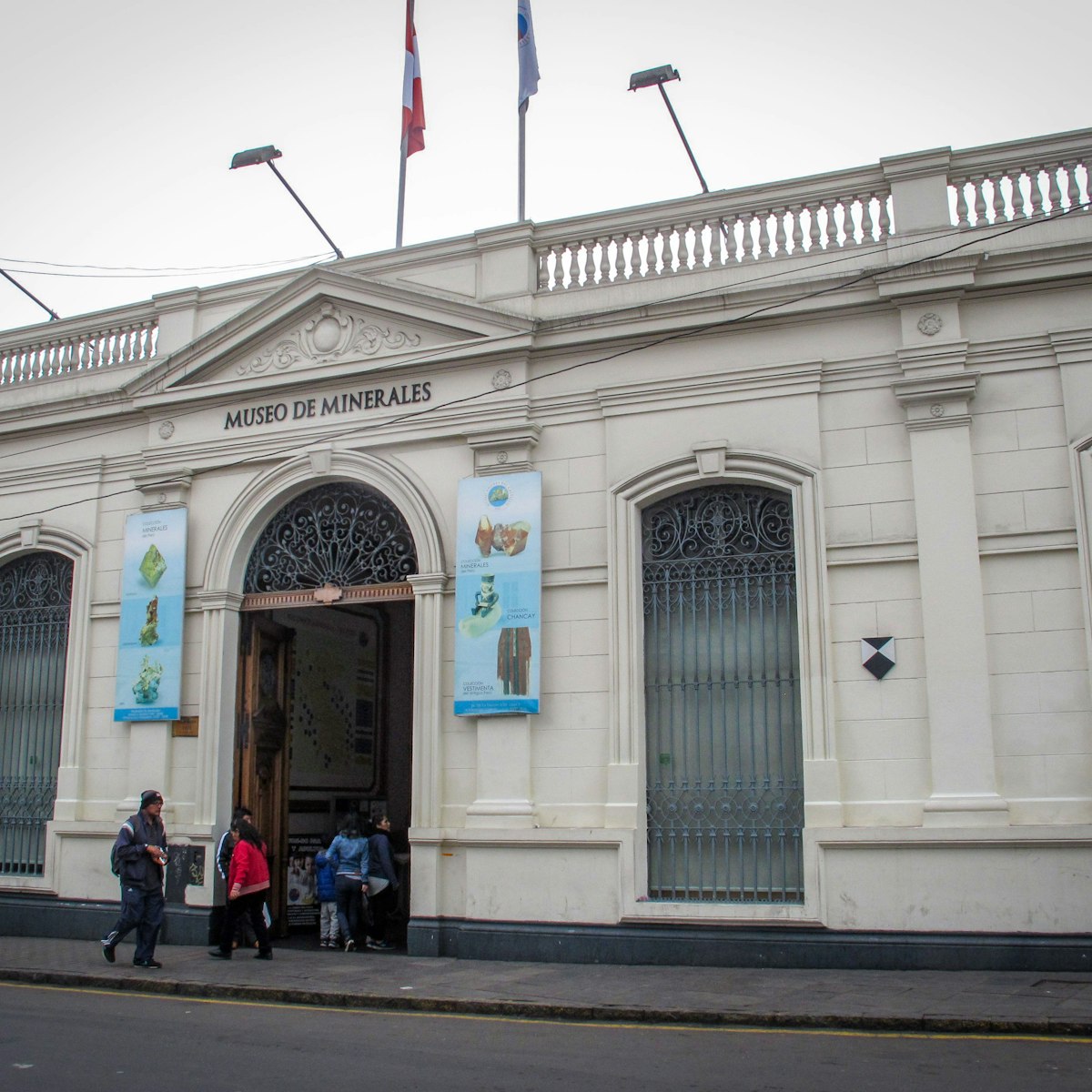
Museo Andrés del Castillo
Housed in a pristine 19th-century mansion with Spanish tile floors, this worthwhile private museum showcases a vast collection of minerals, as well as…
Top picks from our travel experts
The 13 best things to do in lima.
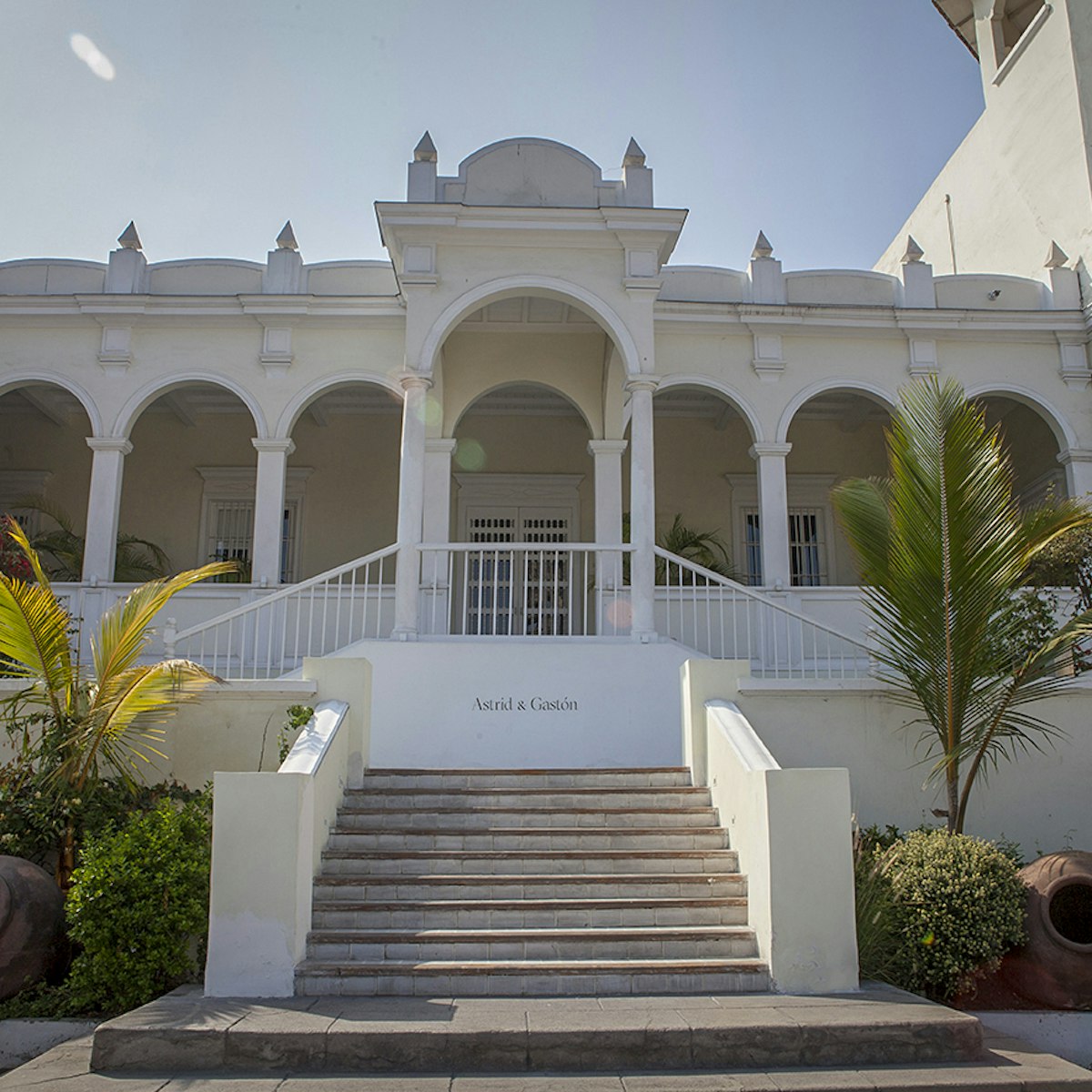
Astrid y Gastón Casa Moreyra
The standard-bearer of novoandina cooking in Lima, Gastón Acurio’s flagship French-influenced restaurant, run by Lima native Diego Muñoz, remains a…

El Cacaotal
A sustainable chocolate shop with delicious bars and connoisseur expertise. It's the perfect opportunity to appease friends and family back home, and it…

A vintage casona houses this contemporary crafts store with a lovely courtyard cafe. Jewelry, clothes, pottery and more – this is where handmade objects…
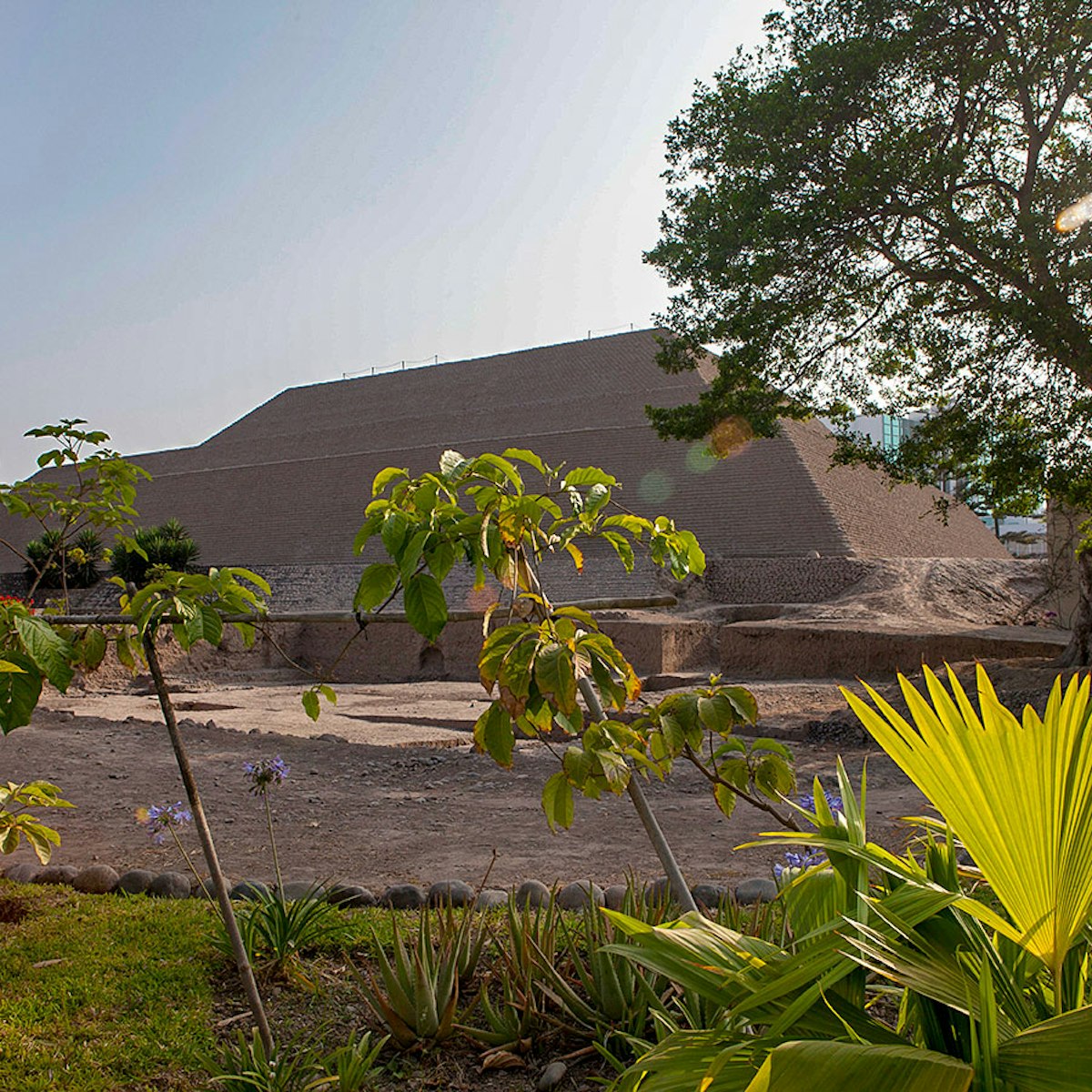
Huaca Pucllana
Located near the Óvalo Gutiérrez, this huaca is a restored adobe ceremonial center from the Lima culture that dates back to AD 400. In 2010 an important…
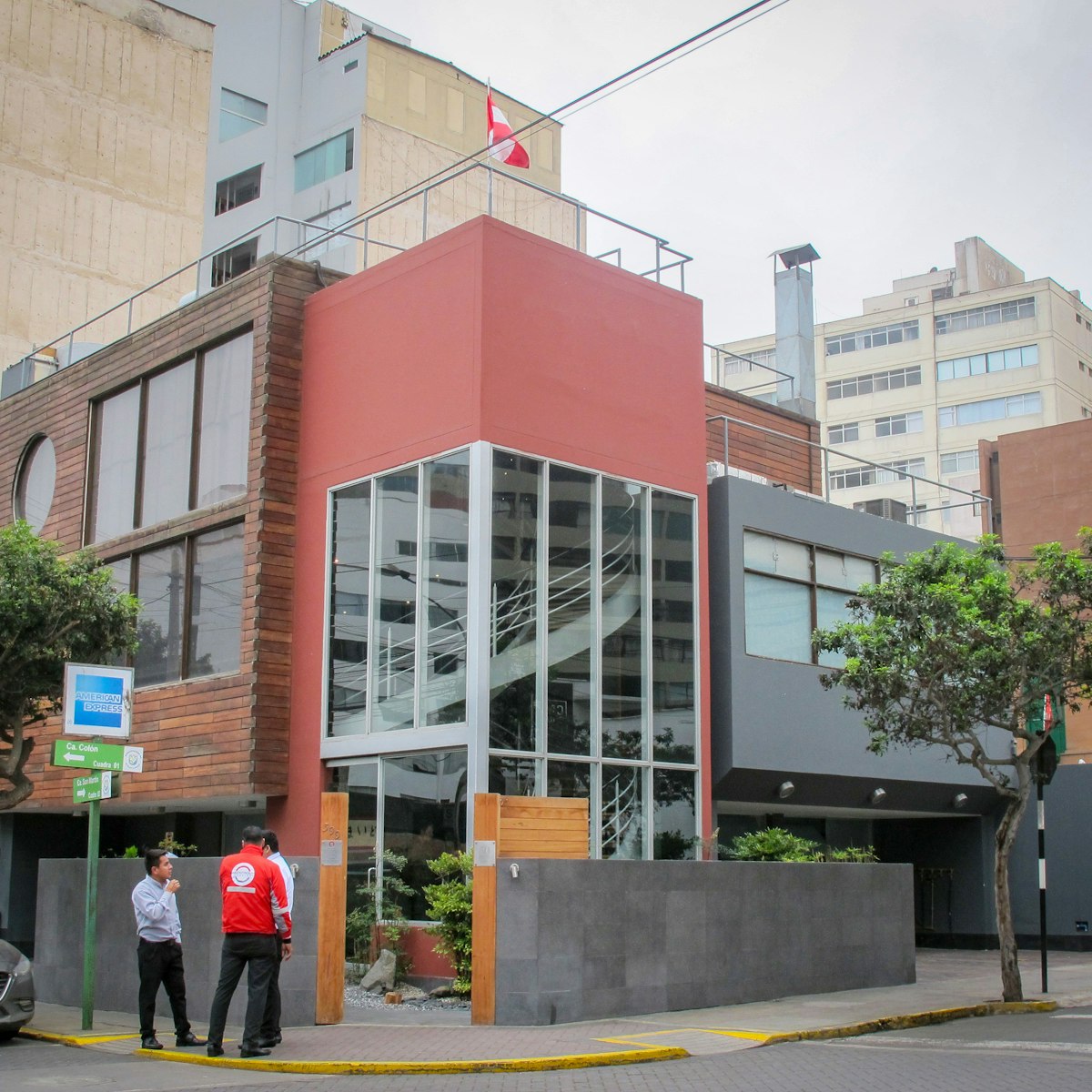
True artistry and exquisite flavors make Maido an excellent stop for top-notch nikkei (Japanese-Peruvian) fare that has put it on World's Best lists. The…
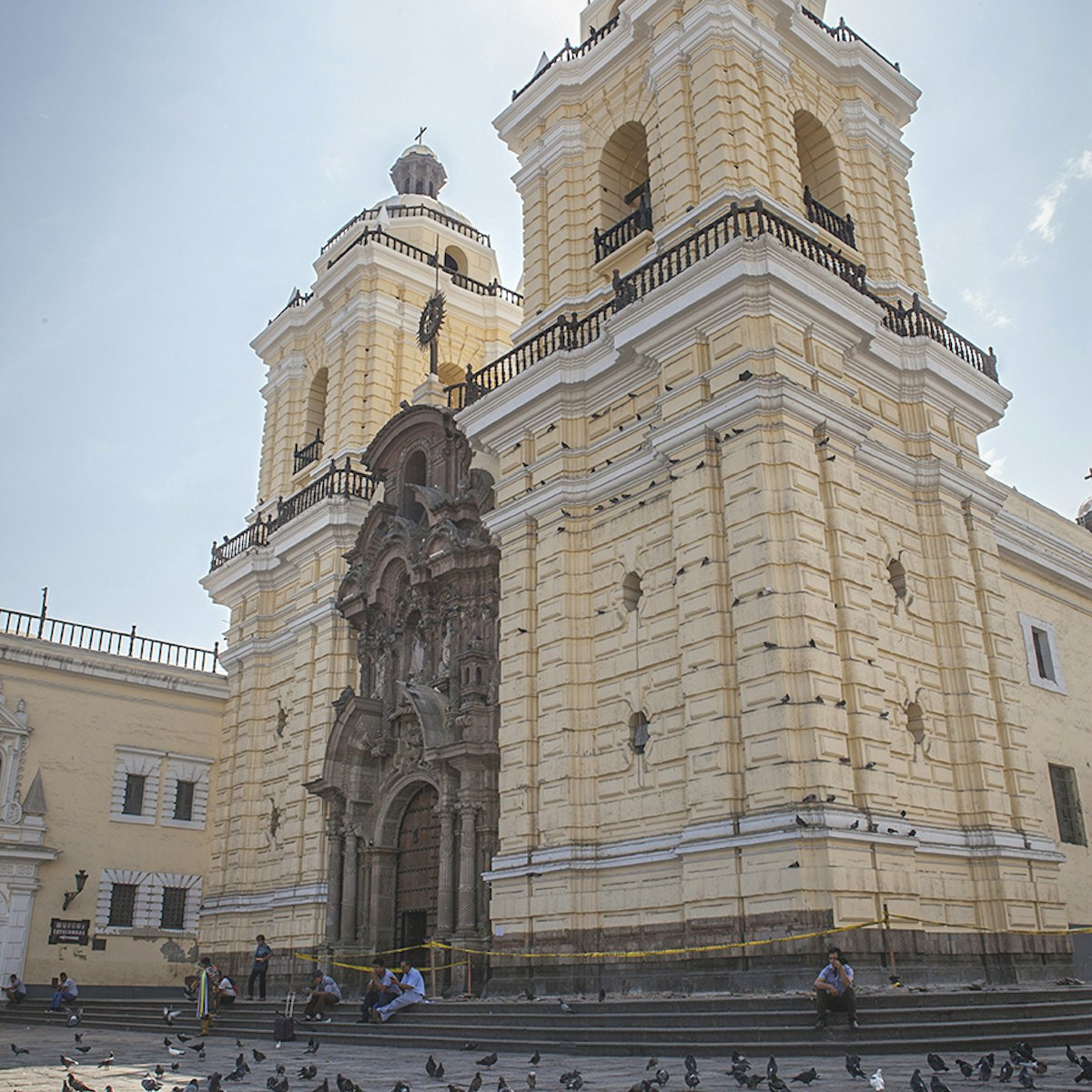
Monasterio de San Francisco
This bright-yellow Franciscan monastery and church is most famous for its bone-lined catacombs (containing an estimated 70,000 remains) and its remarkable…
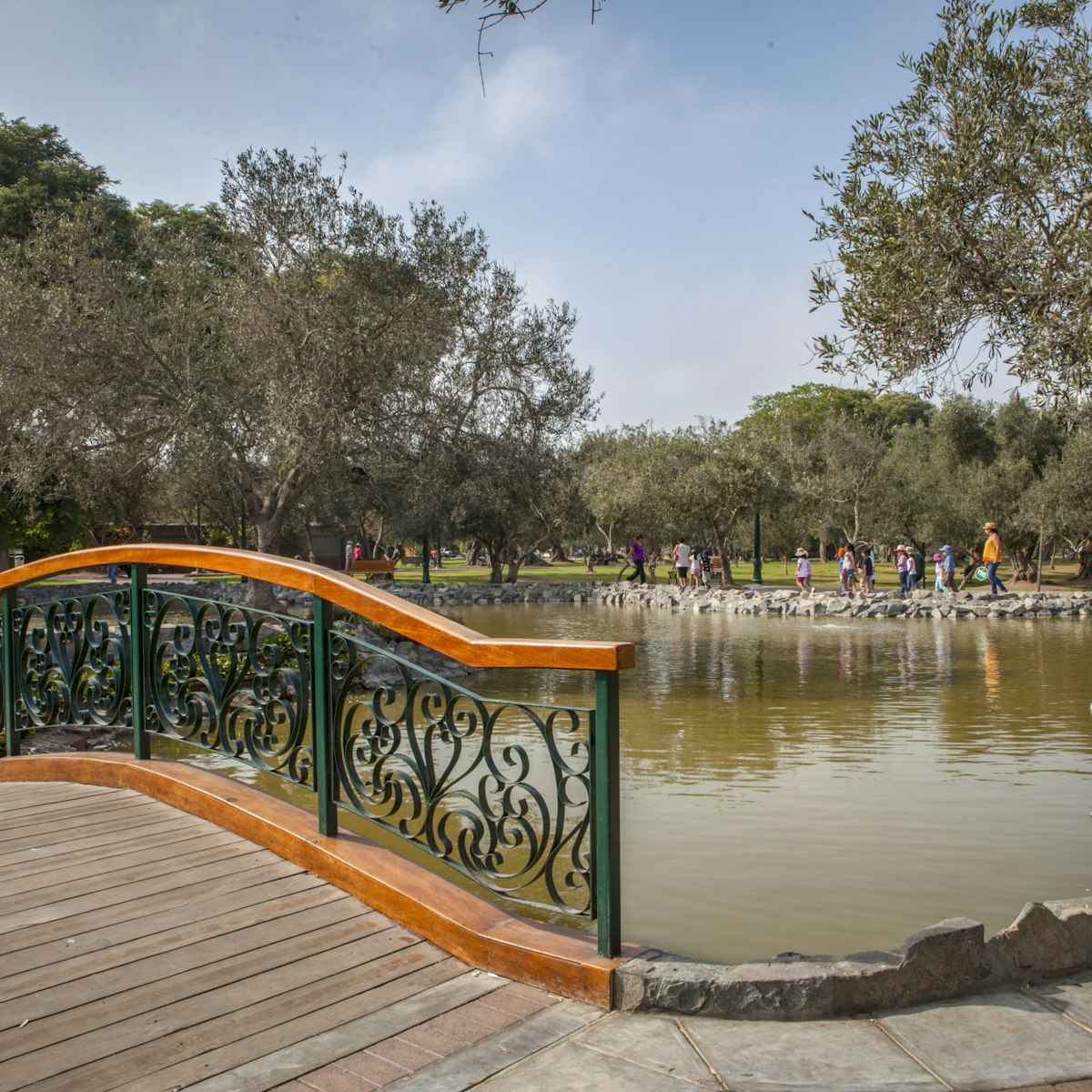
Bosque El Olivar
This tranquil park, a veritable oasis in the middle of San Isidro, consists of the remnants of an old olive grove, part of which was planted by the…
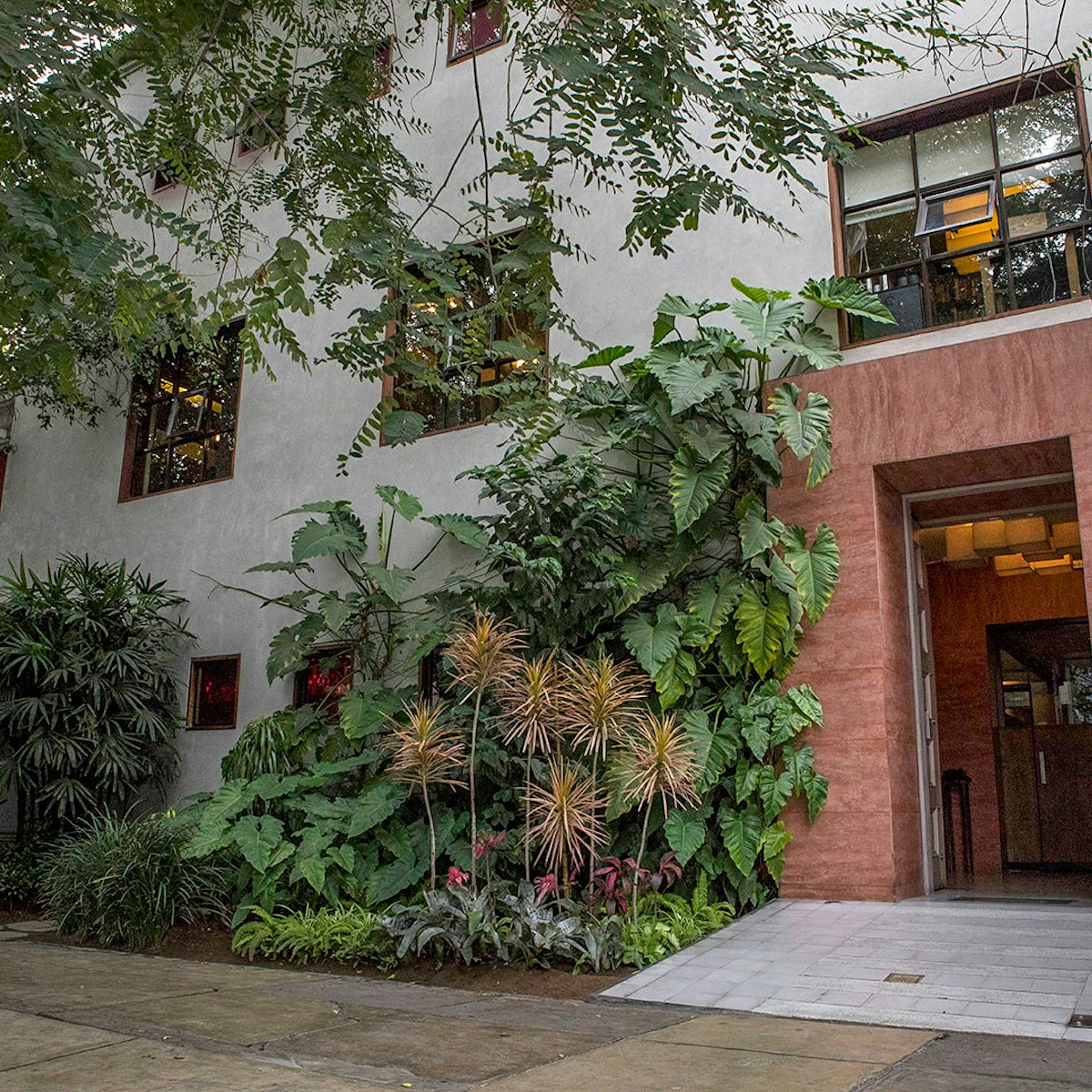
Part restaurant, part laboratory, Central reinvents Andean cuisine and rescues age-old Peruvian ingredients not used elsewhere. Dining is an experience,…

For special gifts, check out this handicrafts shop featuring a selection of the highest-quality products from all over Peru; it’s even on the radar of…
11 best free (and almost free) things to do in Lima
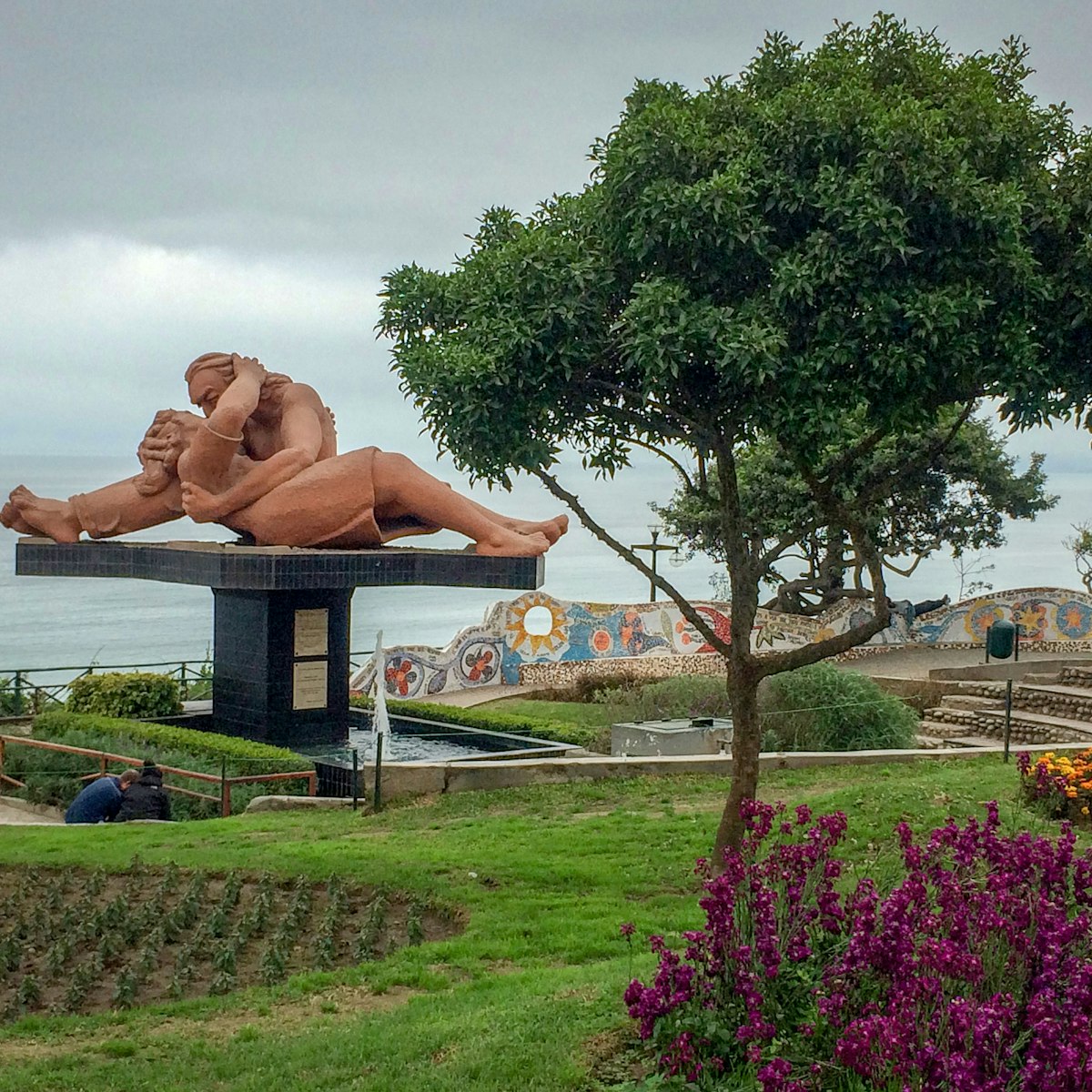
Parque del Amor
Protected from the ocean breeze by a colorful wall of mosaics, this park in Miraflores is the ideal place to walk hand in hand with that special someone…

Cerro San Cristóbal
This 409m-high hill to the northeast of Lima Centro has a mirador (lookout) at its crown, with views of Lima stretching off to the Pacific (in winter…
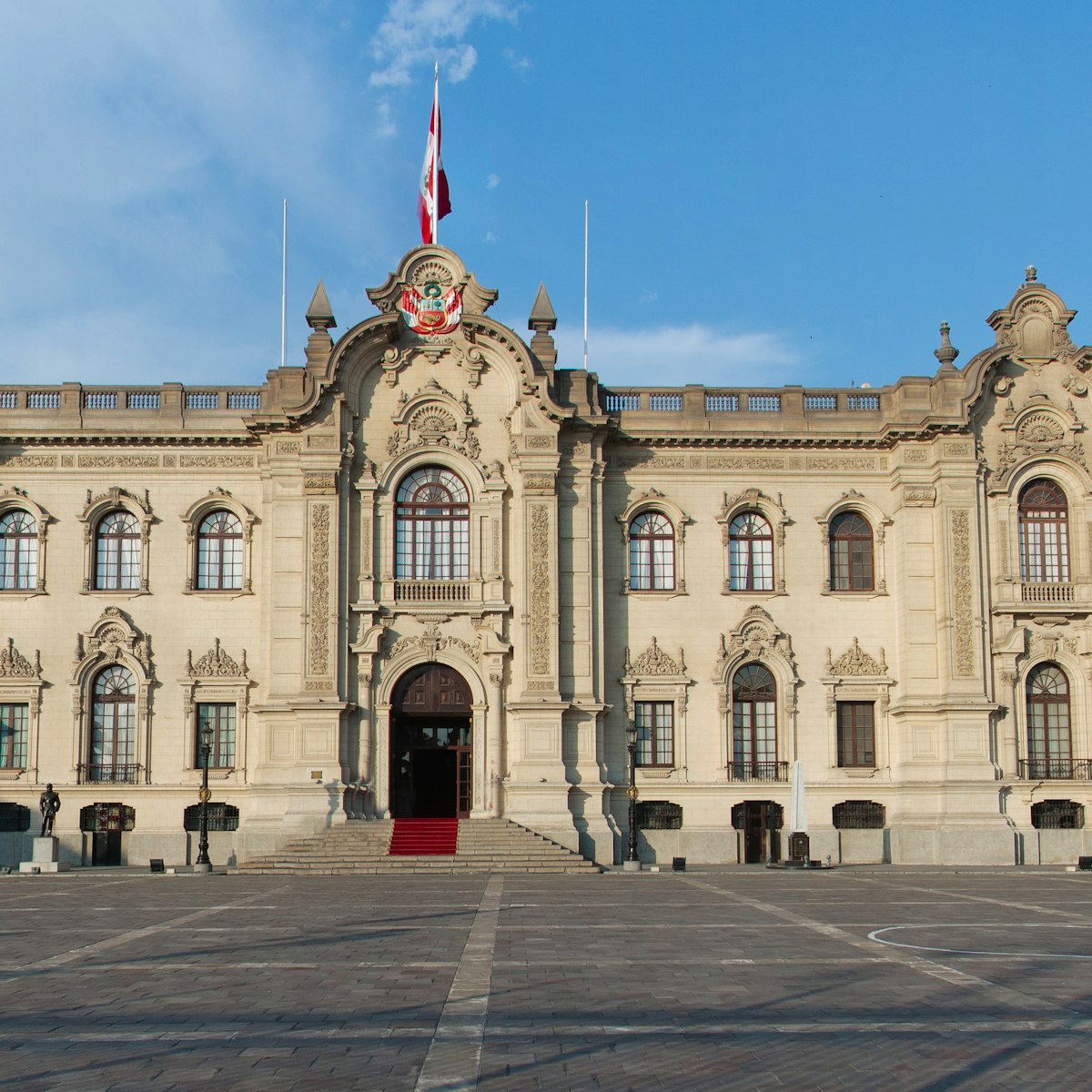
Palacio de Gobierno
To the northeast of Plaza de Armas is the block-long Palacio de Gobierno, a grandiose baroque-style building from 1937 that serves as the residence of…

Located on the 1st floor of a towering and dark office building, this contemporary-art museum has a glass facade that reveals just enough of the stark…
Planning Tools
Expert guidance to help you plan your trip.
Things to Know
A stepping stone for bucket-list sites such as Machu Picchu, Lima has its own special magic. Here's what you need to know before you come.
Best Neighborhoods
From the hip and bohemian to the cheap and family-friendly, these are the best hoods in Lima
Lima is stunning, but further adventure and archeological wonders await on these day trips.
Money and Costs
Head to the market. Work out by the seafront. Take the bus. Follow these and other tips to get the most out of Lima no matter how tight your budget.
Transportation
The best ways to navigate the Peruvian capital without looking like a tourist
Free Things to Do
From 3000 years of Peruvian art and panoramic views to amazing archaeological sites, some of the best things to do in Lima are free.
Traveling with Kids
Lima's equatorial climate makes it perfect for outdoor play. From parks to beaches, here are the best things to do there with kids.
Plan with a local
Experience the real Peru
Let a local expert craft your dream trip.
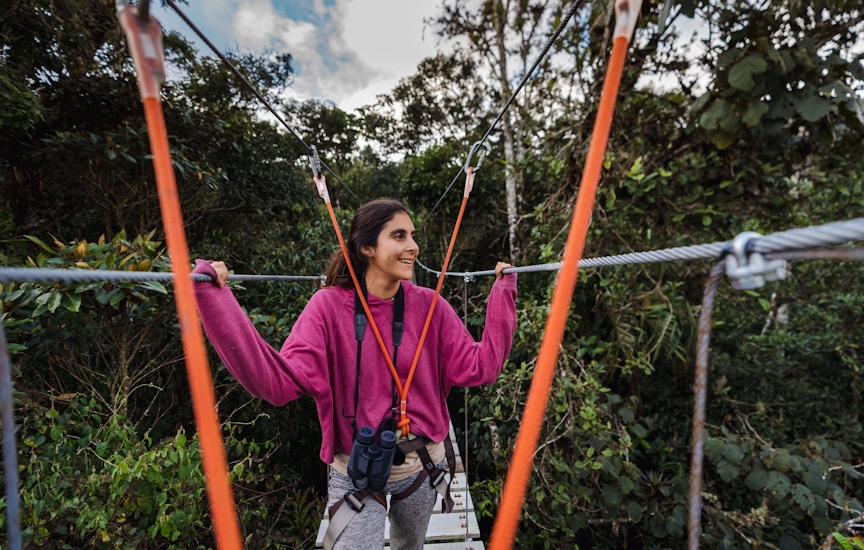
Latest stories from Lima
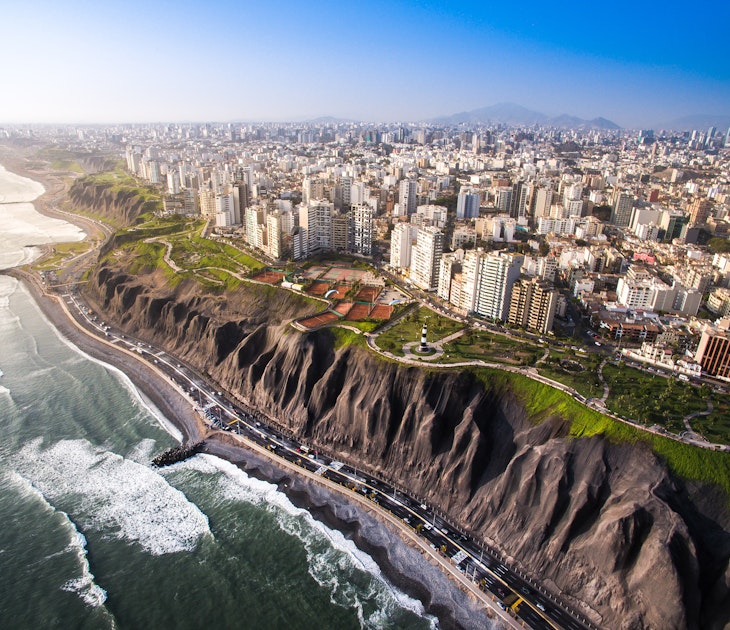
Budget Travel
Dec 12, 2023 • 5 min read
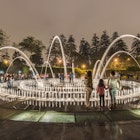
Dec 9, 2023 • 10 min read
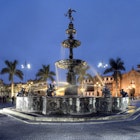
Nov 24, 2023 • 5 min read
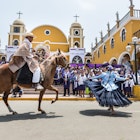
Nov 15, 2023 • 4 min read

Nov 14, 2023 • 8 min read

Nov 13, 2023 • 5 min read

Nov 9, 2023 • 7 min read

Nov 8, 2023 • 7 min read
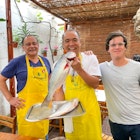
Nov 15, 2022 • 5 min read
in partnership with getyourguide
Book popular activities in Lima
Purchase our award-winning guidebooks.
Get to the heart of Lima with one of our in-depth, award-winning guidebooks, covering maps, itineraries, and expert guidance.

For travelers who give it time, Lima offers travelers a chance to experience a vibrant, dynamic city that is full of history, culture, museums, boutiques, and amazing Pacific sunsets. The cherry on top – Lima is one of the food capitals of the world, with mouthwatering cuisine that will delight your taste buds.
As the international gateway to Peru, Lima is an unavoidable stop for travelers planning a trip to Machu Picchu. But there are reasons to stick around. Spend a day or two here to experience the electrifying mix of old and new; meet Peruvians from every corner of the country and with ancestry from all over the world; and work your way through a long list of must-eats including ceviche, lomo saltado, causa rellena and more.
In Lima, you can choose to relax in the cosmopolitan atmosphere of the capital city or pack your itinerary full of visits to historic plazas and churches, 1,000-year-old adobe ruins, world-class restaurants, buzzing nightlife spots, ocean-view parks, and renowned museums and galleries. The capital city is a melting pot, with a long history of migration from other parts of the world, including Asia, Europe, and Africa. Add to that recent internal migration from the Andes, Amazon and coastal regions, and the result is a fantastic mix of vibrant backgrounds and cultures.
Climate & Weather
Lima has two clearly-marked seasons, summer and winter, with transitional periods in between. Being in the southern hemisphere, Lima has warmer, sunnier weather in the northern hemisphere’s winter months (December to March), and cooler, greyer weather in the northern hemisphere’s summer months (June to September).
- January to March
- Sunny, warm, humid days and spectacular sunsets
- Temperatures: 81-85°F (28-29°C) during the day, 66-70°F (19-21°C) at night
- June to October
- Cloudy, damp, chilly days with a light drizzle
- Temperatures: 62-65°F (17-18°C) during the day, 53-59°F (12-15°C) at night
There are quite a few factors that influence Lima’s weather. Peru is close to the equator, but the cold water Humboldt Current flows up from Antarctica and interacts with air temperatures to keep things cool.
The Andes Mountains are a second factor affecting the climate. The tall peaks, which begin to rise not too far from the coast, create a rain shadow effect that prevents rain clouds from forming. This geography explains why much of Peru’s coast is desert. In Lima, the result is a temperate climate with high humidity around the year.
During the winter months, a constant gray fog called garúa covers the city of Lima. Travel some miles north or south of the city or up into the foothills and you’ll experience the sunny skies that typify the rest of coastal Peru.
Best Time to Visit
It is best to visit Lima during its summer season, between December and April. Lima in the summer is sunny, and with temperatures in the 70s and 80s (roughly 21°C to 30°C), you can visit the parks, beaches, and historic districts with ease - and fully enjoy a refreshing, citrusy ceviche lunch. This is a great time to experience summer from the southern hemisphere, and perhaps even escape the cold weather of your home city in the northern hemisphere.
The transitional months between summer and winter, May and November, can also be a nice time to visit, as the weather can be more moderate with a mix of cooler, cloudy days and warmer, clear days.
Geography & Map
- Situated on the desert coast of Peru, the city of Lima occupies an oasis-like valley. The Pacific Ocean is to the west and the foothills of the Andes to the east. Sandy 200-foot-tall cliffs separate the Pacific shore from the westernmost edge of Lima city.
- Elevation 0 to 500 ft (0 to 150 m) City Population: ~ 10,555,000
Francisco Pizarro founded the city of Lima in 1535, but indigenous populations settled the area around it for thousands of years before the arrival of Spanish conquerors. Peru’s earliest human settlements found hospitable ground in the fertile soils of the river valleys within the present-day department of Lima. Along the Río Chillón, not far from Lima city, archaeologists have excavated stone tools dating from approximately 7500 BC.

Around 1535, Spanish settlement began in Lima. After the fall of Cusco, conquistador Francisco Pizarro established a new city with a central plaza and church. In 1542, the Viceroyalty of Peru was created, but not officially recognized until Viceroy Francisco de Toledo arrived in 1572. South America’s struggle for independence from the Spanish Crown began in the early 1800s. In July 1821, Argentina’s General Jose San Martin sailed into the capital and declared the independence of Peru on July 28th, 1821.
The 1890s-1920s were a period of great urban renewal and expansion for Lima, from which point the population continued to grow exponentially. The 1990s marked a time of notable instability in Peru. Alberto Fujimori was elected president, partly in response to a rise of violent guerrilla movements and economic turbulence. Fujimori maintained power for ten years until he was forced to resign in a bribery scandal in 2000.

In the 21st century, Lima is enjoying a prolonged period of political and economic stability. In 2017, Lima’s metropolitan population was estimated at 10 million residents, representing about one-fourth of Peru’s total population. Today, the main tourist districts are Miraflores, Barranco and San Isidro, all of which hug the coast and are bursting with parks, historic sites, boutiques, world-class restaurants and premier hotels.
Things to Do

JW Marriott Lima
Avenida Malecon de la Reserva 615, Miraflores, Lima
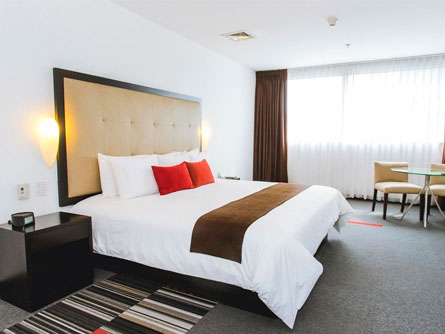
Wyndham Costa del Sol Lima Airport
Avenida Elmer Faucett (no number), Callao
Casa Andina Premium Miraflores
Avenida La Paz 463, Miraflores, Lima
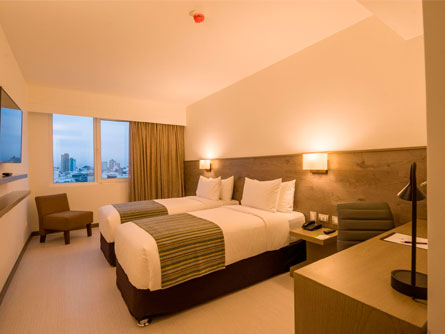
Best Western Urban Larco
Av. Larco 1251-1253, Miraflores, Lima
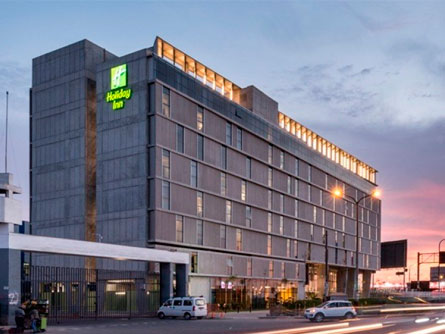
Holiday Inn Lima Airport
Av. Tomas Valle (no number), Commercial Center Callao, Lima

Runcu Miraflores
Av. de la Aviacion 139, Miraflores, Lima
See all Lima Hotels
Restaurants
From establishments owned by award-winning chefs, top plates from around Peru, and luxurious to casual ambiances, there are a lot of excellent restaurant choices in Lima. The selection of delicious dining options are truly endless and ever-changing. Browse a handful of highly-recommended restaurants below. You might want to make a reservation in advance as these are popular spots:

Amazonian cuisine is the focus of this popular restaurant. Specialties are a mix of typical Peruvian food and Amazonian dishes. Av. La Paz 1079, Miraflores | website
Astrid & Gaston
Consistently voted among the best restaurants in South America, Acurio’s flagship restaurant provides an emblematic dining experience in Lima. Enjoy Peruvian dishes with a modern flare. Av. Paz Soldán 290, San Isidro | website
The award-winning Central is chef Virgilio Martinez’s flagship restaurant. Beautiful dishes pay homage to the cuisine of Peru with curious touches and the seasonal menu changes. Av. Pedro de Osma 301, Barranco | website
Japanese flavors merge with Peruvian ones in dishes that are more creative than gimmicky. DonDoh focuses on cooking inspired by Japanese robatayaki. Av. Los Conquistadores 999, San Isidro | website
La Mar Cevichería is chef Gaston Acurio’s proposal for internationalizing Peruvian cuisine via its primary spokes-food: ceviche. Here, get a taste of Peu’s seafood specialties. Av. La Mar 770, Miraflores | website
Maido is an acclaimed Nikkei restaurant featuring a menu that traverses the landscape of Japanese and Peruvian cuisine. The “Nikkei experience” tasting menu lets you fully appreciate chef Maido Mitsuhari’s vision of this cuisine, refined after years of culinary training and on-the-ground experience in Japan. Calle San Martín 399, Miraflores | website
Browse a comprehensive list in our Lima Restaurant Guide.
Cultural Events
Anniversary of Lima When: January 18 (each year) Lima celebrates its birthday on January 18, the day that Francisco Pizarro founded the city in 1535. The city is honored with a variety of cultural and artistic festivals and performances, most notably the Gran Serenata de Lima (grand serenade of Lima) in the Plaza de Armas of the historic center.
Dia Nacional de Pisco Sour (Pisco Sour Day) When: 1st Saturday in February Pisco Sour is the national drink of Peru, beloved by locals and visitors alike. For this reason, they’ve dedicated a day to celebrating this famous drink, made with pisco, lemon juice, simple syrup and egg whites. The day is celebrated with a variety of parties, festivals, gastronomic fairs, and tastings in restaurants and hotels.
Semana Santa When: The week leading to Easter In Peru Semana Santa (Holy Week), the week leading up to Easter, is a big deal. Extravagant celebrations are widespread and hotels and restaurants will have limited availability, as it's the top travel week for locals. For this reason, flights and hotels can also be more pricey during Semana Santa. The holy week is celebrated with processions, festivals and feasts. Most residents have Thursday and Friday off from work to celebrate through the long weekend.
Dia del Ceviche When: June 28 (each year) The cultural importance of ceviche is undeniable. This celebrated national dish has ingrained in the cultural identity of Peruvians for more than 500 years. Ceviche traditionally consists of raw white fish, onion, chili peppers, lime juice and salt. This day is celebrated with food fairs, ceviche making competitions, and special menus with creative interpretations of the dish in restaurants and hotels.
Fiestas Patrias When: July 28-29 (each year) Fiestas Patrias is Peruvian Independence Day. It celebrates the nation's independence from Spanish rule, thanks to defeat by Argentinian/Spanish libertador Jose de San Martin in 1821. The two-day national holiday is celebrated with festivals, parades, performances, food and music in just about every park and square. Though a fun and festive time to be in Peru, it is also a very crowded time and hotels and flights can have limited availability and higher rates.

Dia de Santa Rosa de Lima When: August 23 (each year) Santa Rosa is the patron saint of Lima and of the indigenous people of Latin America. She had a Spanish father and indigenous mother. Santa Rosa had a strong devotion to God from an early age, and to the people of Lima. She expressed her devotion through charity work, caring for and feeding people in need (even though she herself was poor), and eating only bread and water. To honor her there are processions and visits to Church and Convent of Santo Domingo (where her remains are kept), as well as to Church and Sanctuary of Saint Rose of Lima.
Mistura Food Festival When: Early september This impressive food festival is one of the biggest in Latin America. It takes place in various venues throughout the capital city of Lima. Lima is one of the food capitals of the world, and if you’re wondering why, you’ll find out quickly with a visit to this magnificent festival. More than 300 farmers and vendors across the nation gather to display their produce, products and prepared foods. Demonstrations by local and renowned chefs also make it an event to remember.
Festival of the Señor de Los Milagros When: October 18 (each year) This is one of the largest religious processions in the world, and has taken place in Lima for more than 300 years. The origin of the event is back in colonial times, when an African slave from Angola drew a black christ on the wall of a hut in a plantation south of Lima. When the earthquake of 1746 hit, this depiction was the only standing structure in an otherwise leveled village (hence the milagro, or miracle). Today, the procession is held for many days, one procession of which is an entire 24 hours long with devotees flooding the streets wearing purple following a large painting of the Christ.
Dia de la Canción Criolla When: October 31 (each year) This distinctly Peruvian music genre blends traditional Peruvian, European and African instruments to create dynamic, percussive music that makes you move. This day is dedicated to the one-of-a-kind music and parties spring up throughout Lima to honor the tradition with music, beer and dancing. So while your friends in the United States are celebrating Halloween, you can grab a cajon (Afro-Peruvian percussion instrument) and find your rhythm at Dia de la Cancion Criolla.
Tour Packages
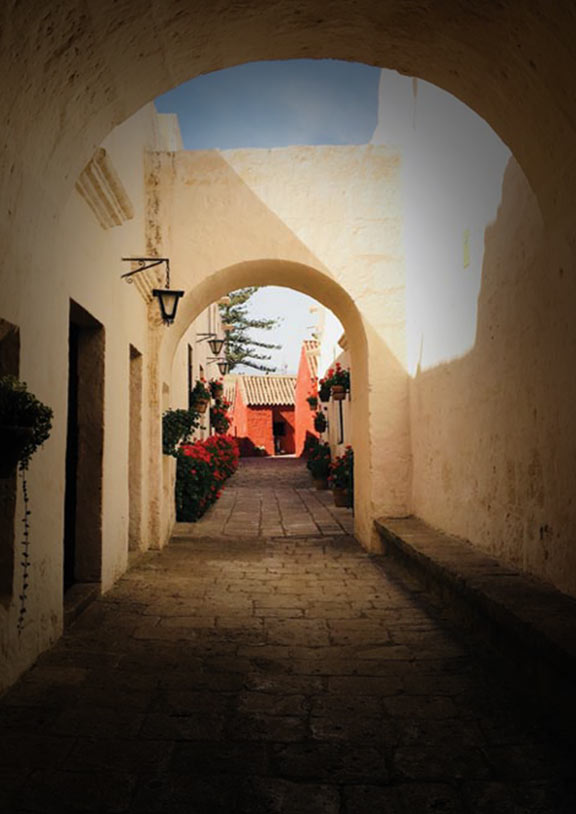
Everything You Need to Know About Lima’s Airport
Get through Lima’s airport worry-free with these insider tips and information.
Read more »

Discover Barranco, Lima’s Cultural District
The neighborhood of Barranco offers travelers a unique taste of colorful architecture amid a budding art scene.

Book With Confidence
We're flexible! Postpone your tour with zero cost up to 30 days prior to departure.
By submitting this form, you agree to receive recurring customer care text messages from Peru for Less at the number used when signing up. Msg frequency varies. Msg and data rates may apply. View Terms & Privacy .
The following preferences are optional , but will help enhance your trip's customization.
Are you interested in visiting the best restaurants in Latin America?
TIP: Tell us the destinations you have in mind.
Galapagos Tours
Machu Picchu
Amazon Rainforest
Galapagos Islands
Sacred Valley
Lake Titicaca
5000+ Testimonials
+1 817 230 4971
Personalized Service
Handpicked hotels.
Advertisement
Supported by
Read Your Way Through Lima
Lima is a city of contrasts and contradictions — gray and tropical, dense and isolated. Augusto Higa Oshiro, one of its writers, recommended books and authors that have captured its complexity.
- Share full article
By Augusto Higa Oshiro and translated by Jennifer Shyue
Higa Oshiro died in April 2023, shortly before his masterpiece, the novella “The Enlightenment of Katzuo Nakamatsu,” was published in English by Archipelago Books.

Read Your Way Around the World is a series exploring the globe through books.
When I was born, in 1946, Lima was home to 640,000 people. Now, as I’m about to turn 77 in the year 2023, Lima is a city of 10 million. The population has grown more than 15-fold. In some ways, you could say that I’ve survived alongside the city. I’ve gotten to know all 43 of its districts and municipalities, and I can say with true pride that I’ve suffered but also delighted in this gray, sleepy city. As Herman Melville describes it, in “Moby Dick”:
Nor is it, altogether, the remembrance of her cathedral-toppling earthquakes; nor the stampedoes of her frantic seas; nor the tearlessness of arid skies that never rain; nor the sight of her wide field of leaning spires, wrenched cope-stones, and crosses all adroop (like canted yards of anchored fleets); and her suburban avenues of house-walls lying over upon each other, as a tossed pack of cards; it is not these things alone which make tearless Lima, the strangest, saddest city thou can’st see. For Lima has taken the white veil; and there is a higher horror in this whiteness of her woe.
Picture a sandy desert that stretches along the Pacific Ocean. This squalid coastline is bisected by a river, the Rimac. In the middle of the oasis created there is a metropolis — uncertain, cheerful, oh so civilized, somewhat isolated from the world. The luscious tropical flora belies the fact that it doesn’t rain here: The proximity to the sea means that the humid air brings forth new buds and shoots all year round.
Despite, or perhaps because of, their many facets and complexities, Lima and Peru have been depicted and imagined in myriad ways since the city’s official founding by Francisco Pizarro in 1535, and the ensuing five centuries has seen numerous visions, histories and interpretations. I myself have approached Lima from different points of view: I’ve written stories about young people in the margins, in the working-class neighborhoods of Lima, and also, as the son of Japanese parents who settled in Peru, I’ve set Limeñan nikkeis to fiction.
What should I read before I pack my bags?
A number of authors offer valuable insights into Peru’s, and Lima’s, complex past. Let’s start with Inca Garcilaso de la Vega (1539—1616). He was the son of a Spanish captain and a palla — a member of Incan royalty — making him mestizo. He’s considered the first Peruvian, spiritually speaking. His “ Royal Commentaries of the Incas and General History of Peru ,” about the origins of the Incas, the kings of Peru, and their ways of worship, laws and governance in times of peace and war, was first published in Lisbon in 1609. It was very successful — and is still available now. Today, we know that de la Vega’s vision of the Incas was idealized.
Another essential author in Peruvian letters is Ricardo Palma (1833—1919). His “ Peruvian Traditions ” consists of four volumes of crónicas, or accounts, of the Incas, the Conquista, the period of the viceroyalty, the struggle for independence and the republican era, all told from his vantage point in Lima. Palma is lighthearted, ironic, amusing and anticlerical by nature, and in his writing he makes fun of the sumptuous interiorities of viceroys and courtesans.
To complement Palma, perhaps we could take a look at the watercolors of Pancho Fierro (ca. 1810—1879). He painted hundreds of images that show the customs and characters of 19th century Lima, including artisans, merchants, soldiers and water vendors with their donkeys. Palma owned many of his works, which are now at the Pinacoteca Municipal Ignacio Merino .
Moving now into the 20th century, César Vallejo (1892—1938) and his poetry are essential. The founder of modernist poetry in Peru, Vallejo made Indigenous displacement and sorrow universal with his peculiar, eternal language in “ Human Poems .”
Which stories provide a glimpse into modern Lima’s complexity?
The rural Indigenista wave led by Ciro Alegría and José María Arguedas between the 1930s and 1950s was followed by the rise of an urban, fundamentally Limeñan narrative that has made its way into the city’s many corners. It has branched into many works and lineages — not just in literature but also in sociological and historical writing, painting, architecture and culture in general.
From this contradictory world, our 2010 Nobel laureate Mario Vargas Llosa (1936—) is a standout. I will limit myself to discussing his novel “ Conversation in the Cathedral ,” because it centers on a serious problem of governance: the Latin American dictatorship. Through two volumes and more than 100 characters, Vargas Llosa contemplates the sinister military men who have held power in this country.
I would be remiss not to mention the great Julio Ramón Ribeyro (1929—1994). His stories — many of which were translated into English by Katherine Silver for the 2019 collection “ The Word of the Speechless ” — focus on the Limeñan middle class and their particular notes of mediocrity, neglect and loneliness. Ribeyro is synonymous with individual and family frustration in the era of the urban oligarchy, which he commits to the page with undeniable objectivity.
Other great Peruvian novels include “ A World for Julius ,” in which Alfredo Bryce Echenique (1939—) depicts the Limeñan oligarchy with his distinctive sense of humor and irony. Julius is a child of the aristocracy who prefers the company of servants, lackeys and the working-class members of his neighborhood in Miraflores.
I will also add a novel by Santiago Roncagliolo (1975—), “ Red April ,” which explores the final years of a bloody period in Peruvian history, when the Shining Path guerrillas and a government characterized by hunger and corruption clashed in a terrible war, during which murders and disappearances were our daily bread.
Finally, we have Daniel Alarcón (1977—), whose books “ Lost City Radio ” and “ War by Candlelight ” also take on a country convulsed by the war against the Shining Path.
What literary landmarks and bookstores should I visit?
The literary icons perhaps most easily found in Lima’s cultural orbit are Ricardo Palma, César Vallejo, Julio Ramón Ribeyro, Mario Vargas Llosa, José María Arguedas and Alfredo Bryce Echenique. They are everywhere: These authors’ complete works circulate in the big bookstores in the Miraflores neighborhood and in central Lima. Plazas and streets carry their names; in some cases, busts and monuments have been erected in their honor. Even the currency bears images of Palma, Vallejo and Arguedas.
There’s also a permanent used (and pirated) books market on Jirón Amazonas, and a plethora of museums dedicated to pre-Incan cultures as well as the colonial and republican eras.
Augusto Higa Oshiro’s Lima Reading List
“Royal Commentaries of the Incas and General History of Peru,” Inca Garcilaso de la Vega, translated by Harold V. Livermore
“Peruvian Traditions,” Ricardo Palma, translated by Helen Lane
“Human Poems,” César Vallejo, translated by Clayton Eshleman
“Conversation in the Cathedral,” Mario Vargas Llosa, translated by Gregory Rabassa
“The Word of the Speechless,” Julio Ramón Ribeyro, translated by Katherine Silver
“A World for Julius,” Alfredo Bryce Echenique, translated by Dick Gerdes
“Red April,” Santiago Roncagliolo, translated by Edith Grossman
“Lost City Radio” and “War by Candlelight,” Daniel Alarcón
Augusto Higa Oshiro’s “ The Enlightenment of Katzuo Nakamatsu ,” published in May 2023 by Archipelago Books, was translated by Jennifer Shyue. He died in Lima in April 2023.
Explore More in Books
Want to know about the best books to read and the latest news start here..
What can fiction tell us about the apocalypse? The writer Ayana Mathis finds unexpected hope in novels of crisis by Ling Ma, Jenny Offill and Jesmyn Ward .
At 28, the poet Tayi Tibble has been hailed as the funny, fresh and immensely skilled voice of a generation in Māori writing .
Amid a surge in book bans, the most challenged books in the United States in 2023 continued to focus on the experiences of L.G.B.T.Q. people or explore themes of race.
Stephen King, who has dominated horror fiction for decades , published his first novel, “Carrie,” in 1974. Margaret Atwood explains the book’s enduring appeal .
Do you want to be a better reader? Here’s some helpful advice to show you how to get the most out of your literary endeavor .
Each week, top authors and critics join the Book Review’s podcast to talk about the latest news in the literary world. Listen here .
25% off with code FLASH25

- North America
- South America
- Middle East
- Australia & Pacific
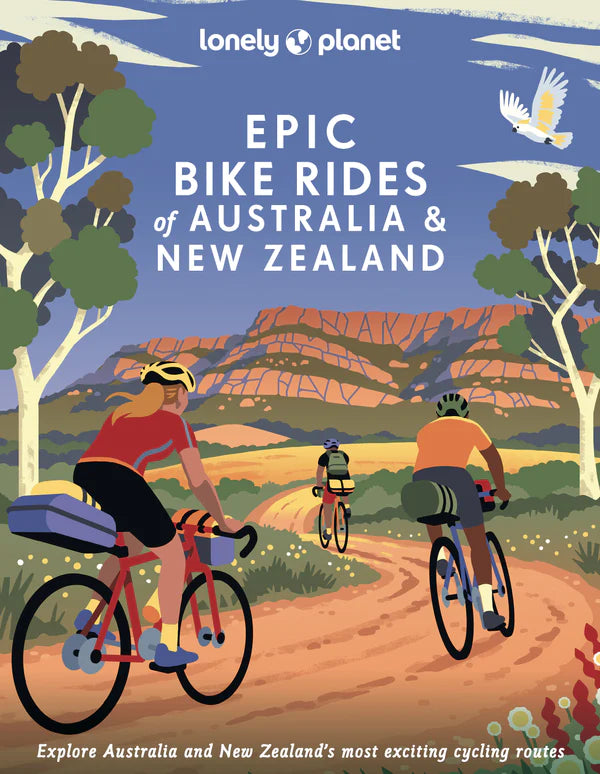
New Releases
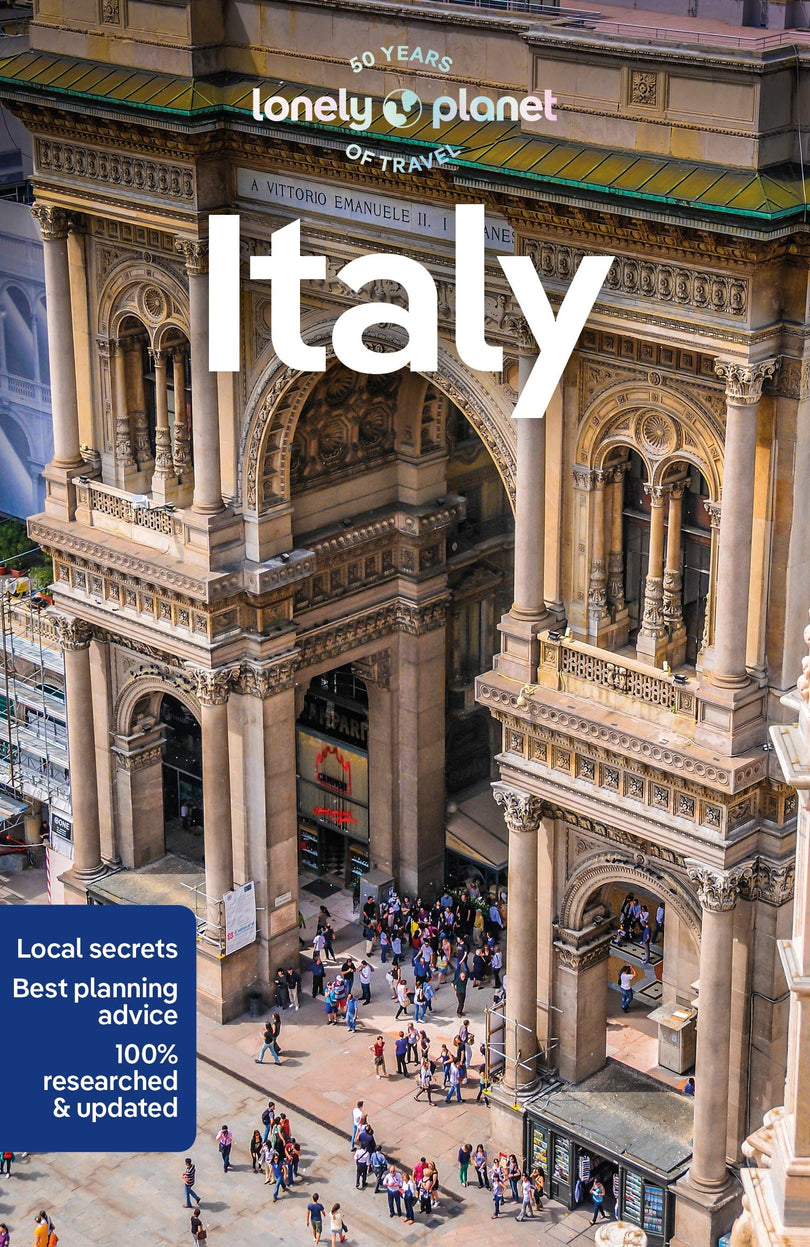
Trending Destinations
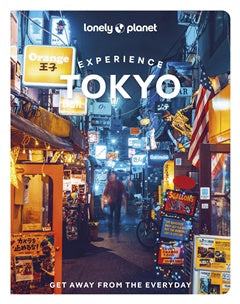
Experience Guides
- Outdoor Travels & Adventures
- Epic Guides
- Food & Drink
- Gifts & Inspiration
- Language Guides
- Lonely Planet Kids
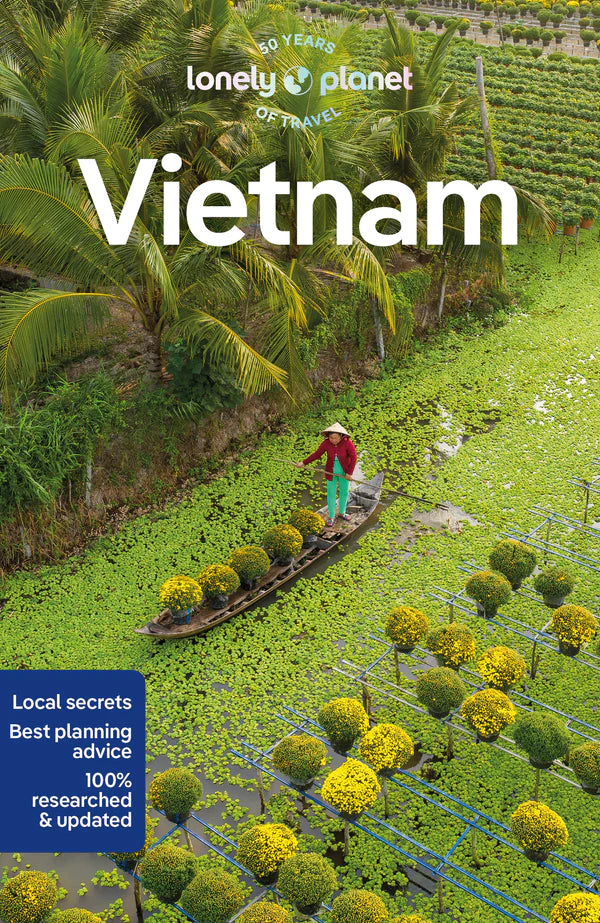
Country Guides
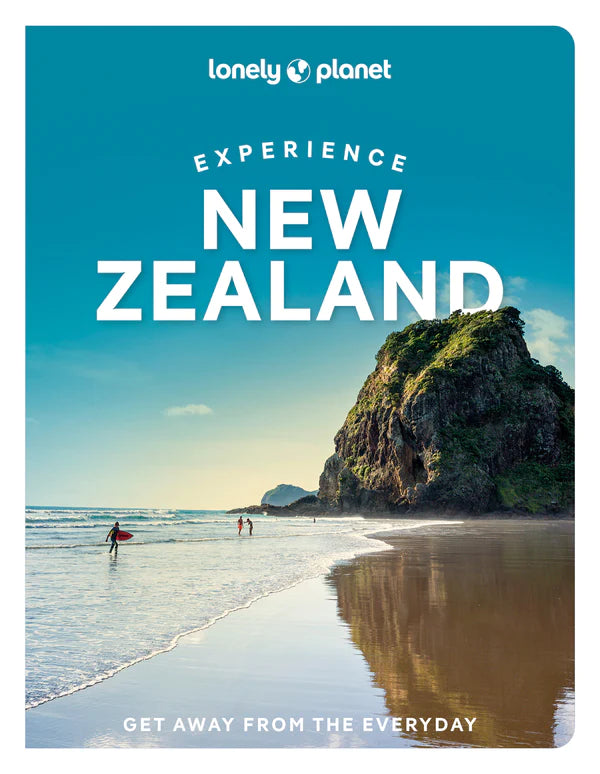
Pocket Guides
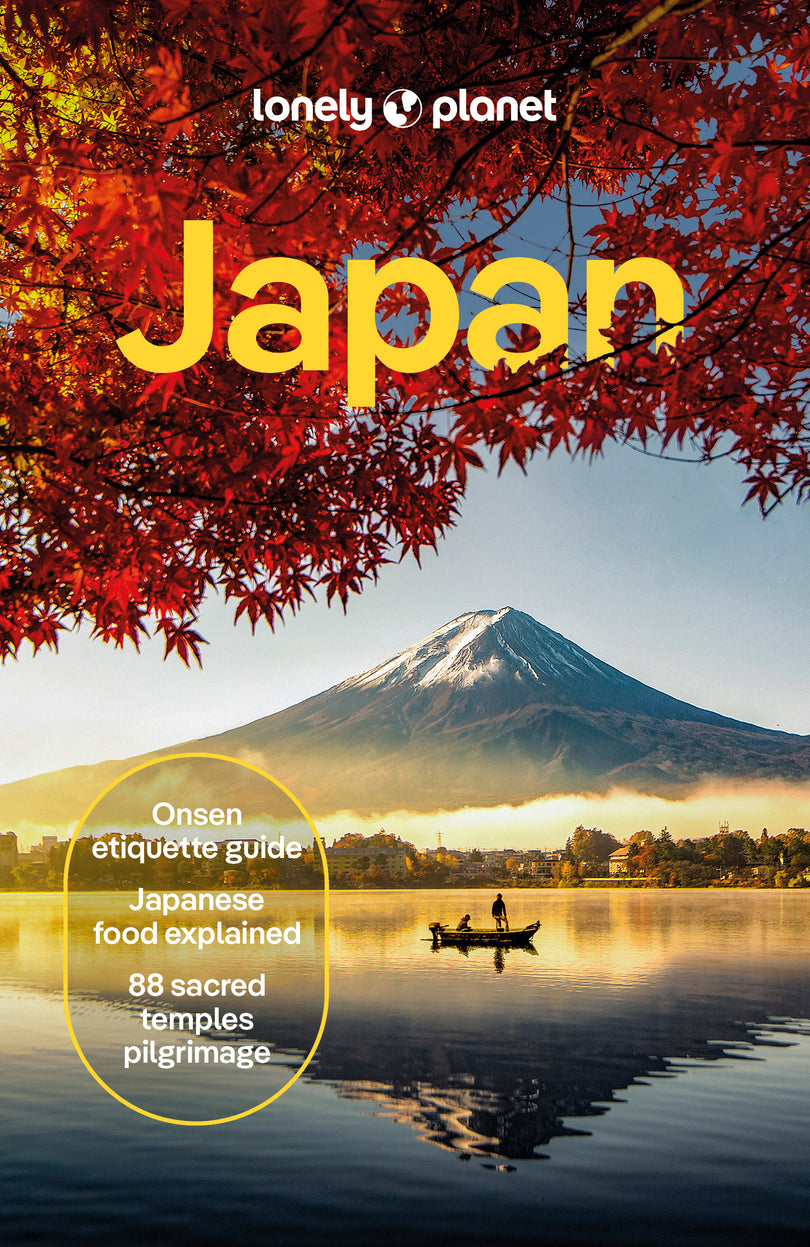
All Guides & eBooks
- Lonely Planet Insider
Your cart is empty
Get this book for free by becoming a Lonely Planet Insider:
- 3 eBook downloads every year
- Exclusive offers and discounts
- Free shipping on all orders
$2.99 USD/month (charged annually) Learn more
- Up-to-date information - all businesses were rechecked before publication to ensure they are still open after 2020’s COVID-19 outbreak
- NEW top experiences feature - a visually inspiring collection of [destination’s] best experiences and where to have them
- What's new feature taps into cultural trends and helps you find fresh ideas and cool new areas
- NEW pull-out, passport-size 'Just Landed' card with wi-fi, ATM and transport info - all you need for a smooth journey from airport to hotel
- Improved planning tools for family travellers - where to go, how to save money, plus fun stuff just for kids
- Colour maps and images throughout
- Highlights and itineraries help you tailor your trip to your personal needs and interests
- Insider tips to save time and money and get around like a local, avoiding crowds and trouble spots
- Essential info at your fingertips - hours of operation, websites, transit tips, prices
- Honest reviews for all budgets - eating, sleeping, sightseeing, going out, shopping, hidden gems that most guidebooks miss
- Cultural insights give you a richer, more rewarding travel experience - history, people, music, landscapes, wildlife, cuisine, politics
- Over 50 maps
Covers Lima, Arequipa, Canyon Country, Lake Titicaca, Cuzco, the Sacred Valley, the Highlands, Huaraz, the Cordilleras, Amazon Basin
eBook is available in ePub, MOBI and PDF.
ISBN: 9781788684255
Edition: 11th
Publication Date: November 2021
Writers: Brendan Sainsbury, Alex Egerton, Mark Johanson, Carolyn McCarthy, Phillip Tang, Luke Waterson
576 pages, 576pp color, 71 maps | Dimensions: 128mm × 197mm
Next edition due: October 2025
Which guidebook is right for me?
Country, city & regional guides.
- Top experience collections
- Regional itineraries recommended by experts (from a couple of days to multi-week)
- 3D illustrations and guided tours of key sights
- Extensive coverage of history and culture
- Detailed maps throughout - includes walking maps and a pull-out planning map
EXPERIENCE guides
(country, city & regional).
- Led by local experts that reveal their favorite experiences and hidden gems
- Personal itinerary building tools
- Seasonal planning calendars
- QR codes unlock additional online content
POCKET guides
(city & regional).
- Special features cover most popular sights
- Content organized by neighborhhod
- Recommended 1, 2, 3 and 4-day itineraries
- Guided walking tours
📚 Unbounded Books
5 best books for traveling to lima, peru.
Explore the vibrant cityscape of Lima, nestling between the azure Pacific and the rolling Andean foothills. Each turn of a page leads you down a cobblestone alley, through a bustling mercado, and into the intricate history that shapes this Peruvian gem. Feel the pulse of Lima in every tale — from heartrending literary sagas to finger-tingling mysteries, each book in this collection will transport you directly to the heart of this Latin American jewel.
Other readers are searching for...
Peru guide books, which ones are the best?
Although we are supremely proud about our online Peru guide, we know that when you are actually travelling you will not always have access to the internet, and you might feel the need to purchase a guide book. So which Peru guide books are available, and which are the best? We have put together a short list of the most popular guide books available, and what we think of them!
Lonely Planet – Peru Country Guide

Founded in 1972 the Lonely Planet is one of the best known travel associations, and is the world’s largest travel guide book publisher in the world. With over 500 titles in 8 languages they are considered the best authority on travel.
The 7th edition of their Peru guide was released in April 2010, and is a comprehensive guide covering all of Peru. The edition includes extended information on The Inca Trail, Outdoor activities and Lima’s world-renowned culinary scene.
Individual chapters can be purchased at $4.95 from their official website. Potentially aimed at low to medium budget travellers.
Our Verdict: Simply one of the most informative travel guides to Peru available. The popularity of these guides speak for the quality of the content inside. Recent editions of this guide include more colour, however boring layouts and small text make it difficult to read. Potentially only aimed at backpacker or budget travellers.
Frommer’s – Peru Guide
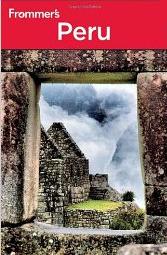
The first Frommer’s guide book was published in 1957, by Arthur Frommer its founder. Nowadays, there are 350 guide book publications, with over 3500 destinations covered on their award winning website.
The latest Peru guide has 480 pages of extensive information about all the important Peruvian departments, and tourist attractions. The well written and colorful pages add to the reading experience and interesting side articles are informative.
The guide also includes a “Best of” section featuring the most intriguing ruins, best museums, best nature experiences, small towns and villages, architecture, festivals and celebrations, local dining and more.
Rough Guide to Peru
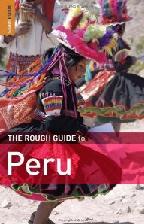
The Rough Guides series began with the 1982 edition of “A Guide to Greece”, and has grown over the last 3 decades to include some 200 destinations. These guide books focus on medium to high budget travellers, including more information on up-market hotels and touring options.
The 658 page guide that includes 78 maps and features a 32 page full colour introduction, offers detailed information on all travel aspects of Peru.
Our Verdict: Another great guide full of useful and informative content. Authors are knowledgeable, and have compiled a comprehensive guide to everything you will need to know about planning a tour of Peru. This guide competes with the very best.
Eyewitness Travel Guides – Peru
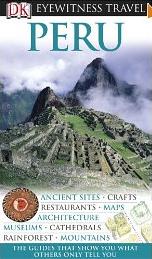
Dorling Kindersley Books of Great Britain, who are better known for their series of non fictional books about interesting topics, have now published a Guide to Peru.
The 352 page media rich Peru guide is conveniently split into easy read categories, including information on regions of Peru, tourist attractions, where to stay and dine.
Our verdict: Eyewitness Travel Guides are still in their infancy with regards to publishing comprehensive and informative travel guides. Although the Peru guide is full of attractive and colorful pages which are useful in the planning stage, there seems to be a lack of in-depth detail which many readers are looking for. The easy read layout of the book is a real plus, and future revisions will prove to be a real player.
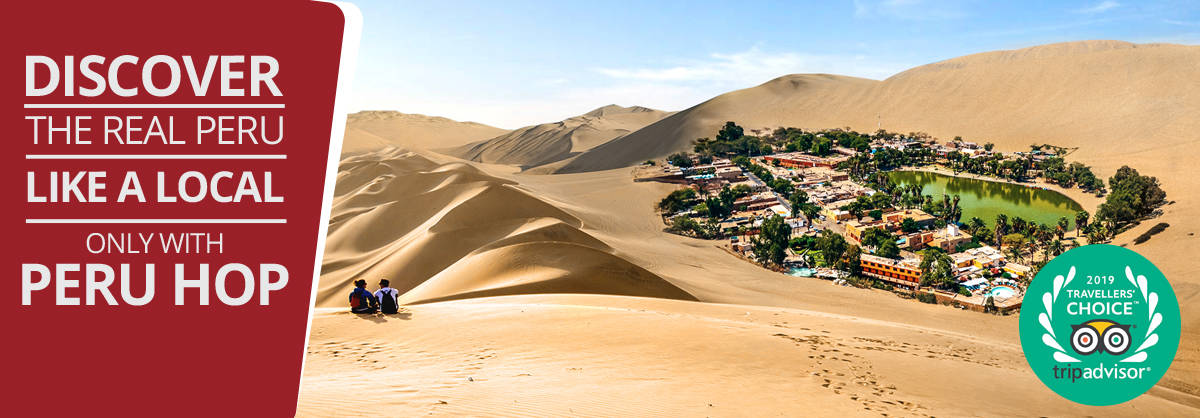
YOU MAY LIKE

Lima to Machu Picchu – Agencies DON’T want you to read this!

#1 Rated Day Trips From Lima To Unforgettable Destinations

Everything You Need to Know to Avoid the Typical Tourist Mistakes At Machu Picchu

What NOT To Do When Visiting Rainbow Mountain

Spend 50% less and see 100% more in Peru

Machu Picchu Tickets – All You Need To Know!

These Hidden Destinations Just Outside Of Lima Will Blow Your Mind!

Peru – How to Avoid Being a Typical Tourist

OFFICIAL: This Company Was Voted The Best Way To Get Around Peru

Peruvian Travel Secrets That Only The Locals Know
You must be logged in to post a comment.
- Search Please fill out this field.
- Manage Your Subscription
- Give a Gift Subscription
- Sweepstakes
- Travel Destinations A-Z
Lima Travel Guide
:max_bytes(150000):strip_icc():format(webp)/megan-wood-6806d519c0a24609b8841ef4ac685e94.jpg)
Lima is way more than a layover on the way to trekking Machu Picchu. Perched on cliffs overlooking the Pacific Ocean, Lima is one of South America's most animated and culturally colorful cities. Beach meets business center in this capital coastal city. Skyscrapers compete for the best views of thrill-seekers paragliding from the Miraflores cliffs and surfing world class breaks. The pulsing restaurant and bar scenes have evolved way beyond ceviche and Pisco Sours—though you shouldn't skip either. Bohemian neighborhoods attract modern artists and hold Inca ruins. Lima is it.
Peru Standard Time
Best Time to Go
Rory Fuller/Travel + Leisure
Thanks to the Pacific Ocean coast location below the equator, there are only two distinct seasons in Lima: winter and summer. The weather isn't dramatic and rain is rare, but days are usually cloudy and cool. Expect the warmest temperatures and biggest crowds between December and April. For events, February hosts both Carnival (don't miss Lima's Water Wars) and National Pisco Sour Day on the first Saturday of the same month. National Ceviche Day is usually at the end of June.
Things to Know
Currency: Peruvian Sol
Language: Spanish, Quechua, Aymara I don't speak Spanish: No hablo espanol/castellano. I'm lost: Estoy perdido. I would like…: Me gustaria...
Calling Code: +51 1
Capital City: Lima
How to Get Around
Trains: The Lima Metro has one line with 26 stations, and generally serves commuters who live in the suburbs over tourists. The train stops running at 11 p.m. and it doesn't connect to the airport.
Buses: Lima offers two types of buses. The larger Metropolitano buses are slightly more expensive—but refined. Combis are cheaper van-size buses that barely slow down to drop passengers off wherever they want on the route.
Taxis: Both car and moto taxis are available. Be sure the driver starts the meter or states the price when you get in to avoid haggling over fares.
Car service: Uber and Cabify are available and affordable in Lima, but you will need internet service to operate the apps.
Best Hotels
Miraflores park, a belmond hotel.
Address: Av. Malecón de la Reserva 1035, Miraflores, Lima Peru Phone: +51 1 610 4000 Website
If you're looking for a luxury hotel stay in the heart of Miraflores' action, live the high life at Miraflores Park, a Belmond Hotel. Two of three restaurants and bars are private for hotel guests. Zest Spa uses products sourced from the Peruvian Amazon. All the rooms are suites, and the Presidential category offers private plunge pools with epic ocean views.
Address: Santa Maria 190, Miraflores, Lima Peru Phone: +51 1 700 5105 Website
Atemporal offers an intimate city escape with just nine hotel rooms in a revamped Tudor-style 1940s mansion. Freebies include a hotel car and nightly cocktail hour. Sophisticated design and thoughtful details abound in the veranda, garden, and inside the guest rooms.
Address: Saenz Pena 204, Barranco, Lima Peru Phone: +51 1 206 0800 Website
Built in 1914 as the summer getaway of a former Peruvian president, this Belle Epoque mansion is now a Relais & Chateaux hotel. Highlights include a rooftop plunge pool, signature restaurant, and Atelier category rooms with 16-foot ceilings and Italian marble bathrooms. Don't miss afternoon tea in the Library, decorated with pre-Colombian artwork.
Country Club Lima Hotel
Address: Los Eucaliptos 590, San Isidro Lima, Peru Phone: +51 1 611 9000 Website
The Country Club was originally built in 1927 and has hosted former Presidents and actor John Wayne (he met his Peruvian wife here.) A remodel in 2017 brought contemporary touches to the colonial-style building, which features 83 rooms decorated with Peruvian art donated from a local museum, gilt mirrors, and king-size beds. The 18-hole golf course is the finishing luxurious touch.
Best Restaurants
Address: Av. Javier Prado Este 1212, Corpac-SAN Isidro, Lima Peru Phone: +51 1 224 8189 Website
Chifa is a term to describe Cantonese Chinese cuisine fused with traditional Peruvian ingredients and techniques. The food style is wildly popular in Lima, maybe nowhere more so than at Chifa Titi. It's difficult to choose from the sprawling menu, but portions are meant to be shared. Reservations recommended.
Address: Av. Camino Real 101 San Isidro, Lima Peru Phone: + 51 1 440 5200 Website
Since Malabar opened in 2004, chef Pedro Miguel Schiaffino has celebrated Peru's biodiversity in his eclectic menus. The majority of sustainable ingredients are sourced from the restaurant's farm or indigenous communities. Reservations recommended.
Astrid y Gaston
Address: Av. Paz Soldan 290, San Isidro, Lima Peru Phone: +51 1 442 2775 Website
If you think of ceviche when you think of Peru, you partially have the chefs who started and still run Astrid y Gaston to thank. Inventive menus might feature anything from local squash ceviche to flavorful fish stew. To finish the meal, guests receive a map pointing to sourced ingredients across Peru. Reservations recommended.
Address: Av. Pedro de Osma 301, Barranco 15063, Peru Phone: +51 1 2428515 Website
Helmed by husband and wife duo, Virgilio Martínez and Pia Leon, Central is an exploration of Peru as much as it is a dining destination. The restaurant is somewhat of a workshop for Martínez, where he experiments with different indiginous Peruvian ingredients that he sources directly from farmers across the country. Central has regularly been rated one of the best restaurants in South America by the World's 50 Best .
Address: Hipolito Unanue 203, Lima 18, Peru Phone: +51 1 221 1322 Website
The beauty of a Mercado meal is that straightforward dishes allow individual ingredients and flavors to really shine. The menu is divided into salty and sweet, with small portions designed for multiple orders per person. The catch? It's only open for lunch. Reservations accepted. Covered outdoor seating available.
La Mar Cebicheria
Address: Av. La Mar 770, Lima 18, Peru Phone: +51 1 421 3365 Website
Lima is a coastal city with access to seriously fresh seafood. There's no better place in the City of Kings to sample the local catch than the Miraflores location of La Mar Cebicheria. Don't miss the raw bar, made with a rotating selection of ceviche, nigiri, and maki. Reservations recommended.
Things to Do
Museo larco.
Address: Av. Simon Bolivar 1515, Pueblo Libre 21, Lima Peru Phone: +51 1 461 1312 Website
Museo Larco house's Peru's most important collection of Pre-Columbian artifacts, including gold and jewelry from ancient Peru and a room of pottery inspired by well...sex. The museum is inside an 18th-century viceroyal mansion built over a 7th-century pyramid, and surrounded by landscaped gardens.
Carnaval Bar
Address: Avenida Pardo y Aliaga 662, San Isidro, Lima Phone: +51 1 986 787 755 Website
If you only get to one bar in Lima, make it Carnaval Bar. Extremely creative cocktails combine art and something akin to magic. Unexpected garnishes might include marshmallows with tonka beans—yep the same delicious bean that could be lethal in large doses. Presentations were made to be shown off on Instagram.
Magic Water Circuit
Address: Puerta 5, Parque de la Reserva, Av. Petit Thouars, Cercado de Lima 15046, Lima Peru Phone: +51 1 424 0827
When it was originally constructed, the Magic Water Circuit made the "Guinness Book of World Records" as the world's largest water fountain complex in a public park. It's an unexpected spectacle, and the choreographed light show is most fun at night.
San Francisco Catacombs
Address: Jiron Lampa, Cercado de Lima 15001, Lima Peru Phone: +51 1 426 7377 Website
Built in 1535, the Convent of San Francisco is a must-see for its beautiful Baroque-style architecture and impressive library with 17th century artistic works by European painters. Located under the convent, is an historic cemetery whose underground tunnel networks and vaults buried more than 25,000 souls. This is history at its spookiest.
El Malecon: Lima's Clifftop Walkway
Address: Miraflores
The best way to admire and experience Lima's beautiful scenery is a six-mile stroll or bike ride along El Malecon. The paved cliffside path runs in three connected segments along the Pacific-facing edge of stunning Miraflores. Parks, sculptures, cafes, restaurants (and a lighthouse) are plentiful if you need a break from looking out over the cliffs. If you want to paraglide, this is your chance.
Best Shopping
Address: Malecon de la Reserva 610, Miraflores 15074, Lima Peru Phone: +51 1 625 4343 Website
Both Peruvian locals and foreign tourists love the sea-front shopping, 3D cinema, restaurants, discos, and bowling at Larcomar. The luxe shopping mall houses 70 shops selling everything from local chocolate and Peruvian art to international brands like Converse and Gap. The stunning ocean views are unexpected, but no less welcome, from a mall.
Mercado Indio (Indian Market)
Address: Av. Du 5245, Miraflores 15074, Peru Phone: +51 1 993 012 115
Souvenir shoppers, start here. Mercado Indio is one of the largest and most popular craft markets in Lima. Treasures include pre-Columbian-style pottery, wooly alpaca-yarn clothing, and textiles—all from hundreds of vendors and artisans. Pay in soles, dollars or even with a credit card. Haggling is expected.

My Sister's Closet (El Closet de mi Hermana)
Address: Calle Miguel Dasso 114, San Isidro 15073, Lima Peru Phone: +51 1 421 3725 Website
The ethos at El Closet de mi Hermana is comfortable and unique women's clothing with elevated style. The mostly neutral color palette and clean silhouettes are a chic contrast to alpaca-themed everything you'll find elsewhere. Accessories and housewares are also available.
Address: Jr. Gonzales Prada 335, Oficina 204, Miraflores, Lima Peru Phone: +51 1 305 8234 Website
For a little touch of sustainable Scandinavian style in the heart of Lima, head to Anyi. The eco- and social-conscious women's clothing store was founded by Danish friends who share a passion for craftsmanship and ethical sourcing. Their sophisticated sweaters can be made to order.
Neighborhoods to Know
Miraflores gets all the ocean cliffside oohs and ahhs, plus high end shopping, globally celebrated restaurants, and luxe hotels. Barranco is beloved for its nightlife and boho-artistic vibes. But don't sleep on Barrio Chino's charming Chinese architecture and abundance of Chifa (Peruvian-Chinese) restaurants. The Historical Center is worth exploring too, with its cathedral-fronted Plaza de Armas, Moorish balconies, and the historic El Gran Hotel Bolivar.
The weather in coastal Lima almost always plays nice—but cloudy days are typical and temperatures err on the cool side thanks to cold water currents in the Pacific Ocean. Remember, summer and winter are opposite of what we experience in the United States.
The warm season is generally from December through April, with temps rarely exceeding the mid 80s. Expect cool, humid, and cloudy weather from June to October. Rain is scarce throughout the year, but sea mist (called guara) is typical.
Apps to Download
CityBike Lima: Bike share payment, bike routes iOs | Android
SpanishDict Translator: Grammar check, dictionary, audio translator iOs | Android
Cabify: Order private cars, reserve private cars, pay iOs | Android

Frommer's EasyGuide to Lima, Cusco and Machu Picchu
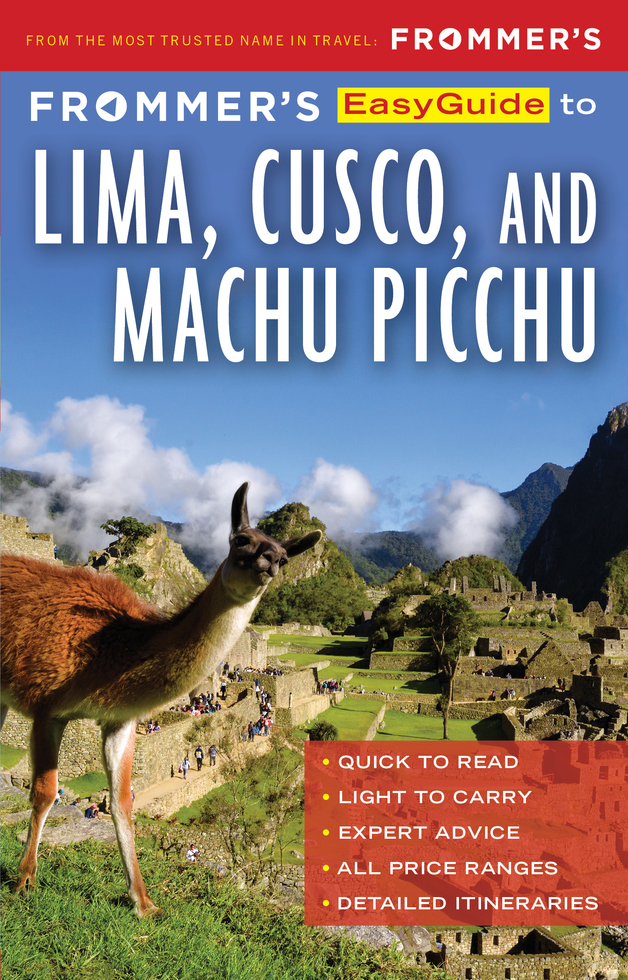
Buy the Paperback
Buy the e-book.
When you’re planning a once-in-a-lifetime trip, you want to do it right. That’s why generations of travelers have turned to Frommer’s for the sort of candid advice, rich cultural context, and invaluable practical info that are crucial to planning a memorable journey. This thorough yet portable guide has all you need to hit the highlights of Peru, including the mysterious hilltop citadel of Machu Picchu. Informative and engaging tips show readers how to get there and get around, while relating the Incan landmark’s fascinating history and making stops for authentic local experiences along the way. The book also covers Peru’s vibrant coastal capital city of Lima as well as the blend of Incan and Spanish colonial influences in timeless Cusco.
*Strategic itineraries , including for families and weeklong stays, so you can make the most of your time
*Candid reviews of the best restaurants, attractions, tours, shops, and experiences?and advice on the ones not worth your time and money
*Budget-planning help with the lowdown on prices and ways to save money, whether you’re traveling on a shoestring or in the lap of luxury
Other EasyGuides

- All Regions
- Australia & South Pacific
- Caribbean & Atlantic
- Central & South America
- Middle East & Africa
- North America
- Washington, D.C.
- San Francisco
- New York City
- Los Angeles
- Arts & Culture
- Beach & Water Sports
- Local Experiences
- Food & Drink
- Outdoor & Adventure
- National Parks
- Winter Sports
- Travelers with Disabilities
- Family & Kids
- All Slideshows
- Hotel Deals
- Car Rentals
- Flight Alerts
- Credit Cards & Loyalty Points
- Cruise News
- Entry Requirements & Customs
- Car, Bus, Rail News
- Money & Fees
- Health, Insurance, Security
- Packing & Luggage
- -Arthur Frommer Online
- -Passportable
- Road Trip Guides
- Alaska Made Easy
- Great Vacation Ideas in the U.S.A.
- Best of the Caribbean
- Best of Mexico
- Cruise Inspiration
- Best Places to Go 2024

Armchair travel around the world!
Start your reading adventures with our free reading atlas..

- Around the World in 14 Books
- 7 Thrilling Book Series
- 6 Audiobooks That Are Like Theater For Your Ears
We'll never share your email with anyone else. Promise.
Like what we do? Please support our Patreon!
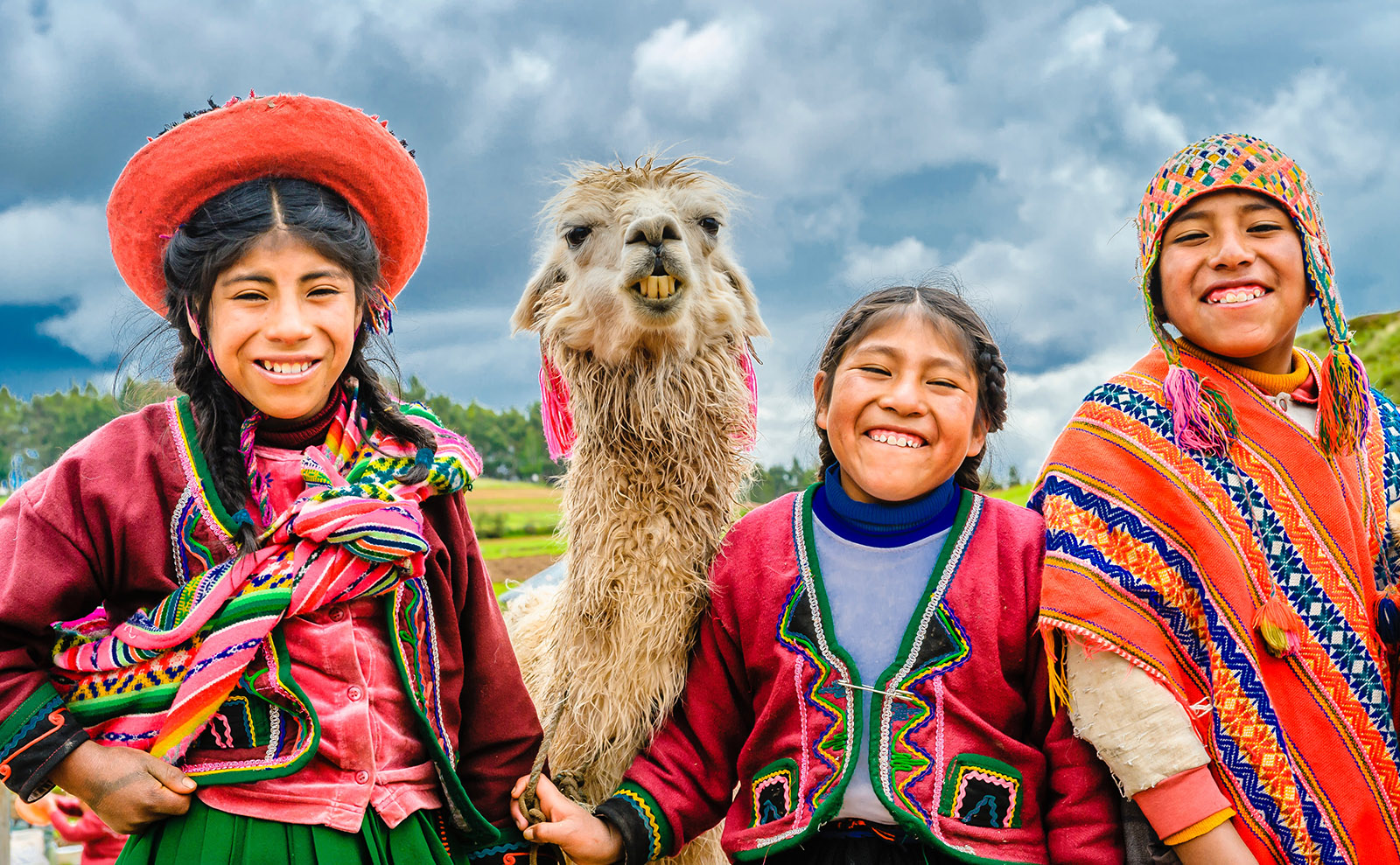
6 Great Books Set in Peru That We Love
Sure, you could go to Peru to hike through the mists at Machu Picchu or swim in the Pacific on a beautiful beach, or make friends with adorable alpacas. All of this is possible in the shadow of the Andes Mountains.
You might also dine on the world’s best fusion cuisine in Lima or Cuzco after a day spent wandering a world-class museum or flying over the mysterious Nazca Lines carved into the desert.
Here are six books set in Peru that took us to all these wonders on the page: two memoirs that illuminate Peru’s enchanted landscapes, two cookbooks that explore the culture and fusion cuisine, a detailed account of Incas vs. conquistadors, and a gorgeous novel of friendship and adventure.
To hear us discuss these books and more, listen to our podcast Peru: Andes Adventures, Fusion Food, and Piles of Gold .

The Bedlam Stacks - Natasha Pulley
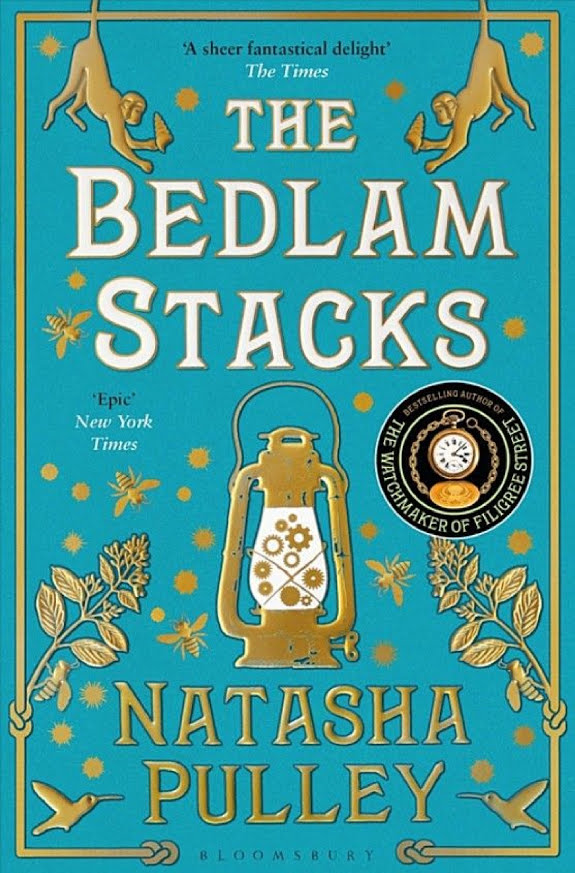
Purchase The Bedlam Stacks —

Bookshop.org is an online bookstore with a mission to financially support independent bookstores and give back to the book community.
This novel takes you high into the Andes mountains of 19th-century Peru and deep into the heart of native lore. It begins as an action story, but then unexpected magic slowly creeps in and bam! hits you in the solar plexus with romance, adventure, surprising revelations, and big feels.
When we meet our hero Merrick Tremayne, it’s 1859, and he’s at his family’s dilapidated estate in Cornwall, England, ostensibly recovering from a severe leg injury, but mostly hiding from the world and licking his wounds. A former smuggler with the East India Company, he’s mourning the loss of his career, his physical prowess, and a much-anticipated journey to Peru.
Then the India Office comes calling again, insisting that he continue with his mission to Peru to filch the bark of the cinchona tree, crucial for the treatment of malaria. It’s a terrible idea — he can barely walk, and his confidence is at an all-time low — but it’s also a terribly attractive idea. Soon, he’s on his way to South America, armed with a map, reassuring promises, and the help of his old friend, an able-bodied explorer.
Once they arrive at their destination — a village surrounded by forests in the Andes — they meet a band of locals that will change everything Merrick understands about himself and his family. { more }
‘So — to be clear,’ I said at last, because they had both been waiting for me to speak in a loaded silence that sounded a lot like they wanted to make sure I definitely could speak still. ‘We are being sent to steal a plant whose exact location nobody knows, in territory now defended by quinine barons under the protection of the government, and inhabited by tribal Indians who also hate foreigners and have killed everyone who’s got close in the last ten years.’ — Natasha Pulley
The Last Days Of The Incas - Kim MacQuarrie
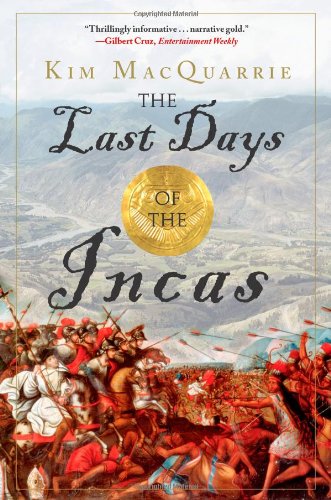
Purchase The Last Days Of The Incas —
How did Francesco Pizarro’s 168 Spanish conquistadors crush an empire of 10 million Incas? The Spanish were outnumbered 200-to-1, but they seized the Inca capital of Cuzco and rid themselves of Emperor Atahualpa in just one year. This is the amazing true story of how it all went down.
This historical re-enactment has everything: Shakespeare-level drama and intrigue, almost unimaginably large piles of silver and gold, Inca warriors, greedy conquistadors, guerrilla warfare, lifelong friendships that implode in moments of betrayal. It’s powerful and suspenseful, a 500-year-old story that feels fresh and relevant to current politics.
Author Kim MacQuarrie relates the events of the 36-year war between the Spanish and the Inca in compelling detail. It unfolds almost in real-time with a near day-to-day account of the tense conversations, battles, and behind-the-back negotiating (back-stabbing) that went on for decades among Pizarro, his brothers, the other conquistadors, and the Incas.
It’s an all-star cast of heroes and anti-heroes, all out to prove their manhood and get (or keep) the abundant treasures found in the Andes. { more }
Clouds choked their descent, the men losing sight of the front and rear ends of the column as the cavalry was suddenly converted into helmeted silhouettes, bathed in a light gray mist. Drops of water like perspiration collected on the Spaniards’ armor, coalescing into rivulets that then descended like tiny streams of quicksilver. They now followed their native guides single file down into the dark and alien underworld of the Amazon rain forest. The men sweated under their armor and cotton clothes while in the distance, sounds they had never before heard welled up—deep, lionlike roars that to the Spaniards sounded like the guardians of hell screaming, coupled with strange, haunting trills that wafted through the dripping forest and no doubt sent chills down many of their spines. — Kim MacQuarrie
Turn Right at Machu Picchu - Mark Adams
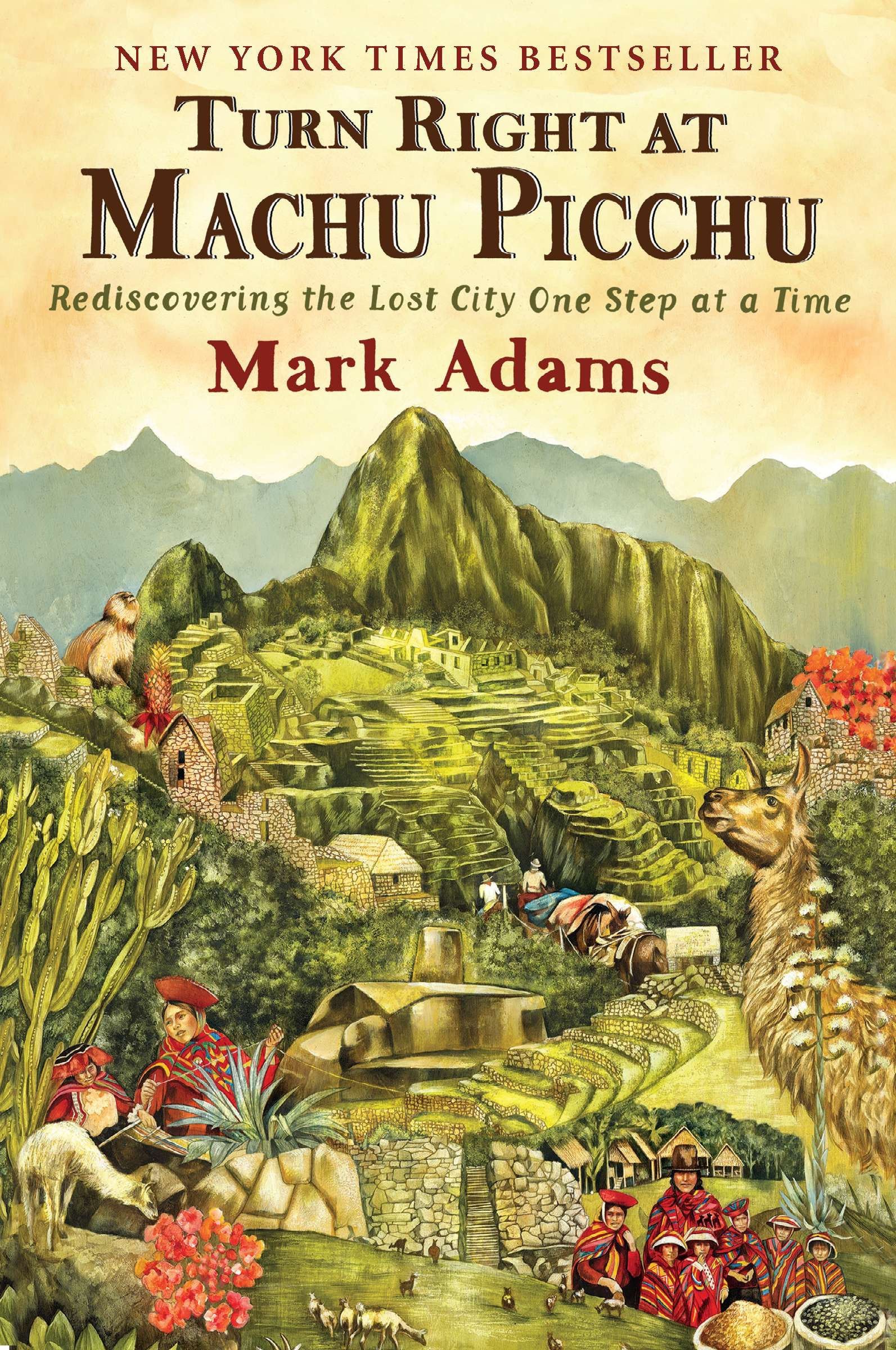
Purchase Turn Right at Machu Picchu —
Mark Adams was a successful editor for National Geographic Adventure Magazine , spending his days at a desk, writing about thrilling excursions, but not taking them himself. Then one day, he decided he needed an adventure, and he set out to retrace the steps of Hiram Bingham, who introduced Machu Picchu to the rest of the world in 1911.
Adams’ trek took him over 100 miles on foot through some of the most beautiful and challenging terrain on the Earth. He was joined on his journey by 60-something, vastly experienced Australian explorer John Leivers, a real-life mashup of Indiana Jones and Crocodile Dundee. This unlikely duo hires a crew of porters and llamas and a cook, then they set out to conquer the Andes.
This book is far better than it needs to be. What could have been a humorous fish-out-of-water story is, instead, a moving and inspiring story with plenty of insight. Through descriptive, conversational prose, Adams gives us a solid write-up of Hiram Bingham’s life and adventures, as well as an excellent summary of the arguments about why Machu Picchu even exists. { more }
On a globe it looks like a swollen California. Within that space, though, are twenty-thousand-foot peaks, the world’s deepest canyon (twice as deep as the Grand Canyon), unmapped Amazon jungle and the driest desert on Earth. — Mark Adams
The Boiling River - Andrés Ruzo
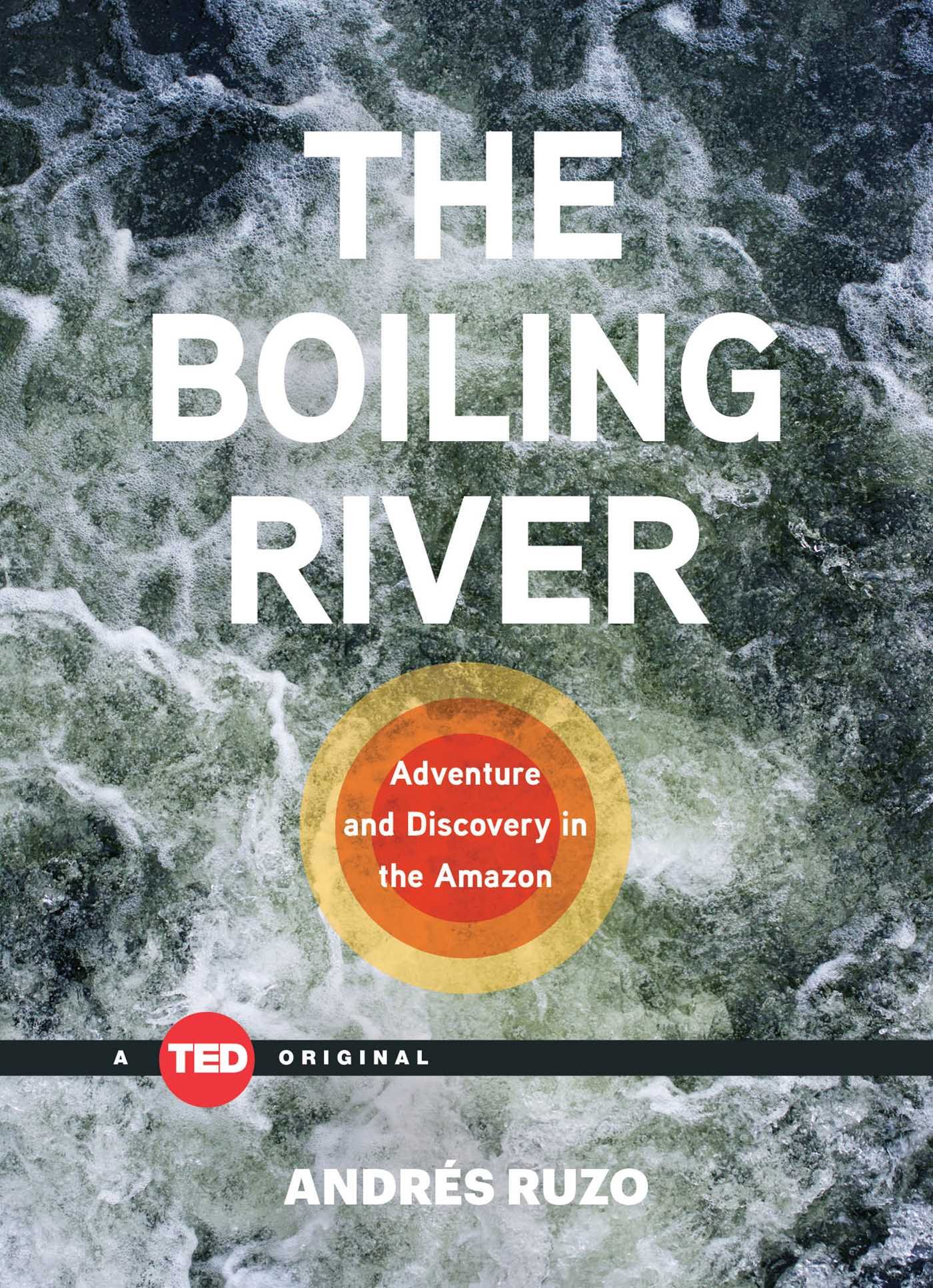
Purchase The Boiling River —
Andrés Ruzo’s grandfather had told him the legend of the boiling river in the rainforest of Peru. But when he asked his professors if a boiling river in the Amazon was possible, they unequivocally answered, ‘No.’ So he set out on an adventure to prove them wrong.
Buckle up for a geothermal thriller that combines enthralling adventure mixed and exciting scientific study. At the heart of the story is Ruzo, a geoscientist who became fascinated by stories of powerful shamans, silent warriors with poisoned arrows, spiders big enough to eat birds, and snakes that swallowed men whole, and a river that boiled.
With a shaman as his guide and mentor, Ruzo navigates obstacles of the plant, animal, and human world to find the boiling waters so hot that locals brew tea in the river. On his quest, he meets cattle farmers and loggers, runs afoul of government interests and political concerns, enjoys once-in-a-lifetime experiences, and walks along paths that have intrigued people for hundreds of years.
The world around us, he argues, is rich with amazing things; we still live in a world where shamen sing to the spirits of the jungle. { more }
I am standing on a rock in the middle of a river. Nighttime in the jungle pours around me. Instinctively, I reach up and turn off my headlamp. The blackness is complete now, and I pause, waiting. I had missed the darkness. I breathe in. The air is thick and abnormally hot, even for the Amazon. As my eyes adjust to the dark, the outline of the jungle slowly distinguishes itself from the night: blacks, grays, dark blues, even silvery whites. It’s amazing what we miss when the lights are on. The moon is hardly a sliver, and innumerable stars dominate the sky above, illuminating the vast jungle and bathing each leaf and rock with their soft light. All around me, vapors rise like ghosts in the starlight. Some are thin streams of mist; others are clouds so large that their billowing appears to be in slow motion. I lie down on the rock and am still, watching the steam rise into the night. — Andrés Ruzo
The Fire of Peru: Recipes and Stories from My Peruvian Kitchen - Ricardo Zarate, Jenn Garbee
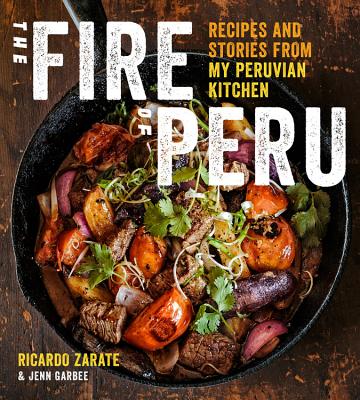
Purchase The Fire of Peru —
Ricardo Zarate has been called ‘the godfather of Peruvian cuisine’ with good reason. A graduate of culinary colleges in both Lima and London, he’s established restaurants in LA and Las Vegas that celebrate Peru’s irresistible combination of South American ingredients with international influences.
Zarate grew up in Lima’s oldest district in a large Catholic family with 13 kids. It was a family tradition for the elder siblings to help the younger get established in life. When his turn arrived, Zarate’s older brothers and sisters sent him to culinary school in Lima and later to London’s Westminster Culinary College. He eventually opened his first Peruvian restaurant: a lunch stand in a Hispanic market.
What makes this book a real stand-out is the headnotes that introduce each recipe and the informative sidebars sprinkled throughout. Zarate is a wonderful storyteller, and he packs charming details and helpful how-to tips in his notes. You, too, will want to hang out with his Uncle Lucio or learn to slice tuna sashimi-style at Zarate’s side.
So pour a pisco sour, pop some Andean corn, and maybe even spin an Yma Sumac tune on the hi-fi. { more }
My uncle Lucio on my mom’s side of the family was from the mountains, a man of pure Incan blood. In addition to Spanish, he spoke Quechua, the traditional language, and looked like a living Ekeko good luck charm, from his chiquito stature right down to his yankees, traditional shoes made from old tires. Mi tío never wavered from tradition, even when it came to snacks, and would only pop his maíz chulpe (large-kernel corn) straight up. In the Andes, herders stash the dried and toasted kernels in their packs as fuel for treks up the mountainside, and restaurants all over Peru serve the crunchy corn before a meal or as the traditional side for ceviche. — Ricardo Zarate
Ceviche: Peruvian Kitchen - Martin Morales
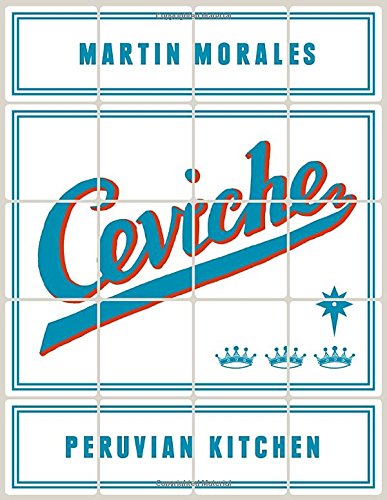
Purchase Ceviche —
Martin Morales has been cooking since he was 11 years old, learning his way around the kitchen with his great-aunts Carmela and Otilia. He may have started cleaning rice and peeling potatoes for his aunties, but now he calls the shots at his restaurants in London.
The book, in fact, opens with a quote from his Aunt Carmela, ‘Aquí se cocina con cariño,’ which means ‘here we cook with loving care.’ That sentiment shines on every page; there is no mention of food without an emotional attachment, a family story, a detail that connects the dish to Peruvian culture or history.
He recounts going to the beach with his father, sitting on the sand, eating ceviche from food stalls. He makes recipes for lomo saltado (beef stir-fry), antichuchos de corazón (beef-heart skewers), grilled fish, slow-simmered chicken, and crispy Andean corn feel like poetry.
A welcoming host and supportive guide in the kitchen, Morales embellishes his how-to tips with charming personal stories of his life in the kitchens of Lima and London with friends, family, and food. { more }
I spent as much time as I could on Makaha Beach in Lima, learning to surf and trying to tame the waves. I loved the Pacific Ocean and relished eating all the delicious fish and seafood that came from it. My father would take us to stalls in the nearby district of Chorrillos for ceviche. Sitting on the beach with the sun pounding down on me and my mouth alive with the lime and chile kick of ceviche was as exhilarating as riding the tallest wave. — Martin Morales
Top image courtesy of Alexander Schimmeck/Unsplash .
Want to keep up with our book-related adventures? Sign up for our newsletter!
keep reading
Ssop podcast ep. 20 — peru: andes adventures, fusion food, and piles of gold, embark on a big adventure to the andes in 19th-century peru with 'the bedlam stacks', snack like a peruvian with crispy andean popcorn and a smooth pisco sour, 8 instagrammers that capture the mystical beauty and luscious food of peru, peruvian lomo saltado inspired by the memoir 'turn right at machu picchu', sharing is caring.
Can you help us? If you like this article, share it your friends!
our mission
Strong Sense of Place is a website and podcast dedicated to literary travel and books we love. Reading good books increases empathy. Empathy is good for all of us and the amazing world we inhabit.
our patreon
Strong Sense of Place is a listener-supported podcast. If you like the work we do, you can help make it happen by joining our Patreon! That'll unlock bonus content for you, too — including Mel's secret book reviews and Dave's behind-the-scenes notes for the latest Two Truths and a Lie.
get our newsletter
- Weekly Round-up
- New Podcasts
This is a weekly email. If you'd like a quick alert whenever we update our blog, subscribe here.
no spoilers. ever.
We'll share enough detail to help you decide if a book is for you, but we'll never ruin plot twists or give away the ending.
super-cool reading fun
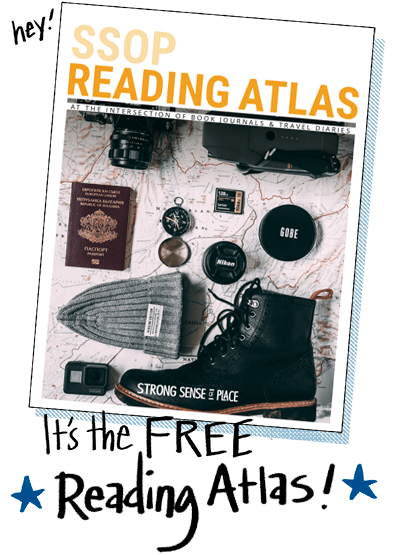
This 30-page Reading Atlas takes you around the world with dozens of excellent books and gorgeous travel photos. Get your free copy when you subscribe to our newsletter.
write to us
- send us an idea
- advertising
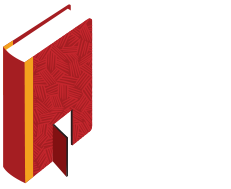
legal stuff
- privacy policy
- terms of use
- affiliate disclosure
- cookie policy
Content on this site is ©2024 by Smudge Publishing, unless otherwise noted. Peace be with you, person who reads the small type.
Book your individual trip , stress-free with local travel experts
- roughguides.com
- South America
- lima-and-around
- Travel guide
- Itineraries
- Local Experts
- Travel Advice
- Accommodation
Plan your tailor-made trip with a local expert
Book securely with money-back guarantee
Travel stress-free with local assistance and 24/7 support
Laid out across a wide, flat, alluvial plain, Lima’s buildings fan out like a concrete phoenix in long, straight avenues and roads from its centre. The old colonial heart, Lima Centro, is of both architectural and cultural interest as well as being the seat of government and religion. South of here, along and just inland from the ocean cliff top, the modern centre of Miraflores, where most tourists stay, buzzes with shoppers by day and partiers by night. East along the coast a few kilometres, what was once a separate seaside suburb and artists’ quarter, Barranco, still boasts both tradition and a vibrant atmosphere. Between Miraflores and Lima Centro, jammed between the Paseo de la República and the Avenida Arequipa main roads that connect them, rise the skyscraping banks of San Isidro, Lima’s heaving commercial centre.
Brief history
Accommodation in lima, arts, culture and entertainment in lima, shopping in lima, lima drinking and nightlife, eating in lima, lgbt travel information for lima, lima centro, lima’s suburbs.
To the west, the city reaches a fine finger of low-lying land pointing into the Pacific; this is Callao, the rather down-at-heel port area, close to the airport. The shantytowns that line the highways, meanwhile, continue to swell with new arrivals from the high Andes, responsible in large part for the dramatic surge in Lima’s population in recent years.
Lima’s climate seems to set the city’s mood: in the height of summer (December to March) it fizzes with energy and excitement, though during the winter months (June to September) a low mist descends over the arid valley in which the city sits, forming a solid grey blanket – what Limeños call garua – from the beaches almost up to Chosica in the foothills of the Andes; it’s a phenomenon made worse by traffic-related air pollution, which dampens the city’s spirit, if only slightly.
Tailor-made travel itineraries for Peru, created by local experts

8 days / from 2429 USD
Peru: into the Incan Empire
Who were the Incas? What did they do? What happened to them? Discover the answers, and much more, with this unique trip into the heart of the former Inca Empire.

8 days / from 2822 USD
Female Empowerment Tour
From meditations in Miraflores over visits to craftswomen in Chincheros to gratitude rituals in the Sacred Valley. This itinerary will allow you to reconnect with your feminine energy and learn more about women's lives in Peru.

19 days / from 3510 USD
Culture, Nature and Adventure in Peru
Get to know Peru through its locals and breathtaking trails- full of history. Hop aboard a motorboat to get to know the local way of life of the Uros people, before you start the great Inca trail, where beautiful landscapes, archaeological sites and fresh air are waiting for you.
Tailor-made trips for Peru
When the Spanish first arrived here in 1533, the valley was dominated by three important Inca-controlled urban complexes: Carabayllo, to the north near Chillón; Maranga, now partly destroyed, by the Avenida La Marina, between the modern city and the Port of Callao; and Surco, now a suburb within the confines of greater Lima but where, until the mid-seventeenth century, the adobe houses of ancient chiefs lay empty yet painted in a variety of colourful images. Now these structures have faded back into the sandy desert terrain, and only the larger pyramids remain, protruding here and there amid the modern concrete urbanization.
The sixteenth century
Francisco Pizarro founded Spanish Lima, nicknamed the “City of the Kings”, in 1535. The name is thought to derive from a mispronunciation of Río Rimac, while others suggest that the name “Lima” is an ancient word that described the lands of Taulichusco, the chief who ruled this area when the Spanish arrived. Evidently recommended by mountain Indians as a site for a potential capital, it proved a good choice – apart perhaps from the winter coastal fog – offering a natural harbour nearby, a large well-watered river valley and relatively easy access up into the Andes.
Since the very beginning, Lima was different from the more popular image of Peru in which Andean peasants are pictured toiling on Inca-built mountain terraces. By the 1550s, the town had developed around a large plaza with wide streets leading through a fine collection of elegant mansions and well-stocked shops run by wealthy merchants, rapidly developing into the capital of a Spanish viceroyalty which encompassed not only Peru but also Ecuador, Bolivia and Chile. The University of San Marcos, founded in 1551, is the oldest on the continent, and Lima housed the Western Hemisphere’s headquarters of the Spanish Inquisition from 1570 until 1820. It remained the most important, the richest, and – hardly believable today – the most alluring city in South America, until the early nineteenth century.
The seventeenth century
Perhaps the most prosperous era for Lima was the seventeenth century. By 1610 its population had reached a manageable 26,000, made up of forty percent black people (mostly slaves); thirty-eight percent Spanish people; no more than eight percent pure Indian; another eight percent (of unspecified ethnic origin) living under religious orders; and less than six percent mestizo, today probably the largest proportion of inhabitants. The centre of Lima was crowded with shops and stalls selling silks and fancy furniture from as far afield as China. Rimac, a suburb just over the river from the Plaza Mayor, and the port area of Callao, both grew up as satellite settlements – initially catering to the very rich, though they are now fairly run down.
The eighteenth century
The eighteenth century, a period of relative stagnation for Lima, was dramatically punctuated by the tremendous earthquake of 1746, which left only twenty houses standing in the whole city and killed some five thousand residents – nearly ten percent of the population. From 1761 to 1776 Lima and Peru were governed by Viceroy Amat, who, although more renowned for his relationship with the famous Peruvian actress La Perricholi, is also remembered for spearheading Lima’s rebirth. Under his rule, the city lost its cloistered atmosphere, and opened out with broad avenues, striking gardens, Rococo mansions and palatial salons. Influenced by the Bourbons, Amat’s designs for the city’s architecture arrived hand in hand with other transatlantic reverberations of the Enlightenment, such as the new anti-imperialist vision of an independent Peru.
The nineteenth century
In the nineteenth century Lima expanded still further to the east and south. The suburbs of Barrios Altos and La Victoria were poor from the start; above the beaches at Magdalena, Miraflores and Barranco, the wealthy developed new enclaves of their own. These were originally separated from the centre by several kilometres of farmland, at that time still studded with fabulous pre-Inca huacas and other adobe ruins - eg. Huaca Pucllana . Lima’s first modern facelift and expansion was effected between 1919 and 1930, revitalizing the central areas. Under orders from President Leguia, the Plaza San Martín’s attractive colonnades and the Gran Hotel Bolívar were erected, the Palacio de Gobierno was rebuilt and the city was supplied with its first drinking-water and sewage systems.
Modern Lima
Lima’s rapid growth has taken it from 300,000 inhabitants in 1930 to over nine million today, mostly accounted for by the massive immigration of peasants from the provinces into the pueblos jovenes (“young towns”, or shantytowns) now pressing in on the city. The ever-increasing traffic is a day-to-day problem, yet environmental awareness is rising almost as fast as Lima’s shantytowns and neon-lit, middle-class suburban neighbourhoods, and air quality has improved over the last ten years for the nine-million-plus people who live here.
Lima continues to grow, perhaps faster than ever, and the country’s economy is booming even in the face of serious slowdowns in some of Peru’s traditional markets, namely Europe and the US. The city is as varied as any in the developing world: while many of the thriving middle class enjoy living standards comparable to, or better than, those of the West, and the elite ride around in chauffeur-driven Cadillacs and fly to Miami for their monthly shopping, the vast majority of Lima’s inhabitants endure a constant struggle to put either food on the table or the flimsiest of roofs over their heads.
There are three main areas in which to stay. Most travellers on a budget end up in Lima Centro, in one of the traditional gringo dives around the Plaza Mayor or the San Francisco church. These are mainly old buildings and tend to be full of backpackers, but they aren’t necessarily the best choices in the old centre, even in their price range, as most of them are poorly maintained. If you can spend a little bit more and opt for mid-range, you’ll find some interesting old buildings bursting with atmosphere and style. If you’re into nightlife and want to stay somewhere with a downtown feel, with access to the sea, opt for a hotel further out of the city in Miraflores, which is still close to the seafront as well as home to most of Lima’s nightlife, culture and shops. However, most hostels here start at around S/50 per person, and quite a few hotels go above S/350. The trendy ocean-clifftop suburb of Barranco is increasingly the place of choice for the younger traveller. Apart from the artists’-quarter vibe and the clubs and restaurants, though, the area has little to offer in the way of sights. Other suburban options include San Isidro, mainly residential but close to some of the main bus terminals; and San Miguel, a mostly rather down-at heel suburb, close to the clifftop and extending from Miraflores towards La Perla and Callao.
Going to the cinema and theatre is an important part of life in Lima. Peruvians are a well-cultured people with a passion and intuitive understanding of everything from Latin music and fine arts to ancient textiles and traditional Andean dance forms. Peruvian culture is very much alive and most locals know dozens of songs and several folk dances, as well as being able to dance salsa with the best of them. Lima’s cultural centres, often associated with one of the local universities, are often the best place to catch innovative films, music shows and drama. The best source of information about film, theatre, sporting events and exhibitions is the daily El Comercio, especially its Friday supplement.
When it comes to shopping in Peru’s towns and cities, Lima is the most likely to have what you’re looking for. It’s certainly your best bet for shoes and clothing, particularly if you want a large selection to choose from. The same is true of electronic goods, stationery and music, though bear in mind that most Limeños who can afford it do their main shopping in Miami. Lima also has a good selection of reasonably priced arts and crafts markets and shops.
Craft-shopping in Lima
Lima is a treasure-trove of Peruvian artesanía, with woollen goods, crafts and gemstones among the best souvenirs. Artesanía shops tend to cluster in particular areas, and there are some dedicated craft markets too. Avenida La Paz in Miraflores boasts several shops selling precious metals, gemstones and antiques shops, with many places devoted to silverwork and other jewellery. Some of the cheapest traditional crafts in Peru can be found in an artesanía market area en route to Callao (or the Parque de Las Leyendas), located by the roadside blocks 6–8 of Avenida La Marina, in Pueblo Libre. The Mercado Indio, on Avenida Petit Thouars between blocks 48 and 54 (between Av Ricardo Palma and Av Angamos) is much more central, reasonably priced and home to the best craft and souvenir stalls and shops, all well within walking distance of Miraflores centre. Artesanía Gran Chimu, Av Petit Thouars 5495, has a wide range of jewellery and carved wooden items, as does Mercado Artesanal, Av Petit Thouars 5321. At La Rotunda, the small circular area towards the bottom (ocean) end of Parque Kennedy in Miraflores, a small selection of reasonable-quality crafts and antiques are displayed every evening (6–9pm).
Lima’s nightlife is more urban, modern and less traditional than in cities such as Cusco and Arequipa; Barranco is the trendiest and liveliest place to hang out. The city has an exciting club scene, with the majority of its popular bars and discos located out in the suburbs of San Isidro and Miraflores. In the summer months (Jan–March) the party sometimes carries on down the coast to the resort of Asia, 110km south, where there are some surprisingly sophisticated nightclubs.
As far as the live music scene goes, the great variety of traditional and hybrid sounds is one of the best reasons for visiting the capital, with folk group peñas, Latin jazz, rock, reggae and reggaeton all popular. All forms of Peruvian music can be found here, some – like salsa and Afro-Peruvian – better than anywhere else in the country. Even Andean folk music can be close to its best here (though Puno, Cusco and Arequipa are all more probable contenders).
Lima boasts some of the best restaurants in the country, serving not only traditional Peruvian dishes, but cuisines from all over the world. Many of the more upmarket places fill up very quickly, so it’s advisable to reserve in advance. In recent years a large number of cafés have sprung up around Miraflores and Barranco, many offering free wi-fi and providing snacks as well as coffee. Lima Centro is less well served by cafés, though there are a few appealing options.
Lima on a plate
Among South American capitals, Lima ranks alongside Rio and Buenos Aires for its selection of places to eat and drink, with restaurants, bars and cafés of every type and size crowding every corner of the city, from expensive hotel dining rooms to tiny, set-meal street stalls. What makes the local cuisine so special is a combination of diverse cultural ingredients (Andean, Spanish, Italian, African and Chinese in particular) alongside perhaps the world’s greatest store of indigenous edible plants, a by-product of Peru’s great biodiversity and range of ecosystems. Having the world’s largest forest and source of plants just on the other side of the Andes, in the Amazon Basin, and a good range of climates, Peru can boast that a lot of its food originated here. This ready availability has helped shape the culinary habits of the modern city, whose citizens take for granted fresh and varied food of great quality. Regardless of class or status, virtually all Limeños eat out regularly – and a meal out usually ends up as an evening’s entertainment in itself.
Lima specialities
Widely acclaimed as one of the world’s great culinary destinations, Lima is a paradise for food enthusiasts. As well as a wide array of delicious meat-, rice- and vegetable-based criolla dishes, you’ll come across the highly creative novo andino cuisine, often pairing alpaca steaks with berries or cheese sauces from lush Andean farms, and best appreciated in Lima’s finest restaurants. Below are a few specialities that your taste buds will thank you for trying.
Seafood is particularly good in Lima, with ceviche – raw fish or seafood marinated in lime juice and served in dozens of possible formulas with onions, chillis, sweetcorn and sweet potatoes – a must-try.
These spicy mussels are best sampled near the port area of Callao.
This traditional goat feast has made its way to Lima from the northern coast of Peru; as well as tender goat meat, the dish incorporates a sauce made with chicha de jorra (rustic maize beer), yellow chillis, zapallo squash, onions and garlic, plus yuca and lots of fresh coriander, served with rice.
From northern Peru, this is a dish of duck and rice prepared as in the city of Chiclayo, with oranges, spices, beer, brandy, peas and peppers. It’s such a popular dish you’ll probably come across it in all regions of the country.
A good cut of beef roasted in a red sauce, ususally served with pure de papas (smooth, garlic-flavoured mashed potatoes).
The staple at the thousands of broaster restaurants found in every corner of Peru: essentially, spit- or oven-roasted chicken with chips, and often a very meagre salad on the side.
This is the Inca word for guinea pig, one of the most common foods for Andean country folk, but also something of a delicacy which can be found everywhere from backstreet cafés to the best restaurants in Lima, Cusco and Arequipa. There are various ways to prepare cuy for the plate, but cuy chactado (deep-fried) is one of the most common.
Pisco is Peru’s clear, grape-based brandy, which forms the heart of the national drink – pisco sour. The pisco, crushed ice, fresh lime juice, plus a sweetener and egg white, are whisked together with a bitter added at the end. It’s refreshing and sometimes surprisingly potent.
Since the gay and lesbian scene is relatively small, there are few gay meeting places, though the main park and Larco Mar centre in Miraflores can be cruisey in the evenings. Lima society has begun to grow more tolerant, but this does depend on which area you’re in. The male culture, however, is still primarily macho, so as a visitor, keeping a relatively low profile makes for an easier time.
With all its splendid architectural attractions, Lima Centro might well be expected to have a more tourist-focused vibe than it does. In reality, though, the neighbourhood is very much a centre of Limeños’ daily life. The main axis is formed by the parallel streets – Jirón de la Unión and Jirón V Carabaya – connecting the grand squares of the Plaza San Martín and Plaza Mayor. Here the roads are narrow and busy, bringing together many of the city’s office workers with street workers and slightly downmarket shops. There are many fine buildings from the colonial and Republican eras, overhung with ornate balconies, yet apart from a few – notably the Presidential Palace and Torre Tagle – these are in a poor state of repair. To the north you’ll find the slightly run-down, but fascinating Rimac suburb, home to the city’s bullring. South of the two main plazas, some lavish parks and galleries are within walking distance.
The old centre of Lima is surrounded by a number of sprawling suburbs, or distritos, which spread across the desert between the foothills of the Andes and the coast. Just south of Lima Centro lies the lively suburb of Miraflores, a slick, fast-moving and very ostentatious mini-metropolis, which has become Lima’s business and shopping zone. South of Miraflores begins the oceanside suburb of Barranco, one of the oldest and most attractive parts of Lima, above the steep sandy cliffs of the Costa Verde, hosting a small nightlife enclave. Sandwiched between Lima Centro and Miraflores is the plush suburb of San Isidro, boasting both the city’s main commercial and banking sector and a golf course surrounded by sky-scraping apartment buildings. West of here, Pueblo Libre is older, an established home to several good museums. To the east lies San Borja, a more recently constructed district with another fine museum, the Museo de la Nación. The city’s port area, Callao, is an atmospheric, if rather old and insalubrious zone tapering into the western peninsula of La Punta, with its air of slightly decayed grandeur. The suburb of La Victoria, on the other side of central Lima from Callao, contains some once-fine plazas and buildings, but is better known these days for its bus depots and pickpockets. Lima city’s sprawl means that there are massive urbanizations to the north, the south, and into the western foothills, where the upmarket suburb of Monterrico is found.
Most of Lima’s popular city beaches, like the surfers’ hangout of Playa Wakiki, are directly below the sea-facing cliffs of Miraflores, visible from the Larco Mar commercial complex and accessible on foot from Parque Kennedy.
Fishermen’s Wharf
Down beside the pounding rollers lies the Costa Verde beach area, so named because of vegetation clinging to the steep sandy cliffs. A bumpy road follows the shore from an exclusive yacht club and the Chorrillos Fishermen’s Wharf northwest past both Barranco and Miraflores, almost to the suburb of Magdalena. The sea is cold here, but the surfers still brave it. The Fishermen’s Wharf (around S/1) is always an interesting place for a stroll, surrounded by pelicans and, early in the day, fishermen unloading their catch, which is delivered immediately to the neighbouring market. The outdoor restaurants here compete vigorously for customers; all of them are pretty good and, not surprisingly, have a reputation for serving the freshest ceviche in Lima.
Museo Arqueológico Larco Herrera
The quiet backstreets of Pueblo Libre are home to one of Lima’s most unusual attractions, the Museo Arqueológico Larco Herrera, which contains hundreds of thousands of excellently preserved ceramics, many of them Chiclin or Mochica pottery from around Trujillo. The mansion itself is noteworthy as a stylish casa Trujillana, in the style of the northern city where this collection was originally kept. The museum houses the largest collection of Peruvian antiquities in the world and is divided into three sections: the main museum, which contains an incredible range of household and funerary ceramics; the warehouse museum, with shelf after shelf stacked with ceramics; and the erotic art museum, holding a wide selection of sexually themed pre-Inca artefacts – mainly from the explicit Mochica culture – which tends to attract the most interest.
Parque Kennedy
Miraflores’ central area focuses on the attractive, almost triangular Parque Kennedy (or Miraflores Central Park) at the end of Avenida Arequipa. Neatly grassed and with some attractive flowerbeds, the park divides into four areas of activity: at the top end is the pedestrian junction where the shoeshiners hang out; further down there’s a small amphitheatre, which often has mime acts or music; next you come to a raised and walled, circular concrete area, which has a good craft and antiques market set up on stalls every evening; and just down from here is a small section of gardens and a children’s play area. Painters sell their artwork in and around the edges of the park, particularly on Sundays – some quite good, though it’s aimed at the tourist market. The streets around the park are lined with smart cafés and bars, and crowded with shoppers, flower-sellers and car-washers.
Discover more places in Peru
- Huaca Pucllana
The Rough Guides to Peru and related travel guides
In-depth, easy-to-use travel guides filled with expert advice.

Find even more inspiration here

Planning your own trip? Prepare for your trip
Use Rough Guides' trusted partners for great rates
written by Rough Guides Editors
updated 26.04.2021
Ready to travel and discover Peru?
Get support from our local experts for stress-free planning & worry-free travels.
- Where to stay
- Travel advice
- South America
DK Eyewitness Peru

get a closer look

Published by DK Eyewitness Travel
Rrp: $24.99, about dk eyewitness peru.
Whether you want to chow down on deliciously fresh ceviche in Lima, descend into the wildlife-filled Amazon, or take the trail to Machu Picchu, your DK Eyewitness travel guide makes sure you experience all that Peru has to offer. With its scorched coastal deserts, steamy jungles and snow-capped mountains, Peru is blessed with beautiful scenery. These spectacular landscapes are an adventurer's playground, too, offering everything from hiking to biking and more. Beyond this lie ancient Inca cities, charming old-world towns and some of the most mouthwatering food in all of South America. Our updated 2022 travel guide brings Peru to life, transporting you there like no other travel guide does with expert-led insights, trusted travel advice, detailed breakdowns of all the must-see sights, photographs on practically every page, and our hand-drawn illustrations which place you inside the country's iconic buildings and neighborhoods. DK Eyewitness Peru is your ticket to the trip of a lifetime. Inside DK Eyewitness Peru you will find: - A fully-illustrated top experiences guide: our expert pick of Peru’s must-sees and hidden gems - Accessible itineraries to make the most out of each and every day - Expert advice: honest recommendations for getting around safely, when to visit each sight, what to do before you visit, and how to save time and money - Color-coded chapters to every part of Peru, from Cusco to the Central Sierra, Cordillera Blanca to the Amazon Basin - Practical tips: the best places to eat, drink, shop and stay - Detailed maps and walks to help you navigate the region country easily and confidently - Covers: Central Lima, Miraflores and San Isidro, Barranco, Beyond the Center, The Southern Coast, Arequipa, Canyons and Lake Titicaca, Cusco and the Sacred Valley, Central Sierra, Cordillera Blanca, The Northern Desert, The Northern Highlands, The Amazon Basin About DK Eyewitness: At DK Eyewitness, we believe in the power of discovery. We make it easy for you to explore your dream destinations. DK Eyewitness travel guides have been helping travellers to make the most of their breaks since 1993. Filled with expert advice, striking photography and detailed illustrations, our highly visual DK Eyewitness guides will get you closer to your next adventure. We publish guides to more than 200 destinations, from pocket-sized city guides to comprehensive country guides. Named Top Guidebook Series at the 2020 Wanderlust Reader Travel Awards, we know that wherever you go next, your DK Eyewitness travel guides are the perfect companion.
- BUCKET LISTS
- TRIP FINDER
- DESTINATIONS
- 48HR GUIDES
- EXPERIENCES

- DESTINATIONS South Carolina 3 Ways to Get Wet and Wild in Myrtle Beach BY REGION South America Central America Caribbean Africa Asia Europe South Pacific Middle East North America Antarctica View All POPULAR Paris Buenos Aires Chile Miami Canada Germany United States Thailand Chicago London New York City Australia
- EXPERIENCES World Wonders 14 Landmarks That Should Be Considered World Wonders BY EXPERIENCE Luxury Travel Couples Retreat Family Vacation Beaches Culinary Travel Cultural Experience Yolo Winter Vacations Mancations Adventures The Great Outdoors Girlfriend Getaways View All POPULAR Cruising Gear / Gadgets Weird & Wacky Scuba Diving Skiing Hiking World Wonders Safari
- TRIP FINDER Peruvian Amazon Cruise BY REGION South America Central America Caribbean Africa Asia Europe South Pacific Middle East North America Antarctica View All POPULAR Colors of Morocco Pure Kenya Costa Rica Adventure Flavors of Colombia Regal London Vibrant India Secluded Zanzibar Gorillas of Rwanda
- Explore Bucket Lists
- View My Bucket Lists
- View Following Bucket Lists
- View Contributing to Lists
The Best Books to Read Before You Go to Peru

You will need to make some preparations for Peru before you leave, and one of the best ways to start getting ready for the cultural, linguistic, climatic, artistic and religious differences of the place is to read about them. This way you will be much better informed when you finally see the animals, cities and sights and understand them so much better.
There are numerous travel guides, language books and interesting stories to read about this South American nation. Lonely Planet, Rough Guides, Footprint, Fodors, Insight Guides, National Geographic Traveler and Frommers are just some of the publishers who produce travel guides to Peru. It’s probably worth picking up their language guides as well, as any Spanish words you know will help you get more comfortably through this Spanish-speaking nation.
If you want a history lesson you might want to pick up some books on the Incan civilization. Look out for The Conquest of the Incas by John Hemming highlighting Pizarro’s conquest of Peru and the search for El Dorado in the 1530’s. There’s plenty of information here on cities and sites you will probably visit.
The Incas and Their Ancestors: The Archaeology of Peru by Ruth M. Wright et al is a comprehensive guidebook to Machu Picchu with fold-out archaeological maps, photographs and plenty of information so you will be able to navigate the place easily. The Inca Empire and Its Andean Origins by Craig Morris and Adriana Von Hagen is a photographic coffee table book that you can revel in before or after the trip, it is probably too big to take with you. Another historical text is The Peru Reader: History, Culture, Politics by Orin Starn. It gives a good introduction to the country’s political and social development.
If you’re planning on visiting wildlife areas or any of the tropical forests where you might glimpse something exotic, then Peru - The Traveller’s Wildlife Guides by David L. Pearson is a good choice. It will help you identify various animal and plant life.
Because eating is just as much a part of the travel experience as anything else, you should acquaint yourself with the eating experiences of Peru before you go also. Eat Smart in Peru: How to Decipher the Menu, Know the Market Foods & Embark on a Tasting Adventure by Joan Peterson has photographs and illustrations that will probably have you salivating before you go. Another cultural guide is Peru - Culture Smart!: a quick guide to customs and etiquette by John Forrest and Julia Porturas. This book provides essential information on beliefs, behavior and attitudes in Peru to give you a bit of insight into what to do and what to expect in certain situations. It might just help you steer clear of some faux pas!
Those seeking something a little more adventurous might like to get their hands on two of the books written about the crash of Uruguayan Air Force Flight 571 in the Andes mountains in 1972. Many probably recall the film made starring Ethan Hawke that re-enacted the disaster so vividly. The plane initially carried 45 rugby team players and associates but only 18 eventually made it out from the mountains after the horror crash, harsh environment, cold, starvation and avalanches claimed the lives of the others.
Miracle in the Andes: 72 Days on the Mountain and My Long Trek Home by Nando Parrado was written by one of the survivors 34 years after they were rescued. Parrado was one of the two people who finally walked out of the mountains to get help. The other book about the event is Alive: The Story of the Andes Survivors by Piers Paul Read and published two years after their rescue. Read interviewed the survivors and their families about the crash.
Another tragic tale about survival in the Andes is Touching the Void by Joe Simpson. The book relates Simpson and Simon Yates’s near fatal climb of Siula Grande in 1985. Simpson fell on the descent and broke his leg, so Yates helped him off the peak by belaying him on a rope down the mountain. Disaster struck when he was lowered off a cliff and Yates had to cut the rope between them or they would both perish. Simpson survived the subsequent 100ft fall and managed to crawl back down the mountain over several days to rescue.
If you wish to receive a more personal insight into the flavors of Peruvian life you might like to get hold of some of the books and essays by Mario Vargas Llosa. Other well known writers include Alfredo Bryce Echenique, Ciro Alegria, Cesar Vallejo and Jaime Bayly. Another famous Latin American to write about Peru was Ernesto Che Guevara who spent several weeks at the San Pablo leprosarium and also visited Lima. You can read about his travels in The Motorcycle Diaries .
How to Avoid Altitude Sickness in Peru
The ultimate guide to planning a trip to peru, how family-friendly is peru, the vampire crazed teenage girl’s guide to twilight's forks, top 10 things to do in st. vincent & the grenadines, navigating dublin according to james joyce, world wonders, these are the most peaceful countries on the planet, the great outdoors, deserts in bloom: 6 spots for springtime wildflower watching, how to plan a luxury safari to africa, british columbia, yoho national park is the most incredible place you've never heard of.
- Editorial Guidelines
- Submissions
The source for adventure tourism and experiential travel guides.
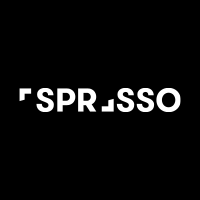
The best places to travel in 2024
Posted: 6 December 2023 | Last updated: 6 December 2023

1 – Paris, France
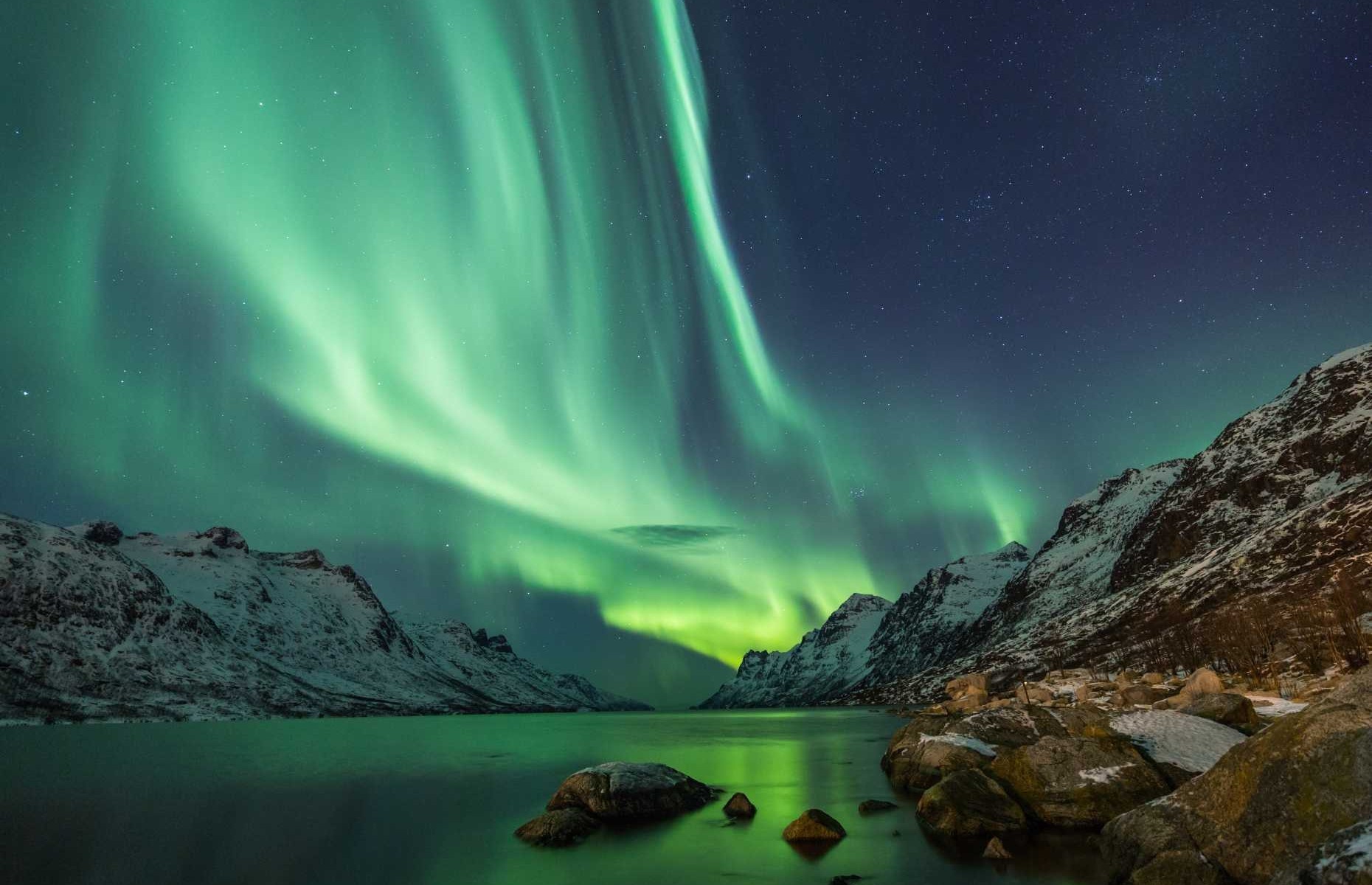
2 – Iceland
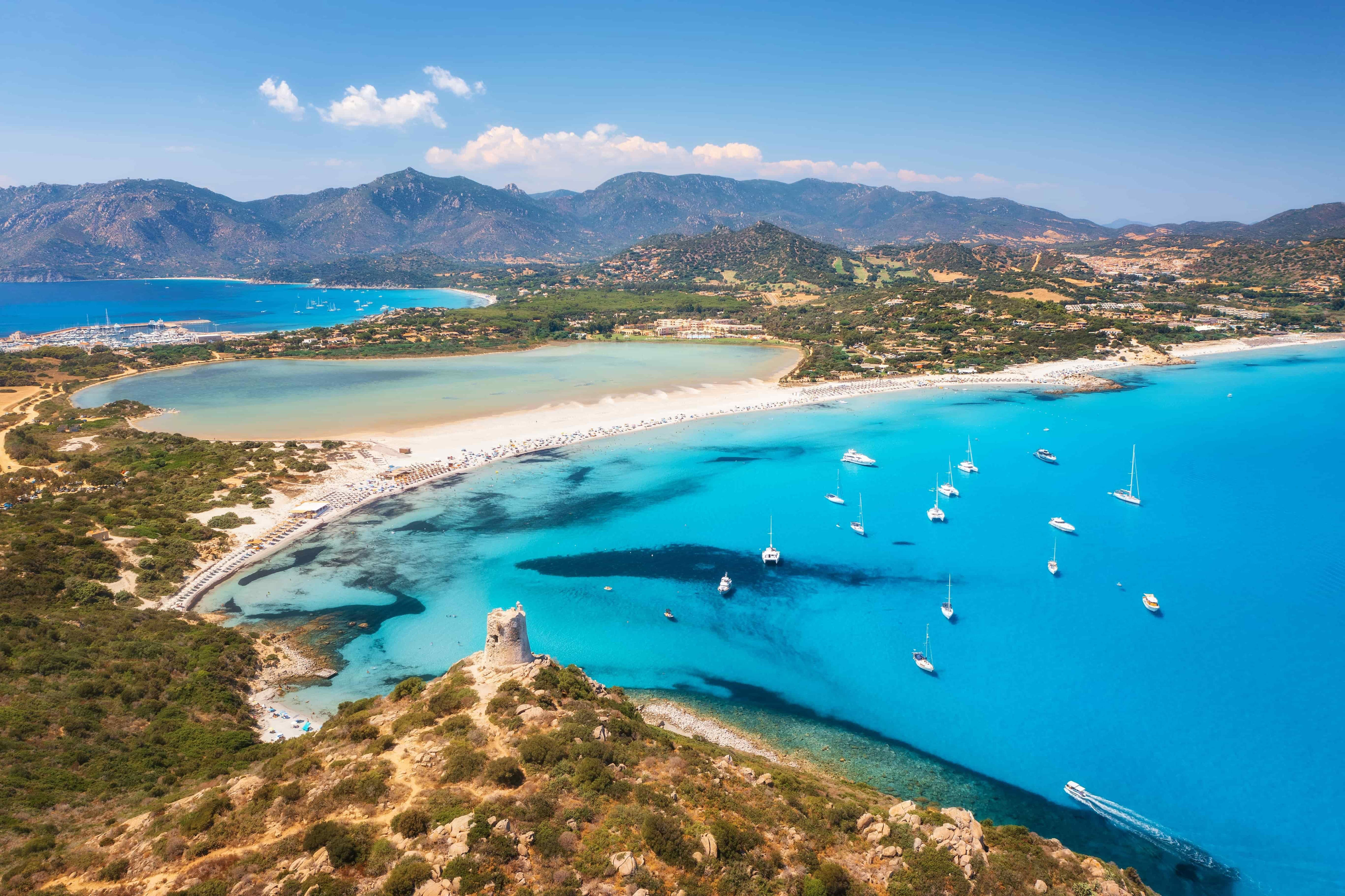
3 - Sardinia, Italy
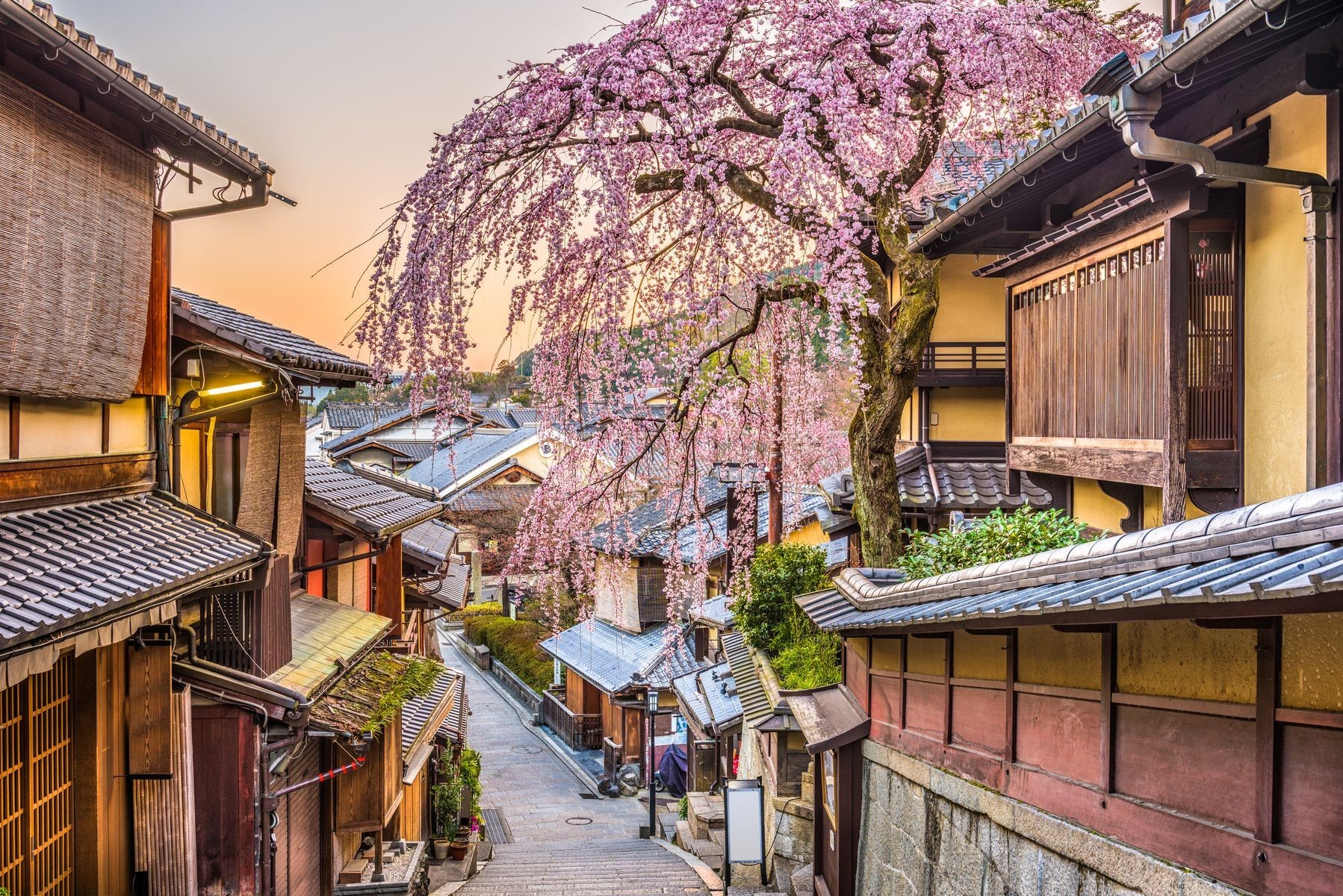
5 – Prince Edward Island, Canada
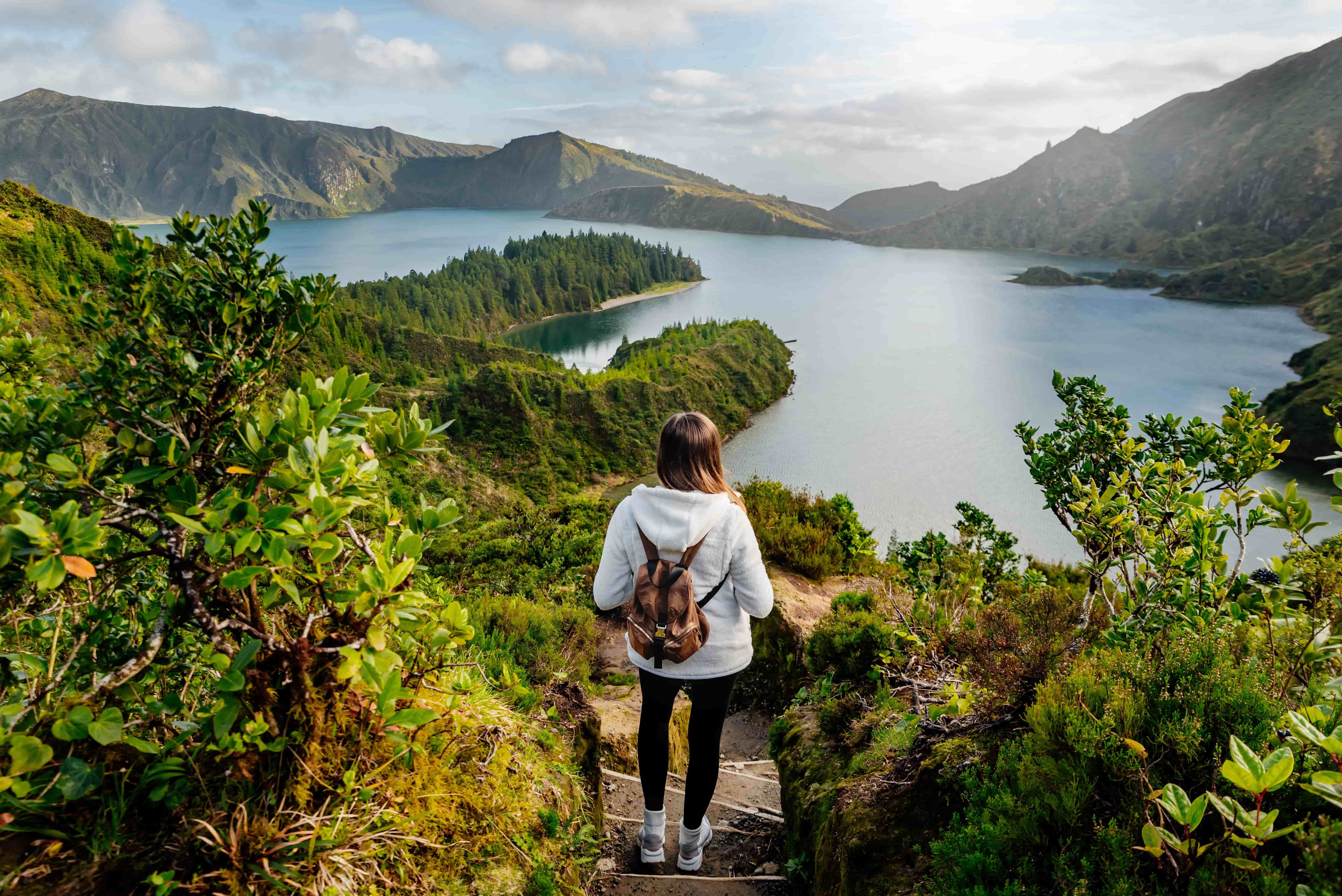
6 – São Miguel, Portugal
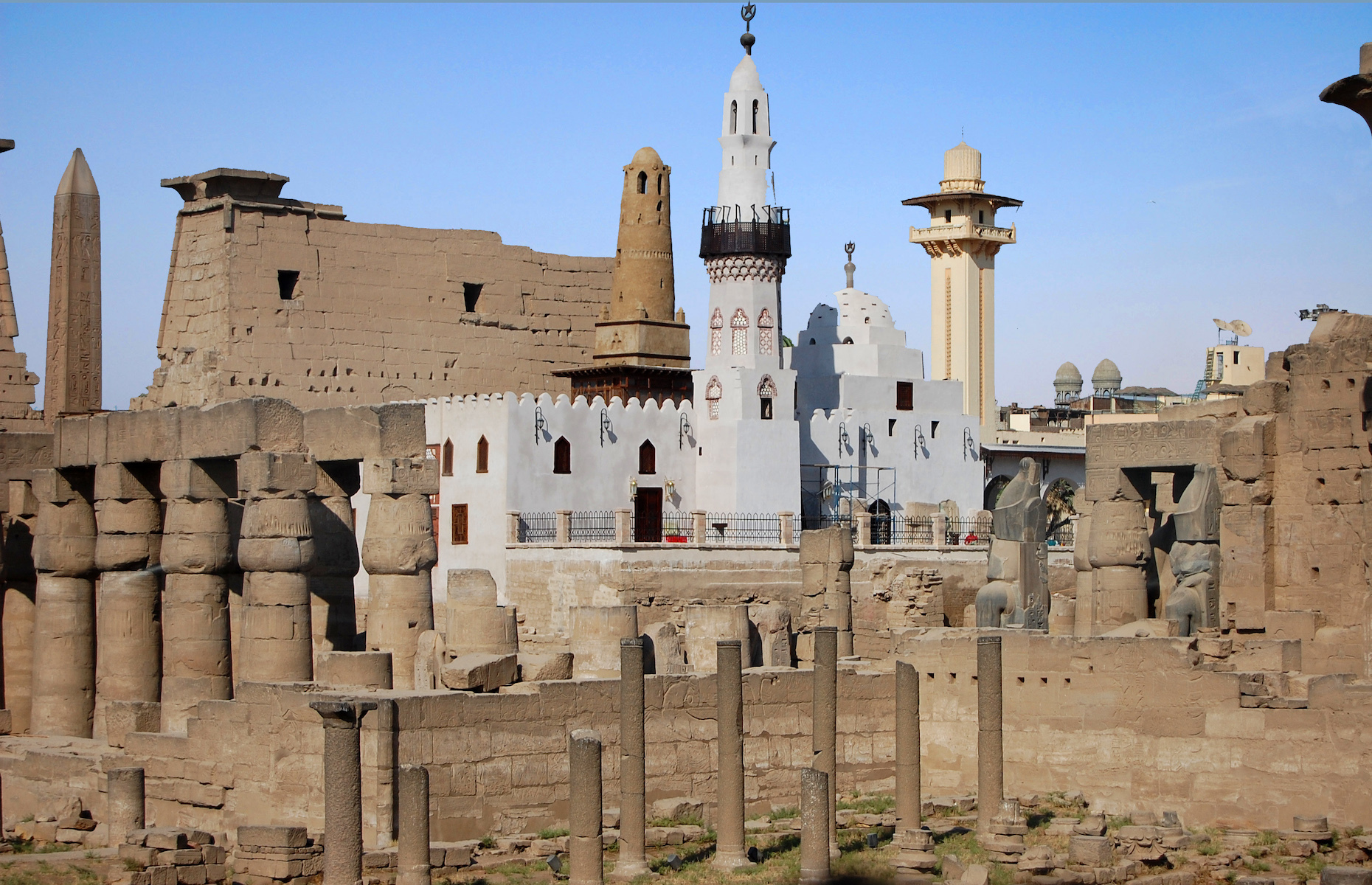
7 – Luxor, Egypt
8 – lima, peru.
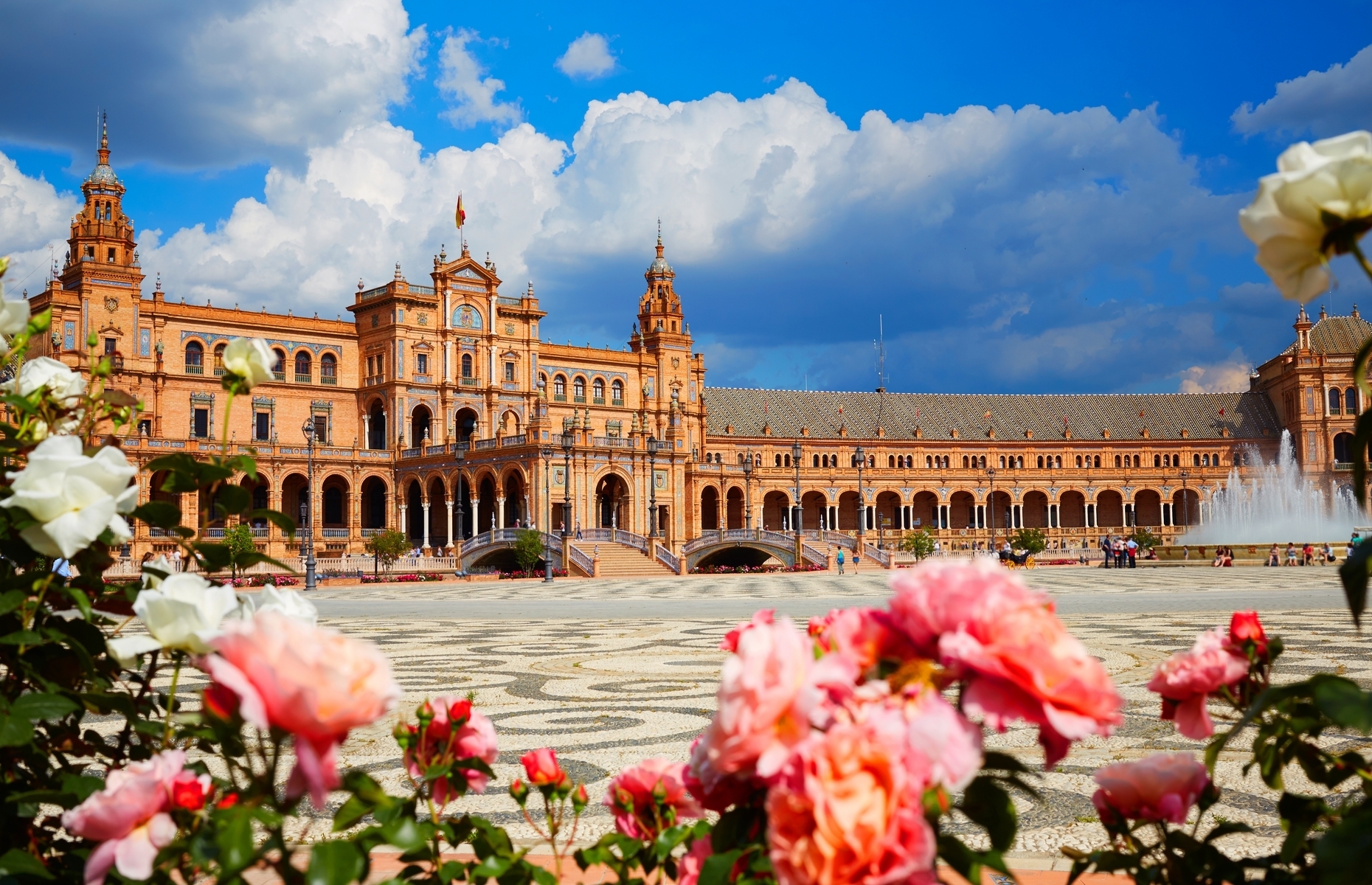
9 – Seville, Spain
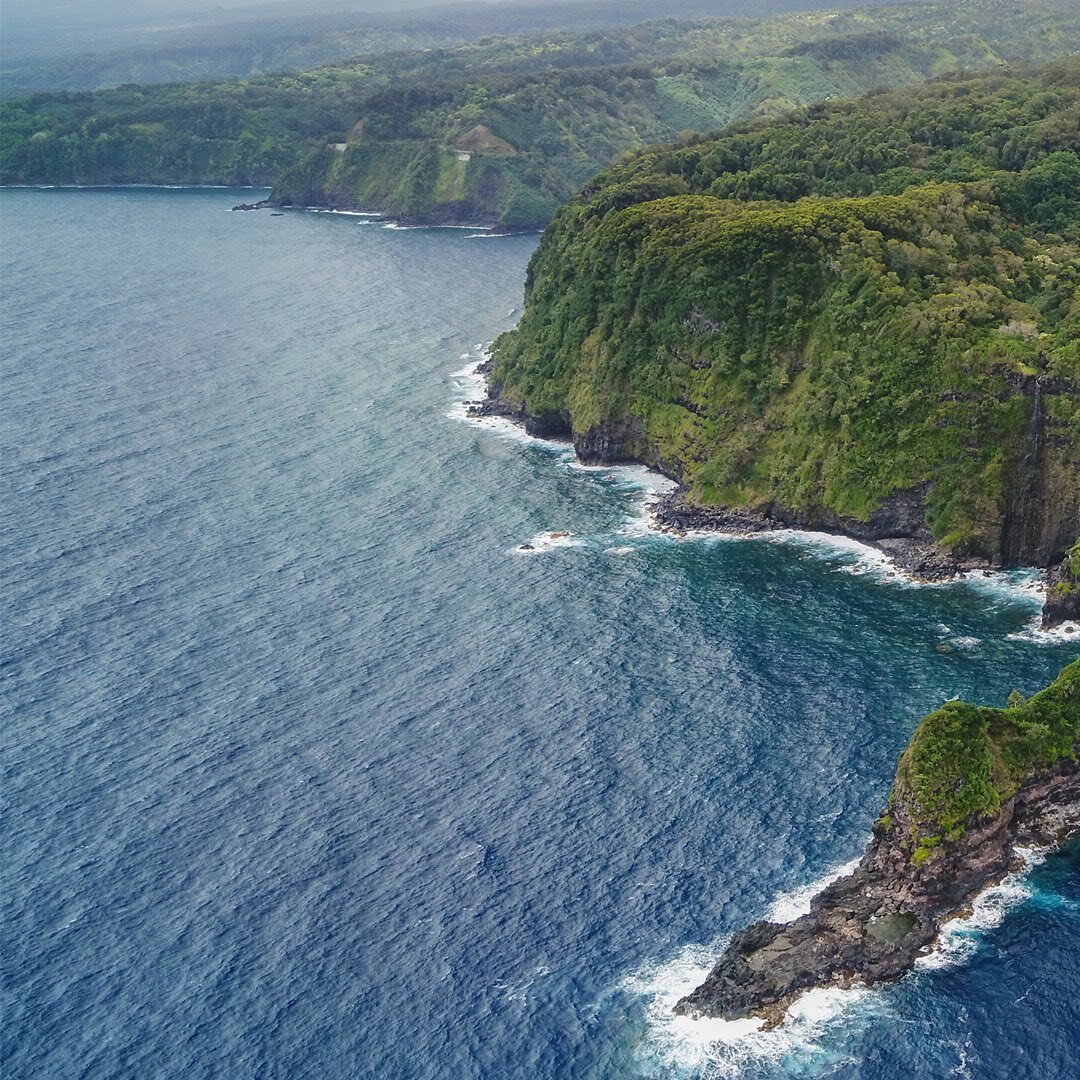
10 – Maui, Hawaii, USA
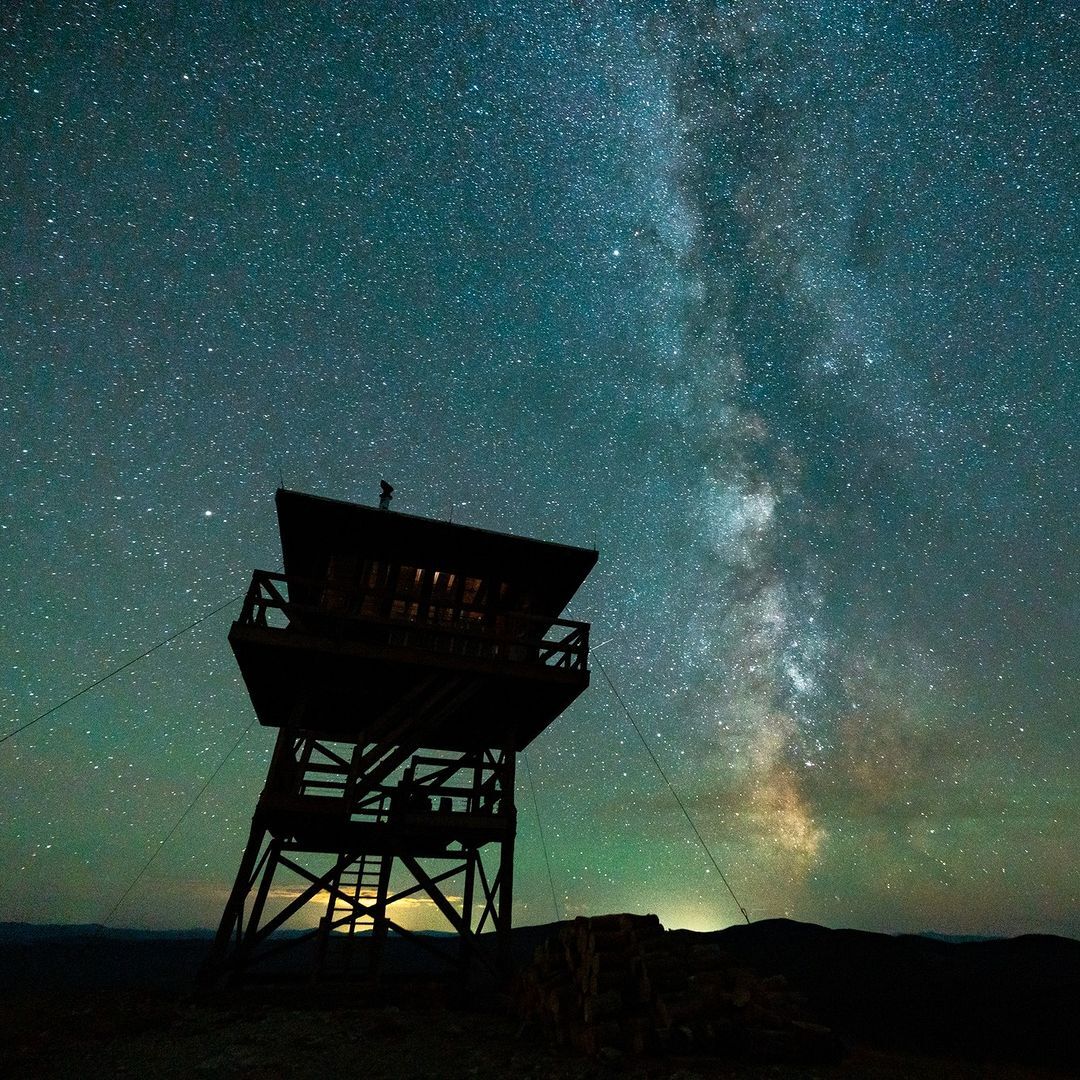
11 – Montana, USA

12 – Nordland, Norway
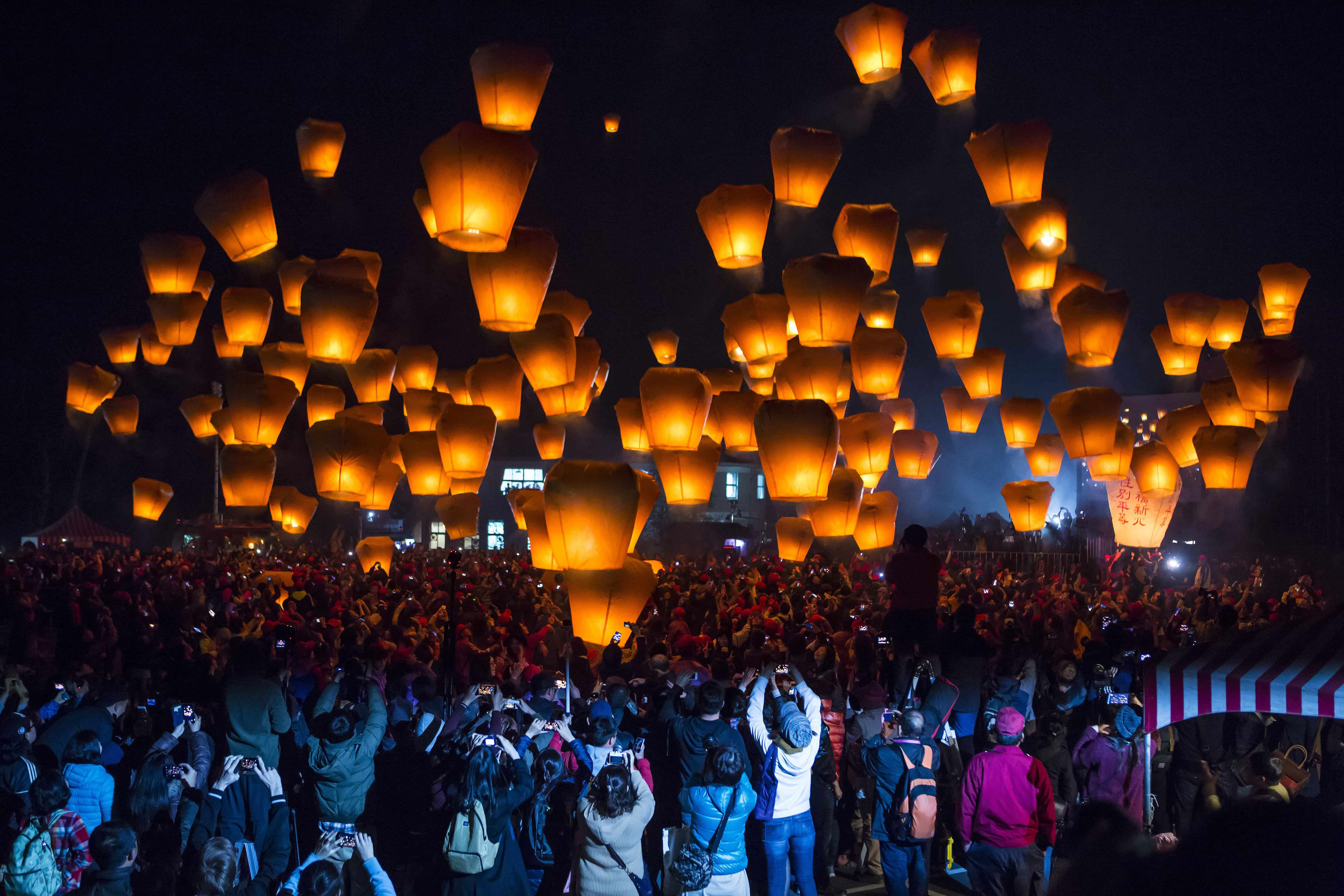
13 – Tainan, Taiwan
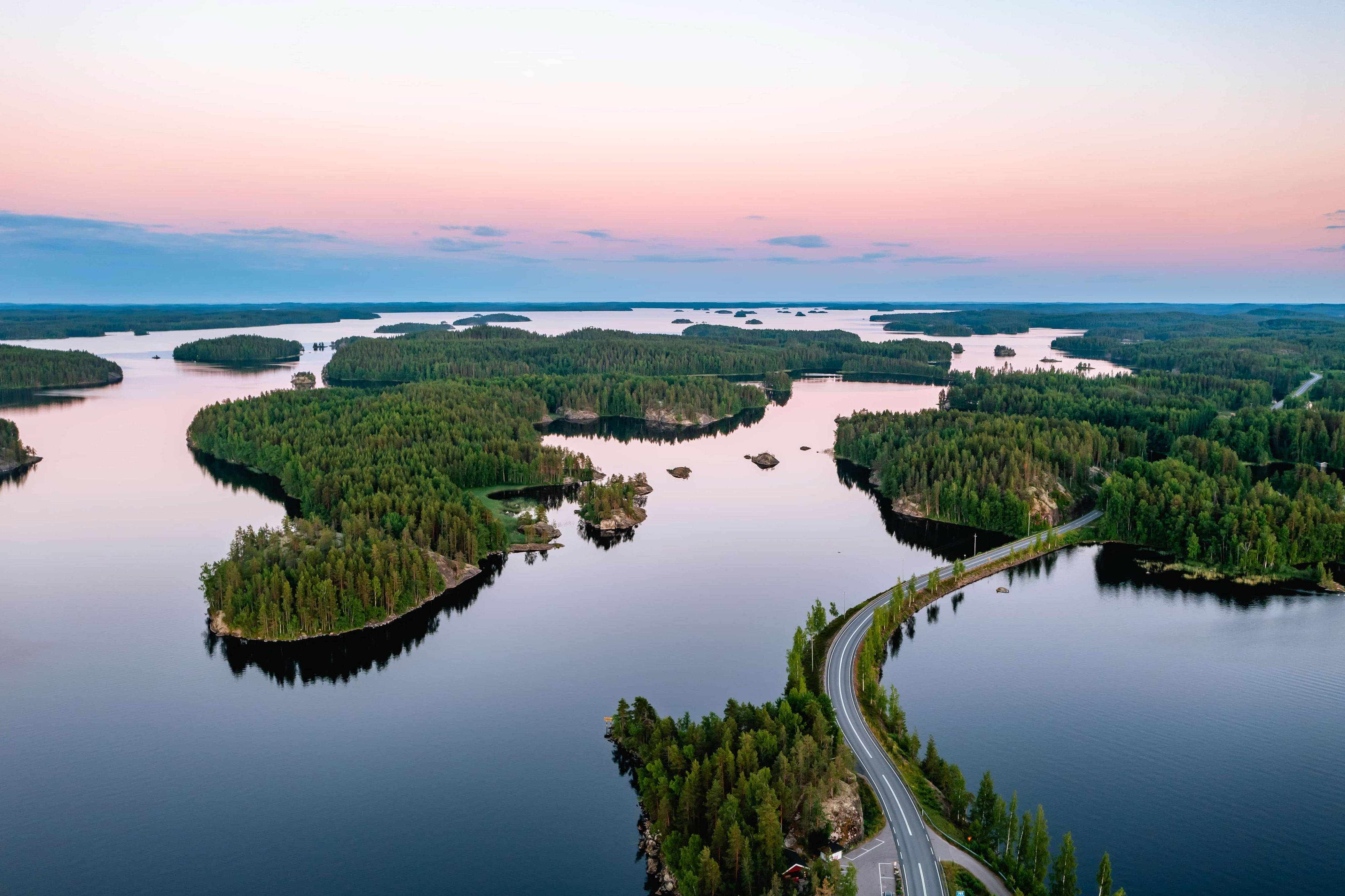
14 – Saimaa, Finland
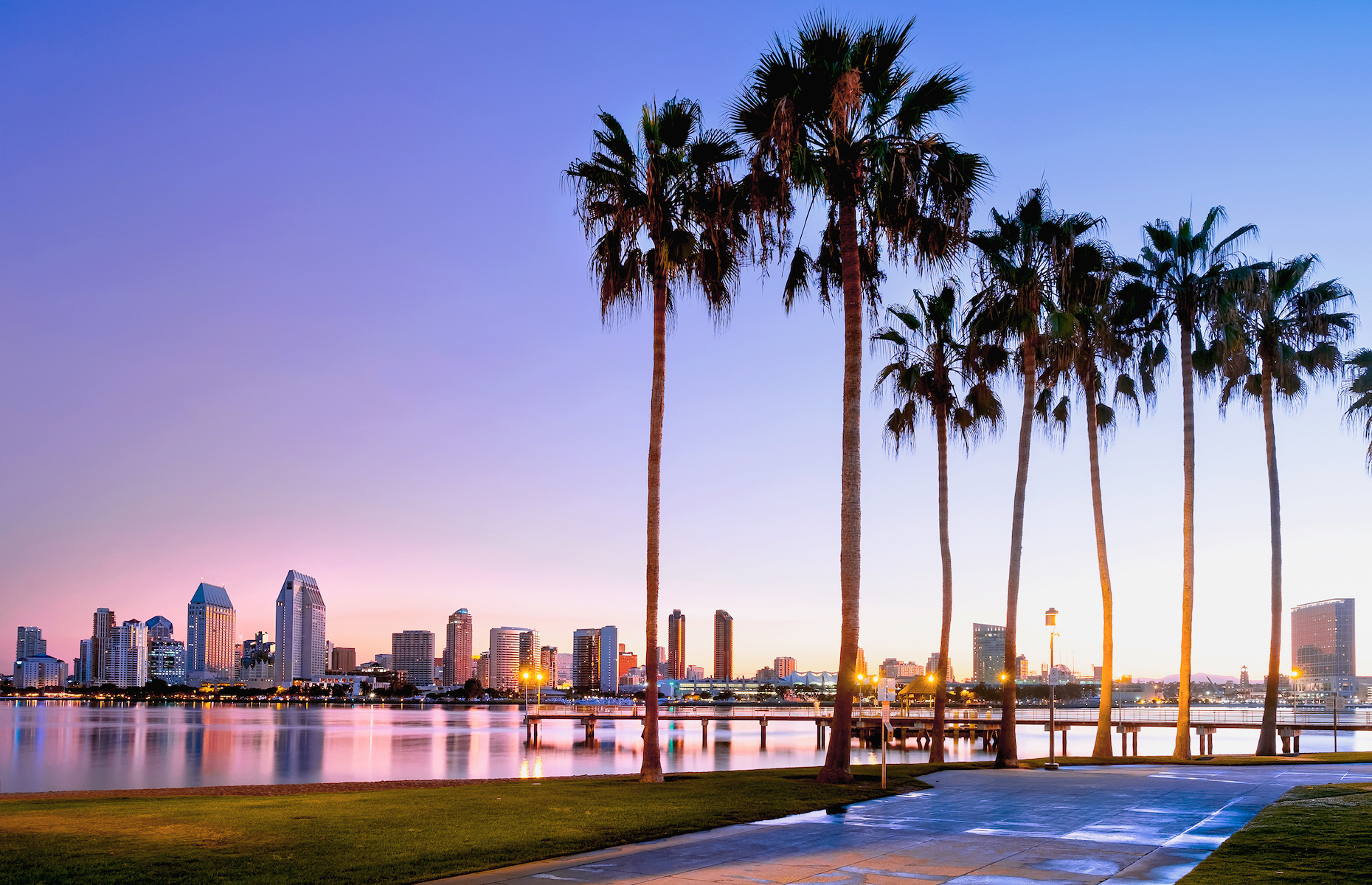
15 – San Diego, California, USA
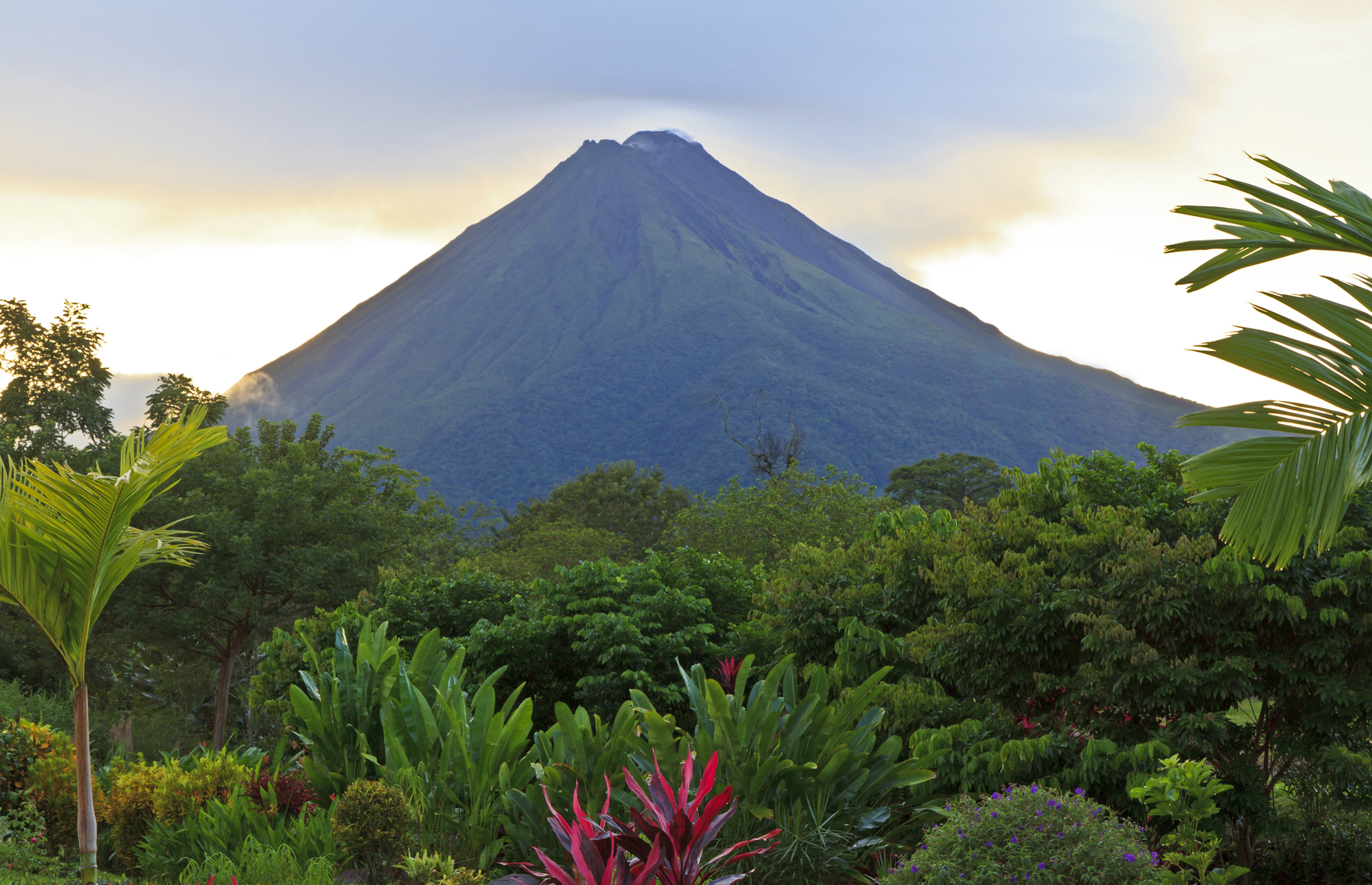
16 – Costa Rica

17 – Seoul, South Korea

18 – Quito, Ecuador
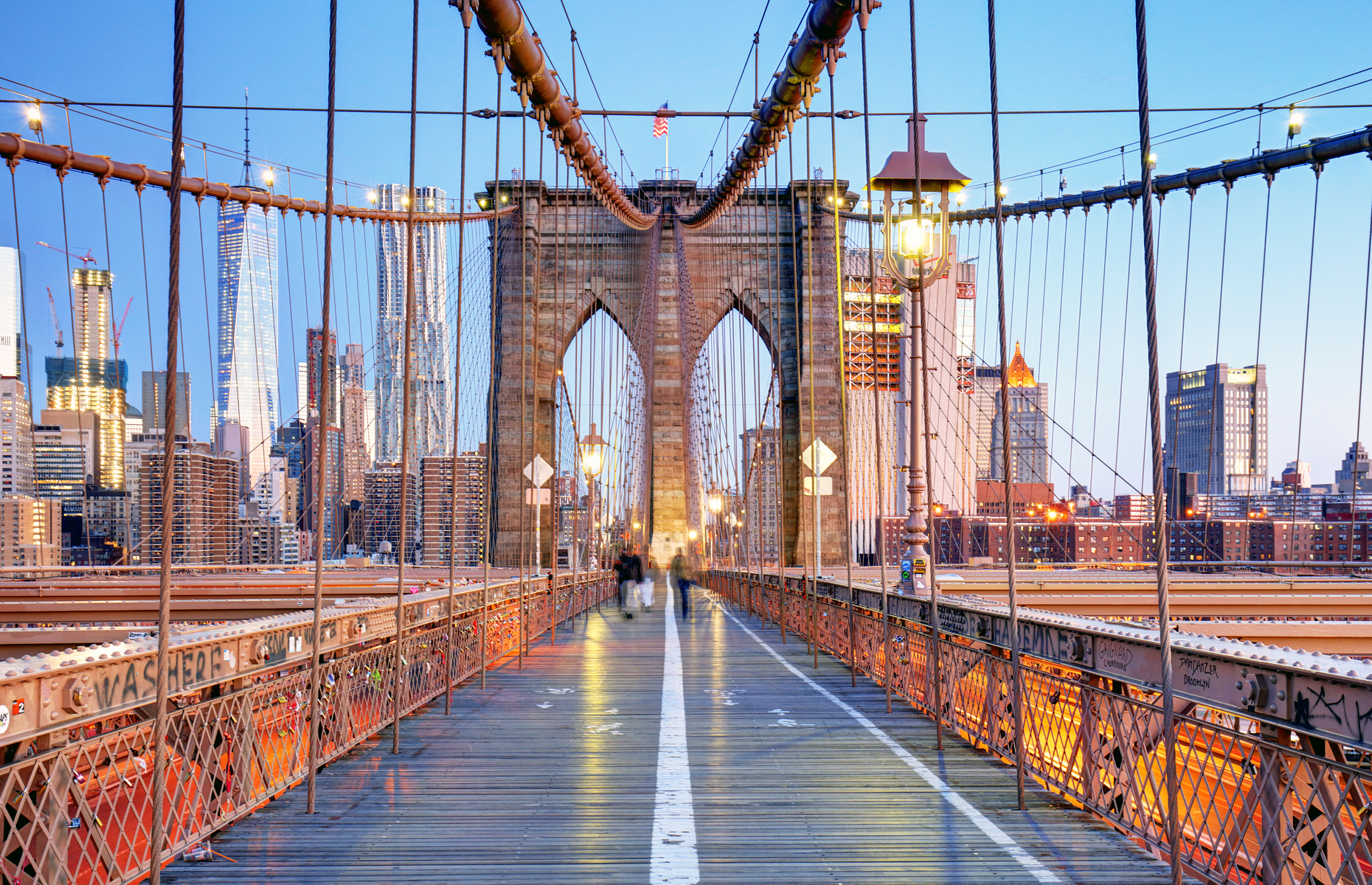
19 – New York City, USA
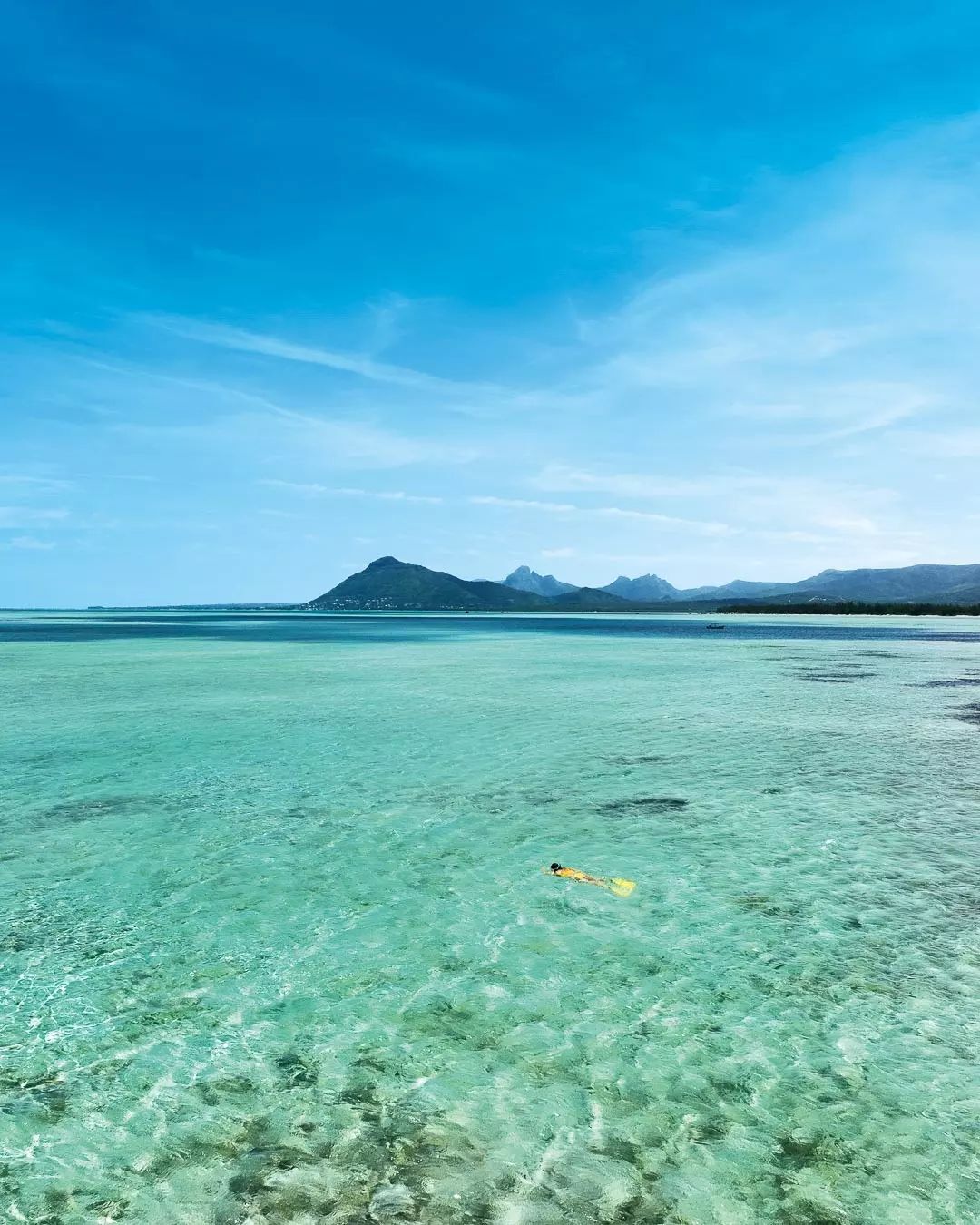
20 – Mauritius
More for you.
Netflix’s 10 most-watched shows right now – and one still reigns supreme
20 animated films that viewers found super scary
O'Callaghan beats red-hot 100m freestyle field
Labor made decisions which ‘pushed up’ supermarket prices
‘I felt very out of control’: Lanning reveals reason for early retirement
2024 Toyota LandCruiser Prado: New details for Australia
Doctor shares what happens to our bodies moments before we die
Police crack down on rioters following terrorist attack
25 movies that definitely did not need a sequel
Rules of Golf Review: I know I saw his golf ball move when he removed that pine straw. Why wasn't he penalized?
‘No test for ADHD’: Screen time a possible factor for children showing symptoms
Is passive vaping a hidden risk to the public? Here's what the experts know so far
Matildas star to train with men’s team in bid to cap striking comeback at Olympics
Ease your arachnophobia as we bust common spider myths — from funnel-webs to white-tails
Mayorkas impeachment goes down in flames while Mike Johnson’s Ukrainian headache persists
20 films that spawned unexpected franchises
China responds to Australia's increased defence spending
How many litres of water should you drink a day and does tea count?
WADA makes drug testing changes after Bol ‘disaster’
Mainstream NDIS providers failed Will, so he built his own support service for neurodiverse people to game together

- Kindle Store
- Kindle eBooks
Promotions apply when you purchase
These promotions will be applied to this item:
Some promotions may be combined; others are not eligible to be combined with other offers. For details, please see the Terms & Conditions associated with these promotions.

Download the free Kindle app and start reading Kindle books instantly on your smartphone, tablet, or computer - no Kindle device required .
Read instantly on your browser with Kindle for Web.
Using your mobile phone camera - scan the code below and download the Kindle app.

Image Unavailable

- To view this video download Flash Player
Follow the author

Peru travel guide 2024: Peru hiking. Lima, Machu Picchu, Colca Canyon, Cusco book, Inca trail. Kindle Edition
- You find all the information which you need for your two to three weeks trip to Peru compact in this book . Of course, you can also use it as a Lima travel guide or Machu Picchu travel guide. You won’t need any other source of information and you can plan your individual journey filled with the highlights of Peru.
- I tried all the sights and activities myself. In detail, I describe how I did it so that you can visit the sights on your own and can save a lot of money that way. For example, you learn how to travel by public transport where it’s possible, where to take a surf lesson, and how to avoid altitude sickness in Peru’s mountains.
- At the end, you find a stunning travel diary , crafted to lovingly capture the cherished moments and unforgettable souvenirs from your travels
- This travel guide will inspire you and inform you about secret spots which you don’t want to miss and amazing hikes that you can take in Peru.
- It doesn’t have any extra weight as you can comfortably carry it on your phone or e-reader.
- It is the best DIY travel guide for Peru.
★★★ What „I love Peru“ offers you:
This travel guide should make the most beautiful spots in Peru accessible for individual tourists. All this in an affordable way and even with COVID travel restrictions or if you have concerns about safety in Peru. You find out how you get to your desired point of interest on your own. For example, what is the easiest option to visit Machu Picchu ? Which are the best hikes in Huaraz or the Colca Canyon and where can I cycle in the desert along the ocean or climb a sand dune ? Which Peruvian food do I need to try and what are the „must-dos“ in Cusco, Lima, Mancora , or the Sacred Valley ? „I love Peru“ will answer those and many more questions.
In this Peru guidebook, you find my personal experiences of my trips to Arequipa, Huacachina, Paracas, Huanchaco, Lima, Cusco, and Machu Picchu. Relax at white beaches, enjoy spectacular views, swim in pristine (ice-cold) mountain lagunas, eat delicious, fresh ceviche, and take pictures of the most famous ruins in the world. ★★★ The most interesting ruins „I love Peru“ includes several amazing Inca ruins that you can visit so that you surely will feel satisfied, when strolling through breathtaking Machu Picchu, Pisac, or Chan Chan. Also, you will know which is the best ticket for you to buy and where to purchase it. ★★★ How to plan a hike on your own You learn about the hikes that you can do on your own in Peru. Some even follow Inca trails and you don’t necessarily have to do an expensive guided Inca trail hike. More information about other countries you find on my blog: www.swissmissontour.com
►►►As a bonus if you buy „I love Peru“ you receive a packing list and the highlights of my „I love Thailand“ -travel guide. ◄◄◄
E-book-categories:
- Peru hiking - Guide to Peru - Peru guide book - Cusco book - Peruvian food book - swissmissontour - swissmiss ontour - travel guide Peru 2024
- Print length 115 pages
- Language English
- Sticky notes On Kindle Scribe
- Publication date March 13, 2022
- File size 7309 KB
- Page Flip Enabled
- Word Wise Enabled
- Enhanced typesetting Enabled
- See all details
Customers who bought this item also bought

From the Publisher

Why SwissMissOnTour?
- You learn how you can get to your desired sights without a tour. For example, how can you visit Machu Picchu ?
- Where are the most beautiful lagunas or the most spectacular views ?
- How can you do the best hikes on your own?
- Which Peruvian delicacies do you have to try?
- What are the „must-dos“ in Lima, Huaraz, or Huacachina ?
„I love Peru“ will answer you those and many more questions.
Book description (second edition 2024)
Peru travel guidebook.
Why should I buy this Peru travel guide instead of any other?
You find all the information you need for your two to three-weeks trip in Peru compact in this book . Of course, you can also use the guide for city trips in Lima, Cuco, or Arequipa .
Plan your own journey filled with the highlights of Peru.
In addition, this guidebook is very light, since you can also comfortably bring it along on your phone or e-reader.
- I tried all activities and visited the sights myself. I describe in great detail how you can get there or do it yourself and therefore you can save a lot of money.
- For example you will learn how to ride the bus safely, where you can dance Salsa or where you find the prettiest Inka ruins.
- It will make planning your individual trip easy.
Your travel support - Plan your dream journey carefree
Helpful know-how for your journey.

About the author of this travel guide
Swissmiss onTour / S. L. Giger grew up in St. Gallen in Switzerland and attended school there all the way through her master’s degree in becoming a high school teacher. With 16, she was able to spend an awesome exchange year in Rhinebeck, New York, where her love for the English language fully awakened. Since then, she has been writing her books in English and later translating them into German. Apart from traveling SwissMiss on Tour loves salsa dancing, surfing, scuba diving, and chocolate. She uses every free minute to explore the world - be it near or far. That's why it was natural to start writing travel guides under her brand Swissmissontour. Up to now she has published 16 travel guides and feels very lucky that she has been able to see so much of the world. More travel guide books will follow.
Product details
- ASIN : B09TQ2N2CC
- Publisher : (March 13, 2022)
- Publication date : March 13, 2022
- Language : English
- File size : 7309 KB
- Simultaneous device usage : Unlimited
- Text-to-Speech : Enabled
- Screen Reader : Supported
- Enhanced typesetting : Enabled
- X-Ray : Not Enabled
- Word Wise : Enabled
- Sticky notes : On Kindle Scribe
- Print length : 115 pages
- Page numbers source ISBN : B09TMWJYFT
- #1 in Peru Travel
- #8 in Solo Travel
- #12 in Budget Travel
About the author
Swissmiss ontour.
Seraina loves salsa dancing, surfing, scuba diving, writing, and chocolate. She uses every free minute to explore the world - be it near or far. The world has something in common: lovely people, delicious food, and beautiful places. But because that's so different everywhere, her list of places she wants to visit grows by two places with every stop that she hast ticked off.
With 16, she was able to spend an awesome exchange year in Rhinebeck, New York, where her love for the English language fully awakened. Since then, she always writes her novels and travel guides in English and later translates her books into German. She first published a fantasy series under the name S. L. Giger and after that it was natural to start writing travel guides under her brand Swissmissontour. Up to now she has published 16 travel guides and feels very lucky that she has been able to see so much of the world. More travel guide books will follow.
Customer reviews
Customer Reviews, including Product Star Ratings help customers to learn more about the product and decide whether it is the right product for them.
To calculate the overall star rating and percentage breakdown by star, we don’t use a simple average. Instead, our system considers things like how recent a review is and if the reviewer bought the item on Amazon. It also analyzed reviews to verify trustworthiness.
- Sort reviews by Top reviews Most recent Top reviews
Top reviews from the United States
There was a problem filtering reviews right now. please try again later..
Top reviews from other countries
- Amazon Newsletter
- About Amazon
- Accessibility
- Sustainability
- Press Center
- Investor Relations
- Amazon Devices
- Amazon Science
- Sell on Amazon
- Sell apps on Amazon
- Supply to Amazon
- Protect & Build Your Brand
- Become an Affiliate
- Become a Delivery Driver
- Start a Package Delivery Business
- Advertise Your Products
- Self-Publish with Us
- Become an Amazon Hub Partner
- › See More Ways to Make Money
- Amazon Visa
- Amazon Store Card
- Amazon Secured Card
- Amazon Business Card
- Shop with Points
- Credit Card Marketplace
- Reload Your Balance
- Amazon Currency Converter
- Your Account
- Your Orders
- Shipping Rates & Policies
- Amazon Prime
- Returns & Replacements
- Manage Your Content and Devices
- Recalls and Product Safety Alerts
- Conditions of Use
- Privacy Notice
- Consumer Health Data Privacy Disclosure
- Your Ads Privacy Choices
- Book a Flight
- Manage Reservations
- Explore Destinations
- Flight Schedules
- Track Checked Bags
- International Travel
- Flight Offers
- Low Fare Calendar
- Upgrade My Flight
- Add EarlyBird Check-In
- Check Travel Funds
- Buy Carbon Offsets
- Flying with Southwest
- Book a Hotel
- Redeem Points for Hotels
- More Than Hotels
- Hotel Offers
- Best Rate Guarantee
- Rapid Rewards Partners
- Book a Vacation Package
- Manage My Vacation
- Vacation Package Offers
- Vacation Destinations
- Why Book With Us?
- FLIGHT STATUS
- CHANGE FLIGHT

Enter code SAVE25NOW in the Promo Code box when booking. Offer is valid only for continental U.S. flights. The 25 percent promotion code savings are valid for one-way or round trip Wanna Get Away® and Wanna Get Away Plus® fares booked with Rapid Rewards points during the Booking Period, flown during the Travel Period, and are applied before taxes and fees. Seats and days are limited. Savings are reflected in the price when entering the multiuse code SAVE25NOW in the Promo Code box on Southwest.com and swabiz.com. This discount is only available through Southwest.com and swabiz.com. Discount is valid on new reservations only. Discount will apply only for flights booked during the Booking Period and flown on the dates within the Travel Period. If one segment of the trip is outside the Travel Period and one is within the Travel Period, only the portion of travel falling within the Travel Period will be discounted. Changes made to the itinerary after purchase will eliminate qualification for this promotion. The discount is only valid with the provided promotion code and is not combinable with other promotion codes or fares. All reward travel is subject to taxes, fees, and other government or airport-imposed charges of at least $5.60 per one-way trip. Applicable taxes, fees, and other government or airport-imposed charges can vary significantly based on your arrival and departure destination. The payment of any taxes, fees, and other government or airport-imposed charges is the responsibility of the Passenger and must be paid at the time reward travel is booked with a credit card, flight credit, or Southwest gift card. When traveling on reward travel, you will receive all fare product features except for earning Rapid Rewards points. Any change in itinerary may result in an increase in points used. Points bookings are subject to change until ticketed. If you cancel your reservation at least ten (10) minutes prior to the scheduled departure of your flight, any remaining unused points will be returned to your Rapid Rewards account. All Rapid Rewards rules and regulations apply and can be found at Southwest.com/rrterms . Offer is not redeemable for cash, and may not be used in conjunction with other special offers, or toward the purchase of a gift card or previously booked flight, or changed to a previously booked flight. Discount is not valid on group travel, Southwest Vacations®, and government fares.
Help Center
- Terms & Conditions
- Privacy Policy
- Do Not Sell/Share My Info
© 2024 Southwest Airlines Co. All Rights Reserved.

IMAGES
VIDEO
COMMENTS
Getting to and from the airport is best done via a ride-hailing app, shuttle, or with a private taxi service arranged by your hotel. Depending on traffic, the airport is about 40 to 60 minutes from the most touristy districts in Lima. Keep in mind that rush hour is generally from 7:30 a.m. to 10 a.m. and 5 p.m. to 8 p.m.
Lonely Planet: The world's leading travel guide publisher. Lonely Planet Best of Peru is your passport to Peru's top sights and most authentic experiences. Scale the heights of Machu Picchu; puzzle over the Nazca Lines; or visit the sweltering, seductive Amazon Basin, all with your trusted travel companion. Offering visually-inspiring content ...
Lima, with a population greater than that of the state of Michigan, is a perfect venue for a first adventure into a Latin mega-city. With great detail, the author walks you through everything - step-by-step: from how to exit the airport, to using local buses, With the book's series of walking tours, the reader can spend several engaging days ...
Budget Travel. Love Lima for less: how to stretch your budget in the Peruvian capital. Dec 12, 2023 • 5 min read. Head to the market. Work out by the seafront. Take the bus. ... Book popular activities in Lima. Guidebooks Purchase our award-winning guidebooks. Get to the heart of Lima with one of our in-depth, award-winning guidebooks ...
Best Time to Visit. It is best to visit Lima during its summer season, between December and April. Lima in the summer is sunny, and with temperatures in the 70s and 80s (roughly 21°C to 30°C), you can visit the parks, beaches, and historic districts with ease - and fully enjoy a refreshing, citrusy ceviche lunch.
Published Nov. 1, 2023 Updated Jan. 2, 2024. Raphaelle Macaron. Read Your Way Around the World is a series exploring the globe through books. When I was born, in 1946, Lima was home to 640,000 ...
Lima in 3 days is the best guide for you if you only have a few days to spend in the City of Kings. We will include: • Choosing a hotel • The currency you will need • How to exchange currency • Getting around via taxi and public transport • The must-see attractions you won't want to miss • Dining choices in many cuisines and price ranges - some of the restaurants are ranked ...
Get information on Lima Travel Guide - Expert Picks for your Vacation hotels, restaurants, entertainment, shopping, sightseeing, and activities. Read the Fodor's reviews, or post your own.
Lonely Planet's Peru is your passport to the most relevant, up-to-date advice on what to see and skip, and what hidden discoveries await you. Explore the ancient Inca citadel of Machu Picchu, hike to the dramatic peaks of the Cordillera Blanca, and traverse three climatic zones in the Amazonian Parque Nacional Manu; al
5 best books for traveling to Lima, Peru. Explore the vibrant cityscape of Lima, nestling between the azure Pacific and the rolling Andean foothills. Each turn of a page leads you down a cobblestone alley, through a bustling mercado, and into the intricate history that shapes this Peruvian gem.
Lonely Planet - Peru Country Guide. Price: US$ 23.99 (7 th Edition) ISBN: 9781741790146. Last edition: April 2010. Our Rating: 7 /10. Founded in 1972 the Lonely Planet is one of the best known travel associations, and is the world's largest travel guide book publisher in the world. With over 500 titles in 8 languages they are considered the ...
Address: Av. Paz Soldan 290, San Isidro, Lima Peru Phone: +51 1 442 2775 Website. If you think of ceviche when you think of Peru, you partially have the chefs who started and still run Astrid y ...
Our Lima travel guide includes the best things to do in Peru's capital, top attractions, activities, how to get, tours, and tips on accommodation. Our first impressions of Lima were a little bit mixed, but there is no denying that the capital city of Peru has its charm. With 9 - 10 million inhabitants, Lima is after Sao Paulo, the second ...
Discover the best books in Amazon Best Sellers. Find the top 100 most popular Amazon books. Skip to main content.us. Delivering to Lebanon 66952 Update location ... Lima Travel Guide 2023-2024: Your Comprehensive Handbook For An Unforgettable First Time Visit To The Latin Mega City.
The book also covers Peru's vibrant coastal capital city of Lima as well as the blend of Incan and Spanish colonial influences in timeless Cusco. ... There's a reason Frommer's has been the most trusted name in travel for more than 60 years. Arthur Frommer created the best-selling guide series in 1957 to help American servicemen fulfill ...
Here are six books set in Peru that took us to all these wonders on the page: two memoirs that illuminate Peru's enchanted landscapes, two cookbooks that explore the culture and fusion cuisine, a detailed account of Incas vs. conquistadors, and a gorgeous novel of friendship and adventure. To hear us discuss these books and more, listen to ...
Seafood is particularly good in Lima, with ceviche - raw fish or seafood marinated in lime juice and served in dozens of possible formulas with onions, chillis, sweetcorn and sweet potatoes - a must-try. Chorros a la Chalaca. These spicy mussels are best sampled near the port area of Callao. Cabrito a la Norteña.
Published by DK Eyewitness Travel. RRP: $25.00. Buy from Amazon. Buy from Barnes & Noble. Buy from Bookshop.org. Buy from Books-A-Million. Buy from IndieBound. ISBN: 9780241368800 Size: 215 x 127 mm Pages: 288 Published: 21 May 2019.
The Inca Empire and Its Andean Origins by Craig Morris and Adriana Von Hagen is a photographic coffee table book that you can revel in before or after the trip, it is probably too big to take with you. Another historical text is The Peru Reader: History, Culture, Politics by Orin Starn. It gives a good introduction to the country's political ...
7. Hike along the Lomas de Lúcumo. This is an absolute must for nature lovers, photographers or those looking for a nice day trip out of Lima. The Lomas de Lúcumo are a series of hills that are located roughly 40 km from the historic centre of Lima and are known for their incredible green foliage.
Avenida Malecon de la Reserva 610, Store Number 127 (Miraflores) Phone: (511) 242-6777. Hours of attention: Monday to Sunday 10am - 10pm. This is by far my favorite book store in Lima. It is located inside Larcomar in Miraflores. It carries a good number of books written in English about Peru covering diverse topics like Peruvian History ...
Putnam County Municipal Court dispositions. April 1. Alexis Rivera, 41, Lima, pleaded guilty to OVI. Sentence: 180 days jail, 177 days suspended, $750 fine, $375 suspended, one year license ...
Lima Travel Guide is the best source of information on the market for visiting the City of Kings (La Ciudad de Los Reyes). The book's tourism recommendations include all the must-see destinations as well as off-the-beaten-path options, including three walking tours and a bike tour with detailed instructions and links to the routes on Google Maps.
April 17, 2024. LIMA — The Lima school board will meet in special session at 4 p.m. Thursday, April 18, to hire Darnell Collins as the new principal for Lima Senior High School. The meeting will ...
April 17, 2024. WASHINGTON — The Senate has dismissed all impeachment charges against Homeland Security Secretary Alejandro Mayorkas, ending the House Republican push to remove the Cabinet ...
1 - Paris, France. One of the most visited cities in the world, Paris draws in millions of tourists every year in search of world-class art, food, and fashion, from the Louvre to the Champs ...
Book description (second edition 2024) Peru travel guidebook . Why should I buy this Peru travel guide instead of any other?. You find all the information you need for your two to three-weeks trip in Peru compact in this book.Of course, you can also use the guide for city trips in Lima, Cuco, or Arequipa.. Plan your own journey filled with the highlights of Peru.
Here's an example. The InterContinental Miami charges $369 per night (plus a $37.29 fee at check-in) when you book directly. Breakdown for a stay at the InterContinental Miami by booking ...
Lima Fire Chief Andy Heffner talks to the Council of the Whole at a meeting Monday night about the possibility of the city hiring new police and fire chiefs from other locations. LIMA — Lima ...
Terms and conditions. Book a Southwest ® flight on Southwest.com or swabiz.com using your Rapid Rewards® points from April 12 through April 15, 2024 (the "Booking Period") and receive 25 percent off when you fly between April 12-September 30, 2024 with travel blacked out May 23, May 24, May 27, July 7, July 14, July 21, and July 28, 2024 (the "Travel Period").